No risk to farmer control of Fonterra

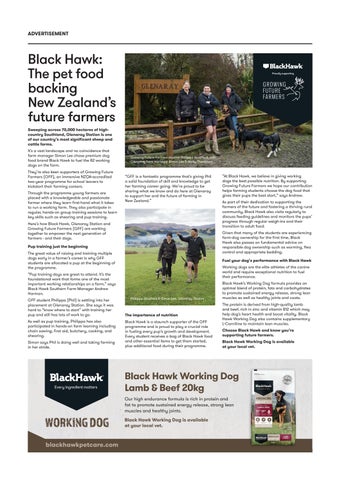

FARMERS are calling for a review of methane targets, citing a new report that shows current goals unfairly burden the livestock industry and do not reflect methane’s warming impact.
The report, from the universities of Oxford and Cranfield, also calculates that current methane targets could offset all of New Zealand’s expected additional warming from carbon dioxide and nitrous oxide up to 2050.
They would also mean NZ would hit peak warming in the 2030s before reversing back down to 2022-27 levels.
Commissioned by Beef + Lamb NZ (BLNZ), DairyNZ and Federated Farmers, the report is an opening shot to ensure the Climate Change Commission includes emission targets as part of its overall review in 2024.

“The logic behind that is that science is evolving all the time and this report says if you look at methane and its contribution to warming and if you look at our existing targets, farmers are being asked to do more than what is equitable,” DairyNZ chair Jim van der Poel said.
Farming leaders said the report reflects advances in climate
science. Current methane targets were established in 2019 and set a 24-47% reduction range target relative to 2017 levels, to be reached by 2050.
This latest study says that the effects on global warming from meeting those targets mean farmers are being asked to do more than their fair share.
Depending on whether other countries meet their existing methane reduction commitments, it says, NZ may only require a 15% reduction in methane, which would not contribute to additional warming above 2020 levels.
But if other countries significantly increase their methane reduction goals, NZ may have to reduce its emissions by up to 27%.
“This is significantly lower than the current methane reduction range of 24-47% and demonstrates the importance of taking a warming-centred approach to emissions reduction,” BLNZ chair Kate Acland said.
Said Van der Poel: “The report tells us that the current reduction targets could see methane offset all of the expected additional warming from carbon dioxide and nitrous oxide from the entire NZ economy.”
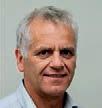
He said that both major political parties have committed to meet
Continued page 3


At the age of just 14, North Canterbury’s Pieta Sidey has her own sheep stud and is thriving on being a young farming female.


PEOPLE 20
Plans are afoot to develop a super sheep that can withstand climate change.
NEWS 5
Annette Scott
A rash of rural mail thefts around Bay of Plenty prompted rural mail contractor Mark Duytshoff, left, and MailNox developer Nick Deane to come up with a high-tech response to try to stem losses from letterboxes.
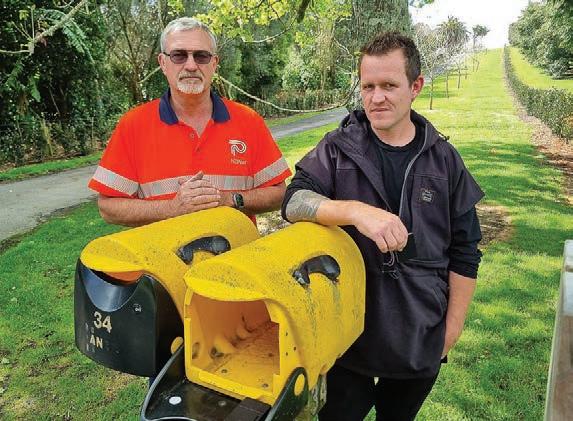
TECHNOLOGY 4
The race is on to snare Northland seats in next month’s general election.

POLITICS 6
Does agriculture suffer from an over-reliance on data, asks John King.
OPINION 18
Bryan Gibson | 06 323 1519
Managing Editor bryan.gibson@agrihq.co.nz
Craig Page | 03 470 2469 Deputy Editor craig.page@agrihq.co.nz
Claire Robertson
Sub-Editor claire.robertson@agrihq.co.nz
Neal Wallace | 03 474 9240
Journalist neal.wallace@agrihq.co.nz
Gerald Piddock | 027 486 8346
Journalist gerald.piddock@agrihq.co.nz
Annette Scott | 021 908 400
Journalist annette.scott@agrihq.co.nz
Hugh Stringleman | 09 432 8594
Journalist hugh.stringleman@agrihq.co.nz
Richard Rennie | 027 475 4256
Journalist richard.rennie@agrihq.co.nz
Nigel Stirling | 021 136 5570
Journalist nigel.g.stirling@gmail.com
PRODUCTION
Lana Kieselbach | 027 739 4295 production@agrihq.co.nz
ADVERTISING MATERIAL
Supply to: adcopy@agrihq.co.nz
SUBSCRIPTIONS
0800 85 25 80 subs@agrihq.co.nz




PRINTER
Printed by Stuff Ltd
Delivered by Reach Media Ltd
Andy Whitson | 027 626 2269 Sales & Marketing Manager andy.whitson@agrihq.co.nz
Steve McLaren | 027 205 1456 Auckland/Northland Partnership Manager steve.mclaren@agrihq.co.nz
Jody Anderson | 027 474 6094 Waikato/Bay of Plenty Partnership Manager jody.anderson@agrihq.co.nz
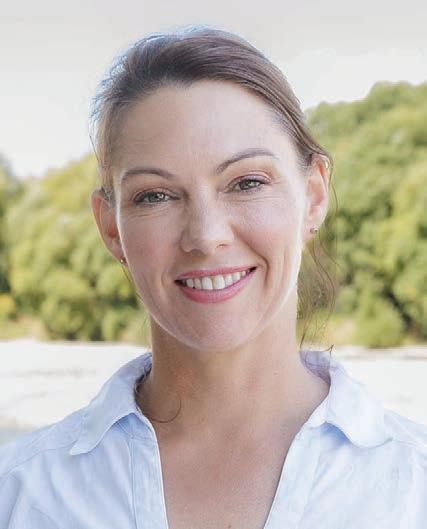
Palak Arora | 027 474 6095 Lower North Island Partnership Manager palak.arora@agrihq.co.nz
Omid Rafyee | 027 474 6091 South Island Partnership Manager omid.rafyee@agrihq.co.nz
Debbie Brown | 06 323 0765 Marketplace Partnership Manager classifieds@agrihq.co.nz
Andrea Mansfield | 027 602 4925 National Livestock Manager livestock@agrihq.co.nz
Real Estate | 0800 85 25 80 realestate@agrihq.co.nz
Word Only Advertising | 0800 85 25 80 Marketplace wordads@agrihq.co.nz
Dean and Cushla Williamson Phone: 027 323 9407 dean.williamson@agrihq.co.nz cushla.williamson@agrihq.co.nz
Farmers Weekly is Published by AgriHQ PO Box 529, Feilding 4740, New Zealand Phone: 0800 85 25 80 Website: www.farmersweekly.co.nz
ISSN 2463-6002 (Print) ISSN 2463-6010 (Online)
Food prices increased 8.9% in the year to August, heaping further pressure on households.
Despite a month-on-month decline between June and July, prices were again up this round, rising 0.5% between July and August. Statistics NZ said the largest group contributing to the increase was grocery food, up 10.6%. Fresh eggs, potato chips and six-pack yoghurts recorded the largest hikes within the group.
Simon Limmer, the chief executive of Silver Fern Farms, has resigned after five and a half years in the job.
He will stay in the role during the transition to a new chief executive. Limmer said after more than five years it is the right time to pursue his own business interests and pass the role onto someone with new energy.
Allied Farmers has declared an audited net profit after tax attributable to shareholders in the 2023 financial year to June 30 of $3.338 million, up 16% from the previous year.
The increased profit came from a 40% growth in contribution from NZ Farmers Livestock, of which listed rural investment company Allied Farmers has 67.8% ownership. The balance is owned by past and present agents and staff members.

Tony Aitken has been appointed group chief executive of rural trading company Ruralco.
Formerly general manager people and culture, Aitken took up the role of acting chief executive at the end of August following Rob Sharkie’s resignation from the role. Ruralco chair Sir David Carter said the board agreed to appoint Aitken to the chief executive position for a fixed term contract of 18 months.
Continued from page 1
the goals of the Paris Accord on climate change, so the issue is not going away, but NZ’s targets should reflect methane’s warming impact. The report contributes to a new approach to emissions management being advanced by the sector, Van der Poel said, in which farmers calculate their emissions and compare them to national targets before concluding whether there needs to be a price to lower emissions.
Acland said the calibre of the report’s authors gives the study enormous credibility.

“It reinforces the message that we have been giving, that we need to talk about warming effect,” she said.
NZ farmers should not be asked to do more than what other industries and other countries are doing, Acland said.
Federated Farmers president Wayne Langford said the report underpins the position advocated by farmers and farm lobby groups that emission targets should be reviewed based on science and warming potential.


He agreed that the calibre of scientists who authored the report gives it credibility.
“We can talk all we like as farmers in terms of targets, but what we really want is information based on science and this is what this report provides.”
It has even more significance after an impasse was reached in June on He Waka Eke Noa (HWEN), the joint industry-government plan to reduce agricultural greenhouse gases.
It also follows the government’s sudden release last month of an agricultural emissions policy, which caught the farming sector unaware.
The policy made some concessions to the original HWEN document, such as delaying the reporting and pricing of emissions.
But farming groups were critical of the lack of notice about its release, the lack of detail and what they saw as prioritising an emission’s price rather than getting measuring and reporting systems in place.


ANEW scientific report is advocating a change in the way methane is measured, to take account of its actual atmospheric warming.
The report, from climate change experts at the University of Oxford and Cranfield University in the United Kingdom, says that measuring the warming effect of each greenhouse gas (GHG) individually would be a more accurate way to gauge progress towards meeting the Paris Agreement’s goal of limiting warming to below 2degC.
The authors of the eight-month study, which was commissioned by Beef + Lamb NZ, DairyNZ and Federated Farmers, were asked to review current legislated methane targets and analyse what these targets, if achieved, would mean for New Zealand’s overall contribution to global warming.

The authors, Myles Allen, Jessica Zionts and Miyabi Barth from Oxford and Michelle Cain from Cranfield, were also asked to look at the contribution of the main gases emitted in NZ based on warming to date.
Finally, they were asked to run some scenarios on what reductions in methane would be required for it to add to no additional warming.
The authors said part of the issue is the use of the GWP100 (global warming potential) accounting metric, which has created “distorting incentives”.
“This is because the amount of global warming caused by shortlived GHGs is largely driven by their annual emissions rate (that
In the past decade, methane’s contribution to ongoing warming has reduced significantly, with emissions stable or declining.
is, the flow into the atmosphere of that gas).
“This contrasts with longlived GHGs such as CO2, as their contribution to global warming is dependent on the total cumulative emissions since preindustrialisation (that is, the stock of the gas in the atmosphere).”
The alternative GWP* metric is more appropriate as it measures the rate of change of short-lived GHG emissions.
Before 1990 methane accounted for nearly 60% of NZ’s contribution to global warming.
Since 1990, energy has overtaken it, and at 54% is now NZ’s largest contributor to global warming. Agriculture is at 37%.
“Of this, methane was responsible for just 16% and nitrous oxide 20% of the 37% contribution to warming from agriculture over this period,” the report says.
In the past decade, methane’s contribution to ongoing warming has reduced significantly, with emissions stable or declining.
With agriculture contributing 51% of current annual emissions as measured by GWP100, the authors note this is quite different to its contribution to warming. It reinforces the importance of taking a warming approach to managing emissions.
Under the NZ’s Net Carbon Zero Act, methane emissions must reduce by 10% by 2030 relative to 2017 levels, and by 27-47% by 2050.
If a 10% reduction in methane is achieved by 2030 and 47% by 2050, combined with linear reductions to net zero in carbon dioxide and nitrous oxide emissions by 2050, then methane reductions would essentially offset all future additional warming from CO2 and nitrous oxide.
This would bring NZ’s cumulative warming back to 2022 levels by 2050.
“In this pathway, New Zealand causes net zero warming between 2022 and 2050 as the additional warming after 2022 is reversed by 2050.
“This is because the ‘cooling’ impact of the ambitious emission reductions in the agriculture and waste sectors compensates for ongoing additional warming caused by energy and transport emissions over this period.”
Under the same reduction scenario, a 24% reduction in methane by 2050 would mean NZ achieved net zero additional warming between 2027 and 2050 – but that assumes the rest of the world pursues current climate change policies.
In both cases, the authors note that NZ’s total contribution to global warming would peak in the mid-to late-2030s due to the combination of CO2, nitrous oxide and methane reductions.
to get through, six days a week.
ARASH of rural mail thefts around Bay of Plenty has prompted a high-tech response from the local community to try to stem losses from letter boxes.
After almost four years owning their rural delivery route, Western Bay of Plenty couple Mark and Cathy Duytshoff noticed a surge in the amount of mail being stolen from rural households’ letter boxes on their route covering the harbour side of the district north of Tauranga.
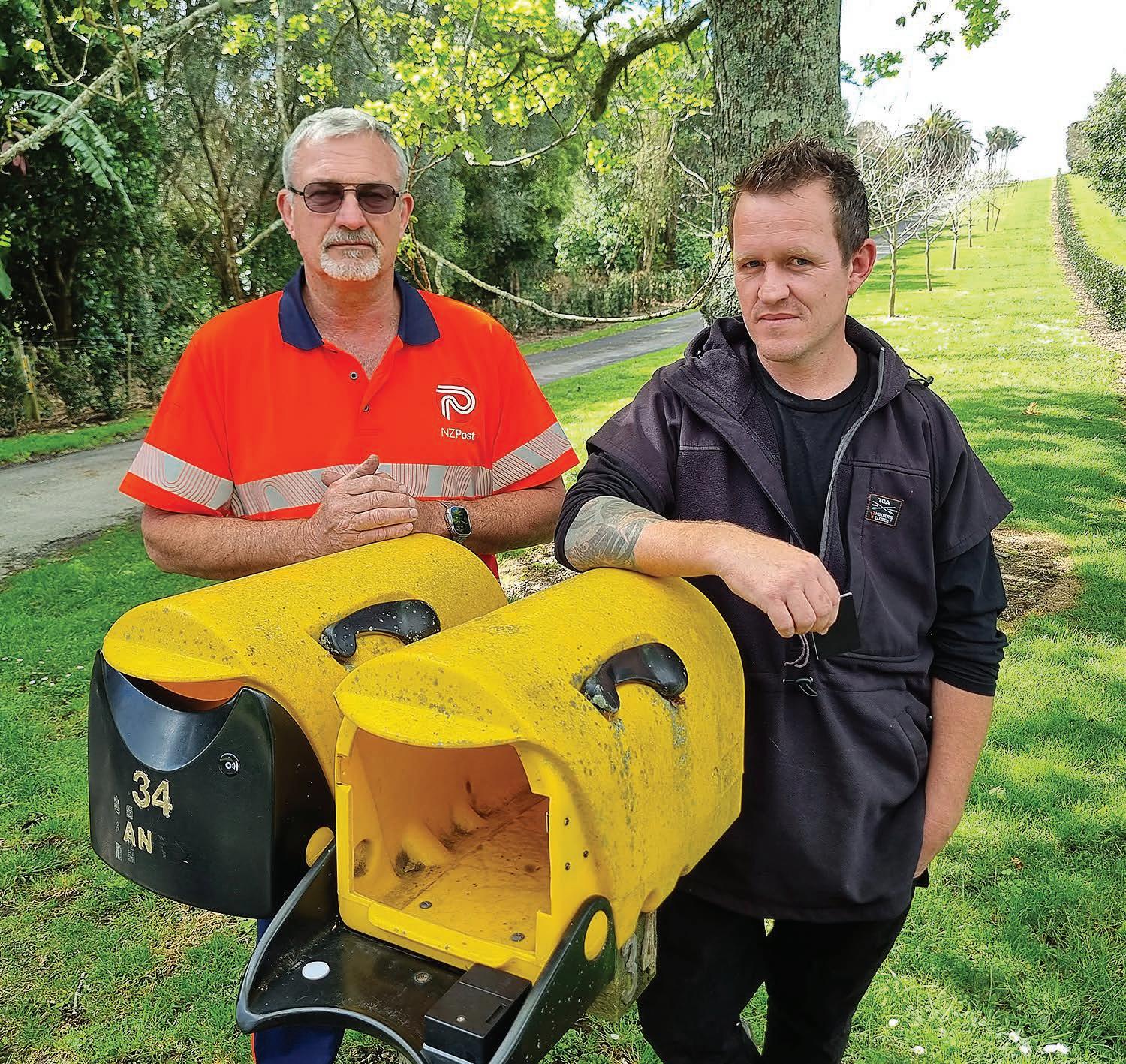
“We noticed a real lift in thefts and put some thought to how to reduce it.
“People love the rural delivery service, it is something that is admired overseas, but people were losing confidence in it because of the risk.”
In areas like Western Bay of Plenty on the fringes of larger urban centres there is significantly greater density of rural boxes, and often fewer people at home during the day to collect their mail when it arrives.
“We looked at things like a secure lock box, but then we met Nick Deane on our route who also had an idea that was more advanced that what we had come up with. We decided to work together on something that would not only work for households, but also for rural posties.”
Despite having 400 households on their rural delivery route, the Duytshoffs’ run is one of the smaller ones in the region, with some having 600-plus households
“So, time becomes critical, you cannot have a padlock with keys to sort through, every five seconds extra per delivery becomes quite significant every day.”
Deane, an entrepreneur and tech expert, had developed a lock for letter boxes that uses Near Field Communication (NFC) signals, a short-range wireless communication like that used in PayWave tech.
“We were happy to work with Nick on this and to trial it from a postie’s view.”
Deane launched the MailNox lock this week after initially trialling it through the Tauranga rural delivery area. He has been overwhelmed with interest from across the country.
He said the incentive to come up with something arose after he had his personalised vehicle plates stolen from his Whakamārama mailbox last year.
“They were taken to Palmerston North, put on a stolen ute that looked like mine, and then the thieves started taking petrol without paying for it, and I was pulled up for owing money at a petrol station.”
After reviewing CCTV footage he learnt what their modus operandi was but the offenders remain at large.
Meantime his discreet letter box has been the dumping site for stolen mail that thieves had sorted through, leaving unwanted material in his box.
The lock currently fits to the popular Wilson Plastics brand of rural mailbox, and Deane is working to expand the boxes it is suitable for.
On installation the rural delivery customer receives two swipe cards for opening the box, and the rural mail contractor has a universal swipe card that works only on boxes on their particular route. So far 10 have been installed and are operating on the Duytshoffs’ RD2 route.
Rural Delivery Contractors Association president Peter Logger said there has been a noticeable surge in mail theft, with several in the past month on his run, also in Bay of Plenty.

“It is worrying as it is not possible to go and deliver to the door all the time.”
He said the nature of rural delivery has changed, and what
was once a mail service with the occasional parcel is now very much the opposite.
In the same region another delivery couple, Lisa and Kenny McLean, are offering tech that texts box owners when a parcel is delivered.
In a written response, NZ Post’s area service delivery manager Brittany Small of Tauranga said some of NZ Post’s delivery partners are taking initiatives to ensure safe delivery of customers’ mail.
She said NZ Post does not receive many customer complaints about mail theft, but its rural team often brings in mail that has been found discarded along its run.
People love the rural delivery service, it is something that is admired overseas, but people were losing confidence in it because of the risk.
Mark Duytsho Rural mail contractor“Instances of mail and parcels being stolen after they are delivered is very disappointing and now is the perfect time for people to be more vigilant with more parcels being delivered in the leadup to Christmas,” she said.
GOVERNMENT-owned corporate farmer Pāmu and the Ministry for Primary Industries have announced a $10 million, sevenyear Sheep of the Future project to address climate change.
The objectives are finer wool, greater tolerance for hot weather, top meat quality and lower methane emissions.
The vision includes finer wool genetics (20-25 micron) that can be farmed beyond the arid areas that have traditionally been the home for Merino sheep; advances in strong wool breeds to increase disease tolerance; low-input traits to make farming less costly; continued breeding selection for animal growth and meat quality traits; and rumen function with lower levels of methane emission.
Focus Genetics, a Pāmu subsidiary, has joined forces with AgResearch.
The project is located on two Pāmu properties, Kapiro in the Bay of Islands and Aratiatia near Taupo.
Kapiro runs the 2500-ewe, Romney-based, no-wool breeding flock where the focus is on meat production in the subtropics, along with emissions-related environmental measurements, including residual feed intake and methane outputs.
This will produce a breeding index for heat tolerance, enabling sheep to continue in the north as the weather becomes more extreme.
At Aratiatia, a fine wool flock alongside a control Romney line is being measured for production, reproduction, survival, disease and fine-wool attributes.
The target is a fine-wool sheep for temperate zones.
Focus Genetics programme manager Natalie Pickering said selection of animals better suited
to the changing environment through disease and heat tolerance will maintain productive performance and lower emissions.
AgResearch work on methane, residual feed intake and genomic selection will be included.
strong-wool farming more profitable and sustainable, and open days will be held to discuss the work, and how it will fit into farm system changes.
Pāmu chief executive Mark Leslie said the programme aims to transform sheep-based production systems.
“It will lower production costs and enhance farming businesses’ viability while contributing to our environmental and climate obligations.”
Jim Inglis PlaceThe programme also includes a feasibility study led by Kathryn McRae of AgResearch, who will explore immune competence in New Zealand sheep.
Immune competence is the ability of the animal to mount a healthy immune response following exposure to bacterial or viral infection.
The study aims to define a measurement tool for immune competence that can be incorporated into breeding programmes.
Pāmu head of ventures, Jim Inglis, said putting the project together has taken three years of planning and preparation.
“It’s great to get to this next stage and be able to develop novel traits for the benefit of all breeders in the country,” he said.
Good relations with sheep breeders have allowed various breeds to be integrated into the programmes, adding genetic diversity and expanding the scope of the research.

Data generated from this work will flow through the national sheep evaluation programme NProve, managed by Beef + Lamb NZ, and will be available to all farmers.

Inglis said the traits measured will also be valuable for strongwool breeders looking to make
For shearers by shearers
Pickering said the $10m funding will be split 60% Pāmu/Focus and 40% MPI, and that time and resources are costed in.
She said that sheep breeders have been consulted about industry requirements and an advisory group will be established, along with the use of shared sires.
“Through these discussions, we have introduced much of the available genetics in NZ, Australia and the UK for fine- and no-wool sheep.”
progress this mission and know that the relationships formed will ultimately accelerate the reduction of emissions.”
MORE than 20 representatives of New Zealand-based agritech organisations are meeting with Irish and British organisations this month to discuss emissions reduction, soil conservation and environmental stewardship.
Brendan O’Connell, CEO of AgriTech New Zealand, said the delegates represent a full crosssection of the agritech ecosystem and are seeking meaningful collaboration with international partners.

“Innovation in food production systems, also known as agritech, is the answer to some of the most complex challenges in feeding the world during a climate crisis. We appreciate the irony of burning fossil fuel in travelling to
NZ is already well known globally as a food and fibre producer, but the agritech industry is looking to make an increasingly positive global impact.
“Many evolving technologies focus on protecting the natural environment and supporting farmers and growers to adapt to both environmental and consumer demands.”
The delegates include AgriZeroNZ, the New Zealand public-private joint venture investing $340 million over the next four years to accelerate the reduction of agricultural emissions; AgriSea NZ, which develops animal nutrition and soil biostimulants from seaweed components; and CH4 Global,
which recently raised US$29m ($49m) in Series B funding to accelerate its methane-reducing animal feeds, also derived from seaweed extracts.
“It’s going to be a fantastic experience for everyone. These businesses are creating technologies to help solve some of the biggest global challenges and we’re looking forward to seeing business relationships flourish across the three nations,” O’Connell said.
The Ireland/United Kingdom agritech tour is organised by AgriTech NZ with support from the New Zealand Government’s Industry Transformation Plan funding.
The tour begins in Dublin on September 17 and finishes on September 28 after the conclusion of the World Agritech Summit in London.
Great to get to this next stage and be able to develop novel traits for the benefit of all breeders in the country.Staff reporter TECHNOLOGY Environment
 Hugh Stringleman POLITICS Analysis
Hugh Stringleman POLITICS Analysis


COMPETITION is very keen in Northland, the nation’s birthplace, for representation in New Zealand’s 54th Parliament, to be elected on October 14.
In a region that has, in the past, had up to 10 list and electorate MPs in Parliament concurrently, the two territorial seats will be strongly contested, and it is likely that three more Northland residents will go to Wellington on their party listings.
Already booking his plane ticket from Kerikeri to Wellington is Labour’s deputy leader Kelvin Davis, No 2 on the list, and fourterm MP Te Tai Tokerau with a 2020 majority of 8164 votes.
Labour also holds the seats of Northland and Whangārei, with the smallest and third-smallest vote majorities in the country after the 2020 general election.
Northland MP and Conservation and Youth Minister Willow-Jean Prime will again contest for Labour; she is No 9 on her party’s list.
Lower Northland dairy farmer and former National Party board member Grant McCallum was selected as that party’s candidate in the predominantly rural electorate.
At a minimum, his task is to switch 82 votes from Labour to National.
His near-neighbour electorally
and politically in Whangārei is Dr Shane Reti, now a senior party member, former deputy leader, No 4 on the National list and health spokesperson.
Opposing Reti will be two-term
in the election of directors.
Labour list MP Angie WarrenClark, who parachuted into Whangārei from Bay of Plenty when local Emily Henderson said she would not stand again. Henderson had a 431-vote majority over Reti in 2020. With even a small swing to National, Warren-Clark would need her 43rd placement on Labour’s list to bear fruit for a third time.
Candidates with better prospects on their party’s lists are Mark Cameron of ACT at No 7 and Shane Jones of NZ First at No 2. Jones and DemocracyNZ Party leader Matt King, a beef farmer and former National MP, may have potentially disruptive roles in the
VISIBILITY:
National’s candidate Grant McCallum has travelled more than 20,000km since he was selected in May, covering a Northland electorate that takes three hours’ driving time from his home at the bottom up to the top.
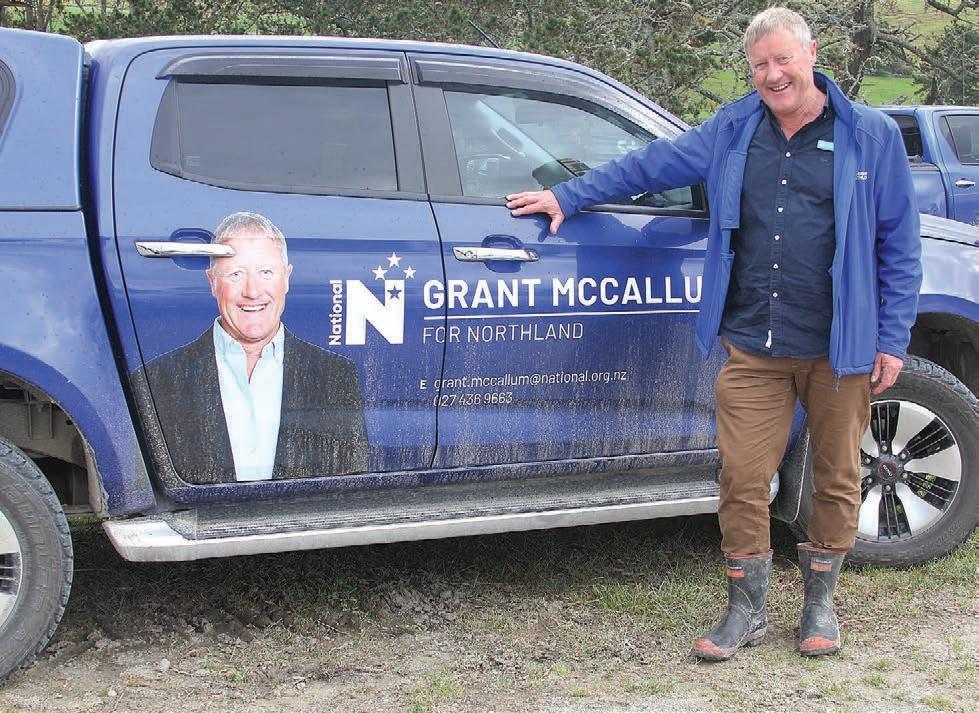
Northland electorate contest.
Jones and NZ First leader Winston Peters, a former Northland electorate MP, have strong local followings.
In contrast, Cameron – ACT’s rural spokesperson, a dairy farmer at Ruawai – had a good party vote in 2020 but has little personal appeal.
He will compete this time on the list only, ACT has said.
King won the 2017 election for National against Peters and narrowly lost to Prime in 2020.
His then-placement at No 40 on National’s list wasn’t sufficient and he took his strong opposition to the vaccine mandate and resigned to start his own party.
McCallum said he sees no point in discussing minor-party disruption or tactical voting, as his list position of 68 means he must win the electorate outright.
“That is the way the National Party builds its list – those lower down are expected to win their electorates and leave room higher on the list for more diversity.
“Chris Luxon himself was well down the list in 2020.”
A political commentator’s suggestion that NZ First should receive an Epsom-style accommodation from National, to secure parliamentary presence and facilitate a coalition partner, never held any credence.
But should NZ First get 5% party vote, both Peters and Jones will be back in parliament.
McCallum said the No 1 issue in his large electorate is the cost of living, followed by bad roads, particularly the abundance of potholes, slips in the Brynderwyns and Mangamuka Gorge, and the need for four lanes from Auckland to Whangārei.
He said it is important to have working farmers in government, for their practicality and productiveness, and that National has five such candidates: himself; Tim van der Molen, Waikato; Barbara Kuriger, TaranakiKing Country; Suze Redmayne, Rangitikei; and Miles Anderson, Waitaki.
Next week: Labour and National arm wrestle down in Rangitata and Waitaki.
FONTERRA faces a very difficult period of farmer relationships as it navigates its annual results to be released this week and the annual shareholders’ meeting in early November.
Despite near-record revenue and profit, Fonterra directors and senior managers will not be warmly thanked and rewarded for the strong financial outcome of the 2022-23 season.
Two seasons of $9-plus payouts are forecast to be followed by $7 in 2023-24, which is insufficient to cover sharply increased farm working expenses and debt repayments.
During spring, the monthly wash-up payments for a forecast final $8.20/kg milksolids price plus a likely 45-48c dividend and the 50c capital return will quickly fade in the rear-view mirror.
In response, farmers usually turn to strongly worded annual meeting remits and protest voting
This year, two-term director Brent Goldsack and one-term Cathy Quinn retire by rotation and have said they will run for re-election.
In mid-September any new candidates who have passed independent assessment will be known and later in the month non-assessed candidates may also join the contest.
When they address the troops, chair Peter McBride and chief executive Miles Hurrell will be able to claim success in meeting their 2021 strategy targets: 40-50% increase in operating profit, 9-10% return on capital, and $800 million distributed to shareholders.
But the milk price target of $6.50-$7.50/kg now looks to be hollow, under-cooked and unwelcome.
In FY2023, for the first time in more than 20 years, Fonterra delivered both a high milk price and a high dividend – indeed, what may be the second-highest dividend since the 59c in 2006-7. But it will be paid on a $2.50
share price, giving a gross yield of nearly 20% – a direct result of the capital restructure, the new 3:1 minimum standard requirement and the restricted farmers-only share market.
Many farmers are now somewhat unwilling dry share players, holding many more than they would prefer.
Since the 50c capital return on August 17, Fonterra Shareholders Fund (FSF) unit prices have dropped 65c to sit around $3.20. That signals more unease in the FSF unit market than in the much bigger Fonterra Co-operative
Group (FCG) market, where the share price has dropped not much more than 20c.
Prospects of the share and unit prices regaining strength appear to be forlorn.
Two further issues will bring forward strong opinions from farmer-shareholders at the annual meeting.
McBride has announced a consultation on reducing the size of the board by two seats – one farmer-elected and one appointed director – from 11 down to nine.
The proposed structure would be six farmer-elected, with three-
year terms and two positions for election each year, and three appointed directors.
Fonterra has also signalled the release of its carbon reduction requirements for milk supply and what farmers must do to comply.
McBride and Hurrell have navigated the stormy waters between the large 2018-19 loss and what is expected to be a 202223 record profit, while changing strategy and structure.
But in the face of strong head winds from China, they cannot expect plain sailing in the future.
HughStringleman MARKETS Fonterra
That is the way the National Party builds its list – those lower down are expected to win their electorates and leave room higher on the list for more diversity.
Grant McCallum National PartyFORECAST: When they’re not happy, Fonterra farmers have been known to turn to strongly worded annual meeting remits and protest voting director elections.
NEW Zealand dairy farmers will need to manage through more financial pain in the months ahead because a shortterm rebalancing of the Chinese dairy market is not expected to happen.
However, the storm won’t last forever, Rabobank’s latest Global Dairy Quarterly says.
As lower global prices stem supply growth in key dairy production regions, there is an increasing possibility a demand resurgence could emerge well before milk output can recover, creating a whiplash effect in global markets and a bullish run in to 2024.
The report says a myriad of factors have converged to drive the
longed-for dairy demand recovery in China – the world’s largest dairy importer – even further into the future.
“The severity of the economic headwinds and the duration of the lull in economic growth in China are shrouded in uncertainty, and this reduces the likelihood of a strong demand recovery that would provide a solid footing for global dairy markets,” report co-author and Rabobank senior agricultural analyst Emma Higgins said.
“On the supply side, we are now starting to see Chinese milk production begin to slow, and we do expect this trend to continue in the remainder of 2023 and into 2024, but a complete market rebalance in China is still a way off.”
Lower demand for dairy imports in China has reduced global dairy prices and flowed through to
reduced global dairy production.
Milk production from New Zealand, Australia, the European Union, the United States, Uruguay, Brazil and Argentina is now anticipated to grow by 0.3% year on year in 2023 and is expected to climb by 0.4% in 2024.
While the immediate outlook for dairy prices remains challenging, Higgins said there is some optimism for the months ahead.
The US Class III milk price and the GDT-weighted average price have both fallen to covid levels, allowing buyers to replenish stocks at bargain prices.
Demand from Mexico, the second-largest dairy importer, has also been robust and even though the GDT index has weakened, demand has not entirely evaporated from China, which has accounted for roughly 30-40% of the sales on the GDT since Q2, Higgins said.
These factors make a demandled resurgence in global dairy markets in the months ahead a growing possibility.
“If buyers become increasingly confident that prices have hit a low for this cycle and flock back to procure products en masse, the world may be short on milk,” she said.
“And this could create a whiplash-like effect for global dairy prices, with the possibility that the weak global supply situation is faced with stronger demand.”
Higgins said Rabobank is anticipating a $6.75/kg MS forecast for this season, in line with Fonterra’s latest forecast.

Prices for two- and three-year Angus service bulls ranged from $2000 to $2800 and averaged $2450.
Charwell Herefords, Manawahe, sold 90 yearling bulls in the range $1600 to $3000 and made a top price of $3100 twice.
21 presented with a top price of $10,700 for Kanuka Redeem 2206 bought online by Paul Scott, Maungati, South Canterbury.
$2500 and 63 yearlings at $1700.
Further south, Fowler Farms at Patea had a huge sale of 460 bulls in 13 categories.
SPRING bull sales featured high clearances in Waikato, Taranaki and Northland during the first two weeks of September, with large offerings of service bulls for the dairy industry.
Sales in Waikato and Taranaki were conducted by NZ Farmers Livestock and featured on MyLivestock website, and the summaries have been provided by Bill Sweeney.


Piquet Hill Farms, northern Waikato, sold 333 bulls in total including 73 Hereford yearling bulls in the price range $2400 to $2800 and an average of $2600. It also sold 10 Murray Grey bulls for similar prices, averaging $2450.
Around 200 two- and three-year Jersey bulls sold for prices between $1700 and $2350 and averaged $2180.
Piquet Hill in late August sold 26 yearling Angus bulls for an average $2596.
The Coombes inaugural allbreeds bull sale in South Waikato featured 16 two-year Charolais averaging $3057, 25 Herefords at $2435, 15 Angus at $2175 and 90 two-year Jersey bulls at $1820.
The Lynrich Jersey sale at Cambridge sold nine two-year bulls at $2213, 652 elite oneyear bulls averaging $2024 and 140 commercial yearling bulls at $1495.
At Waihi Beach Maranui Herefords and Angus yearling bulls sold to a top of $4100 for the Angus and $3000 for the Herefords.
Maranui sold 27 of 30 offered and averaged $2347 for the Herefords and $2675 for the Angus.
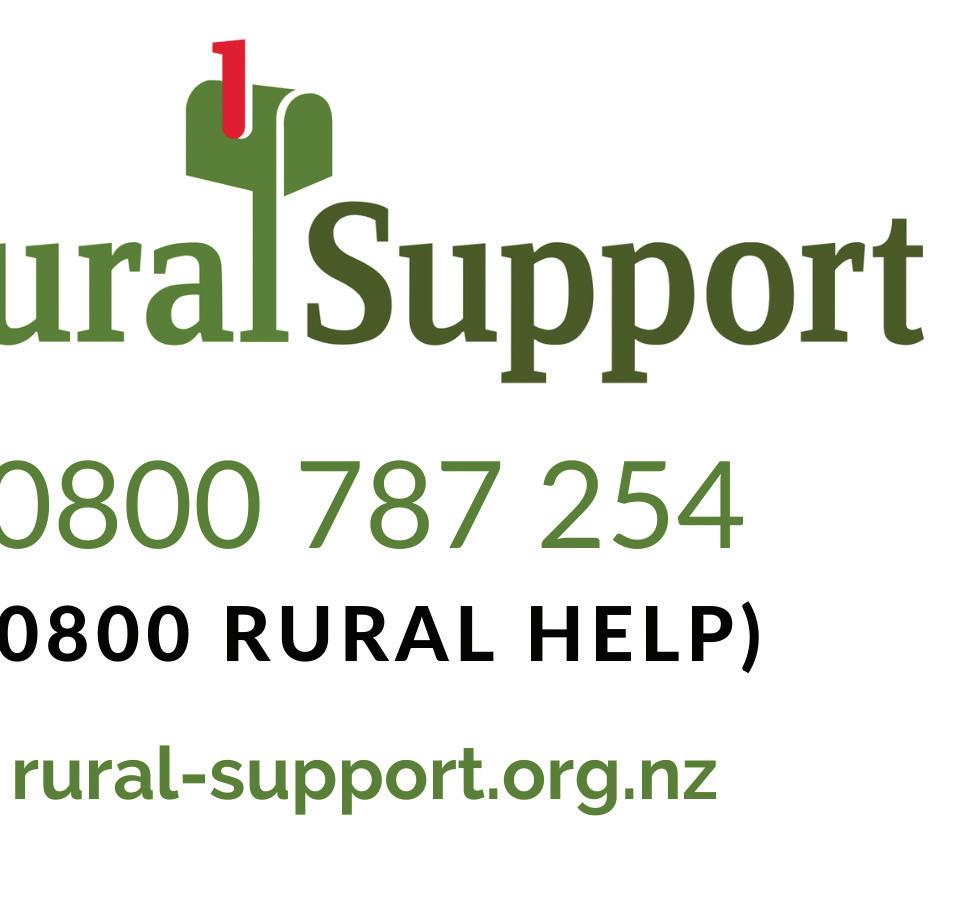
Craigmore Herefords, Ōhaupō, sold 99 of 105 offered with an average of $2706.
Top price was $10,000 paid by Haines Partnership, followed by $7300 paid by Arabica Herefords and $7000 by Kaipara Herefords.
Colraine and Kanuka Herefords, also at Ōhaupō, sold 11 of the
Colraine Horizon 22394 sold for $7000 to Otopawa and Grassmere Herefords.
The average for Colraine was $3480 and for Kanuka $3866.
The Downes family at Tawanui, Stratford, sold 60 Herefords averaging $3110 and 40 Angus averaging $2645.
The Collins family at Pennylane, Stratford, sold 69 two-year Herefords averaging $2775, five three-year Angus at $2650, 11 two-year Angus at $2672, 80 three-year Jerseys at $2260 and 19 two-year Jerseys at $2050.
The Burmeister family on the Taranaki coastal highway at Warea sold four two-year Jersey bulls at
Biggest of them all was 185 twoyear Jerseys averaging $2173, 23 three-years at $2345, 43 autumnborn Jerseys at $1908, 24 twoyear Murray Greys at $2390, 25 Red Devons at $2230, 52 twoyear Angus at $2477, 50 two-year Herefords at $2712 and 13 threeyear Herefords at $2752.
The Smith families’ 20th Shadow Downs Hereford bull sale, Waverley, had 40 twoyear Herefords at $2745 and 16 yearlings at $2425.
Up north, Waitangi Angus sold 73 of 75 bulls offered and averaged $3900.
The top prices were $7000 and $6500 paid by commercial clients.

WHILE “paddock to plate” is a common enough phrase in the agri-sector, “pasture to panel” may become another phrase for the lexicon, thanks to the latest research on solar photovoltaic panels and farming.

Research conducted through the Our Land and Water National Science Challenge has highlighted that what are often thought of as mutually exclusive activities can be integrated successfully and profitably on many farms in New Zealand.
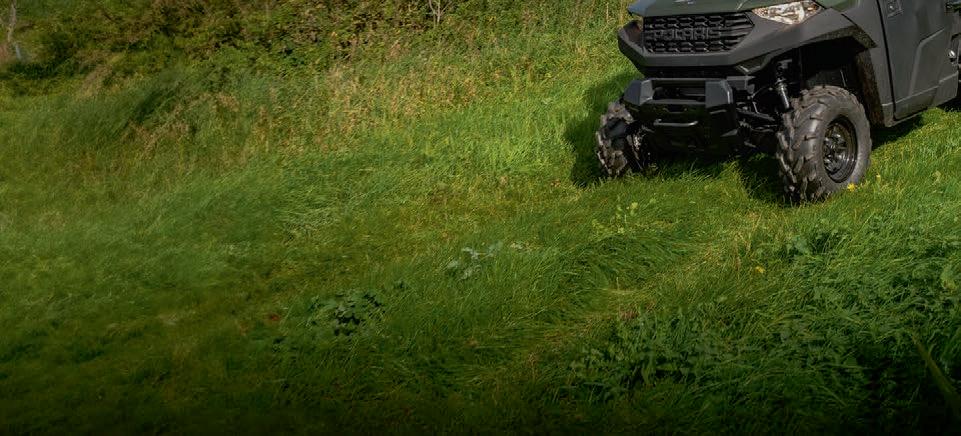
The researchers examined how agrivoltaics – the integration of agriculture and solar energy production – can be implemented in the farming landscape.
Research lead Anna Vaughan of agribusiness consultancy Tambo NZ said solar panels have often been viewed in a similar light to pine trees in terms of their impact on reducing the area of productive, food-producing land.

“What we modelled the findings on was not the traditional solar farm set-up, which has more panels upon its site, about 20% more than what we worked on.” The lower density that this research was modelled on enables stock to continue to graze, albeit at a reduced rate, and for fertiliser
to be applied between panels. The researchers carried out case study analysis on a dairy farm and a drystock farm, both in Canterbury.
After analysing cashflow before and after installation of panels on portions of each farm, they found the drystock property benefitted the most in terms of cashflow and net profit from converting to agrivoltaics.
With 5.8 effective hectares committed to panels, the 1300ha property enjoyed a lift in total taxable profit from $223,000 to $643,000.
The dairy farm operation experienced a significantly smaller increase in its profitability, with only 2ha of area committed to panels.
The increase in the dairy farm’s debt required to service the panels offset the marginal increase in earnings before debt, depreciation and interest that occurred with the panels’ installation.
This meant net profit with the panels actually declined from $688,000 to $623,669.
The figures for both farm types allowed for borrowing for the entire cost of the panel project.
Panels on the dairy farm were required to sit significantly higher, and were more vulnerable to wind shear, meaning a higher installation cost.
“With the dairy farm it is also really a case of the farm’s existing profitability already being
can deliver signi cantly greater returns on drystock farms, modelling has shown.
significantly higher than the drystock operation,” Vaughan said. She said her interest in the research was piqued by rising concerns over solar panels’ impact on productive farmland.
“I did not have an expectation on what the financial figures would be and was pleasantly surprised at the results.”
She said workshops on the
topic with farmers have been well subscribed and have resulted in positive feedback when farmers learnt how they could successfully combine livestock and panels.
But she said there are also some unknowns about the land use combination that need figuring out. These include how easily fertiliser can be applied without damaging the panels, and whether
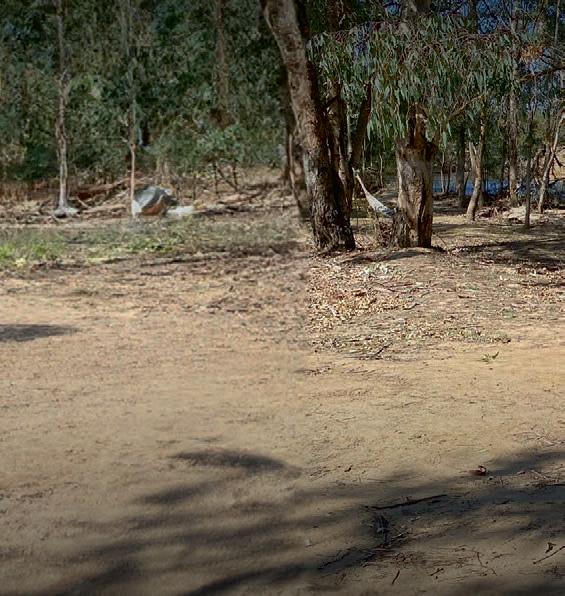
I did not have an expectation on what the financial figures would be and was pleasantly surprised at the results.
Vaughanthere is any long-term impact on pasture growth as a result of the panels’ shading effect.



“One paper out of the United States has looked at farming lambs under panels and showed a reduction in pasture growth, but lamb liveweight gain was still similar and it was thought the shading effect may have delivered a benefit to them.
“There is also an awareness there that there is a substantial end-of-life waste issue around the photovoltaic panels.”
Estimates are the world will have about 78 million tonnes of panel waste to deal with by 2050 as their use increases significantly.
Other uncertainties relate to the impact of installing panels on productive land, and how this would fit with policies around protection of highly productive land in NZ.
One area she said could be worth examining further was the ability to combine the panels with high-value crops grown in their midst.
EDUCATION could return to the former Taratahi Agricultural Training Centre in Wairarapa, with the imminent sale of the farm to buyers who want to use part of the campus facilities for training.
Taratahi was placed in liquidation in 2018 owing $24 million, but the 10th report
from liquidators Grant Thornton reveals it is in discussions with a party that wants to buy the dairy farm and use part of the campus facilities for educational purposes.
The High Court last year ruled the campus and home dairy farm are subject to the Taratahi Agricultural Training Centre (Wairarapa) Act 1969, but could be sold with the approval of the agriculture minister to pay creditors and the liquidators’ costs.
POLARIS

$19,995
Approval would be subject to education continuing.
The period to appeal the ruling has passed with none being lodged.
A sale and agreement contract for the dairy farm has been presented to an unnamed party and a verbal agreement reached.
“While discussions have been positive and we have been informed they have approval to sign the agreement, we continue to wait to receive the signed
agreement,” the report says.
“Once the signed sale and purchase agreement has been received, we will present this to the Minister of Agriculture for his approval of the sale.”
Taratahi also operates the farming operations at the Telford agricultural training centre in South Otago.
When Taratahi was placed in liquidation, delivery of that education was provided by Invercargill-based Southern
Institute of Technology, now part of the NZ Institute of Skills and Technology (Te Pukenga). Liquidators have been in discussion with the Tertiary Education Commission and Ministry for Primary Industries about its role at Telford.
“It is our intention that, following the settlement of any sale at the home campus, we would look to transition our operation of the Telford farms to an agreed party,” they said.



could result in staff changes, re-deployment and redundancies.
fibre








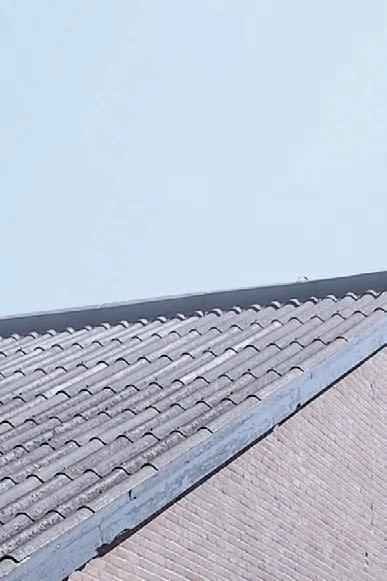

ALLIANCE Group has released its farmgate price forecast through until December, with chief executive Willie Wiese saying it wanted to present an appropriate range for farmers “that will provide some certainty in a very volatile trading environment”.

Its forecast for lamb through until December is $6.80-$7.30/kg and, for mutton, $3-$3.50/kg, with potential upside based on impacts of China and Australian pricing.
Prime cattle is at $5.30-$6/kg, cow $3.60 to early $4/kg; bull $5 to early $6/kg and venison $10 to $10.30/kg chilled and $8.70$9.20/kg post the chilled programme.
The forecast prices are on a par with those unveiled recently by Silver Fern Farms.
Wiese told suppliers in a newsletter that consumer discretionary spending around the world remains subdued due to persistently high inflation.
“Although it seems that the market price has bottomed, consumer disposable income continues to be under pressure and consumers remain cautious due a recession looming in many of our key markets.
“Our insights show fewer people are eating out in restaurants, and people are swapping higher priced red meat proteins such as lamb for less expensive red and white meats in their weekly grocery shop.
“There are high levels of inventory across all proteins in various markets, particularly low-cost Australian red meat which is driving demand for fresh product down, and this impacts all New Zealand processors.”

The company’s in-market Chinese partner Grand Farm has committed to expanding the co-operative’s grass-fed lamb, mutton, beef and venison across China.
However, information out of China suggests the current slowdown in demand will continue through the short to medium term. To mitigate risk, the company is diversifying some products into other markets.
Wiese said Alliance takes it responsibility to process its farmer shareholder animals seriously, which means it must continue to operate as effectively and efficiently as possible.



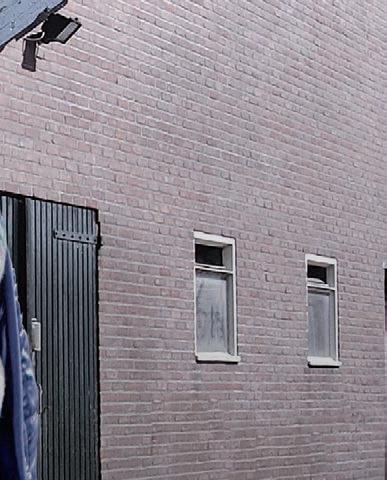


“We are taking a long-term strategic view of the current situation and how we organise the business for future success.








“While we need to balance costs to weather market conditions, it’s important we continue to deliver to a high standard, and develop value-add opportunities that will benefit the co-operative as a whole.”
Earlier this month Alliance announced it was reviewing its operating model, which
















Wiese said the proposal is unsettling and tough on everyone.
“Where we can, we will retain valuable skills and experience, and redeploy impacted employees into vacant roles.”









Beef + Lamb New Zealand is working with other organisations to ensure farmers and contractors have the information they need to make informed decisions before establishing next year’s winter forage crops. The organisations are supporting farmers as they implement management practices that protect soil and water resources while maintaining high standards of animal welfare throughout the year.
Identify any risks when selecting next year’s winter feed crop paddocks. Factors to consider include slope, critical source areas, proximity to waterways, access, soil type, crop type, placement of supplementary feed, livestock classes, adverse weather events, shelter and loafing areas.


Resow your paddocks as soon as practicable. Minimising the time a paddock is left in fallow will help prevent nutrient losses. Plants can capture excess nitrogen and moisture left in the soil in the wake of winter grazing and turn it into valuable feed. Consider a catch crop.



















































































































































































































































































Critical source area (avoid sowing and grazing)










Understand wintering regulations and consent requirements. Become familiar with the regulations. Are your winter grazing practices a permitted activity or is a resource consent required? Contact your Regional Council for help or guidance on regulatory requirements.

Create a winter grazing plan. It is not too early to put together a winter grazing plan. It can help you identify risks early and make plans to mitigate them. It will also help you have healthy, productive stock and make the most effective use of your forage crops while protecting your water, soil and nutrient resources.
For more information and useful resources visit: www.beeflambnz.com/wintergrazing
 PADDOCK 25 PLAN
PADDOCK 25 PLAN
interdisciplinary pitch competition to showcase the next generation of students and early-career professionals.
THE “irresistible pleasure of cheese” is a step closer for everyone thanks to a breakthrough in making plant-based cheese by the Riddet Institute.
Lead researcher on the project
Dr Debashree Roy, from Massey University, recently won the Falling Walls Lab Aotearoa New Zealand competition in Wellington with a presentation on the new technology.
She will now represent New Zealand in Berlin in November after her presentation about creating the plant-based cheese was named best, sweeping aside 21 other participants from around NZ and the Pacific Islands who pitched their breakthrough ideas at the competition.
“Imagine a world where the irresistible pleasure of cheese is not limited by dietary choices,” Roy said.
The technology, created by the Riddet Institute food innovation team, can be used to make a range of different cheese types using a variety of plant-based proteins such as from pea or soy. The technology is scalable and cost-effective.
Falling Walls is an
In a three-minute presentation, participants present their innovative research, business model, or initiative, showcasing a breakthrough that creates a positive impact on science and society.
Winning Falling Walls is further recognition of the scientific quality of Dr Roy’s research and the Riddet Institute’s track record in training future leaders.
Professor Harjinder Singh Riddet InstituteIt is inspired by the worldchanging event of the fall of the Berlin Wall on November 9, 1989, with a question asked at every Falling Walls gathering: Which walls will fall next?
Roy’s presentation was on breaking the wall of plant-based cheeses, based on the Riddet Institute’s patented technology for making protein-enriched plantbased cheeses with comparable protein content to dairy cheeses.
Roy, a food technologist, said
there was a large and growing worldwide demand for plantbased cheeses but currently these products consist of a starchfat matrix and have little or no protein, in contrast with dairy cheeses.
Given that protein is an important part of a nutritious diet, she said, and that cheese is used to impart a lot of flavour and texture in dishes, making a non-dairy cheese that is both more nutritious and functional is a highly desirable outcome.
Awarding Roy first place, jury chair Professor Phil Lester said the project was a “big breakthrough” with large potential for global impact and that Roy had delivered an engaging presentation.
Roy has won the chance to represent the region and compete at the Falling Walls Lab Global Finale in Berlin on November 7.
Riddet Institute director, Distinguished Professor Harjinder Singh, congratulated Roy.
“Winning Falling Walls is a great achievement,” he said.
“It is further recognition of the scientific quality of Dr Roy’s research and the Riddet Institute’s track record in training future leaders.”
Roy said she was grateful for the support, training and mentorship that the Riddet Institute and Massey University have provided
 Staff reporter TECHNOLOGY Skills
Staff reporter TECHNOLOGY Skills
AN APP that records the activities of rural contractors is improving workplace health and safety and helping upskill new entrants to the industry, Rural Contractors NZ says.
The HanzonJobs app has wider benefits than recording just the work done on farm, its developer Richard Houston said.
He pointed to comments from Mabey Contracting about how the use of the app last season by RCNZ Trainee of the Year Jessica Bills had impressed WorkSafe during a visit.
“The work records include activities linked to improving or ensuring health and safety performance and these are really useful in assessments and audits.”
He said the software is not just limited to time spent in the operator’s seat. It records any agriculturalrelated job including maintenance and servicing of machinery, fencing, helping with calves or shearing.
“Some of those using the app over winter got into
a bit of metal fabrication – that’s all captured along with greasing and diagnosing faults.”
Within rural contracting itself, raking remains by far the single biggest task recorded on the HanzonJobs app.
Time in the workshop is second.
Houston said all of this is useful information for employers, who he regards as mentors to the trainees.
have supported HanzonJobs to the point that it’s become the basis of assessing candidates for RCNZ’s Trainee Contractor of the Year, which is supported by the Ministry for Primary Industries.
“We are underway in our third season promoting the use of the app. It’s a brilliant tool both for trainees and our members.

“They get a ready record of what their trainees are doing and that can be the basis for feedback and encouragement as well as a whole range of other uses.”
He’s encouraging those RCNZ members who have not yet signed up themselves or new workers to do so.
“This remains a free tool with a range of very real benefits to hard-pressed rural contractors.

in developing her leadership and communication skills. She was humbled to have the opportunity to represent Aotearoa NZ on a global stage.
“I am thankful to the entire Riddet Institute innovation team for their exceptional contributions and commitment to the project.
“Falling Walls NZ has been an incredibly enriching experience, and I am looking forward to learning and connecting with a diverse community of

interdisciplinary innovators working toward addressing some of the world’s most pressing challenges.”
Roy joined the Riddet Institute as a postdoctoral fellow in 2021, after completing her PhD in Food Technology at Massey University. Her research focused on the fundamental understanding and development of novel technologies to design structurally and nutritionally superior future foods.
Pursuant to Clause 10 of the Biosecurity (Bovine Tuberculosis – Cattle and Deer Levy) Order 2016 notice is hereby given that commencing 1 October 2023 the rates of slaughter levies for Dairy and Beef Cattle will change. Levy rates from 1 October 2023 are (GST exclusive):
• Dairy cattle $11.50 per head (increased from $10.50 per head)
• Beef cattle $4.75 per head (decreased from $5.50 per head)
Background
The National Pest Management Plan for Bovine Tuberculosis is funded by agreement between Government, DairyNZ Inc, Beef + Lamb New Zealand Limited, Deer Industry New Zealand and TBfree NZ Ltd. Funding is through a combination of fixed funding and levies charged on the slaughter of cattle.
“At the end of the season we create reports that highlight the areas where they’ve gained experience. These demonstrate the time and energy in guiding the apprentices/trainees as well as the skills they’ve learnt.”
Rural Contractors NZ
CEO Andrew Olsen said his organisation is pleased to
“For a few minutes a day by trainees, employers get a daily record of what they’ve been doing be it raking or repairing.”
This then provides the opportunity for mentoring the trainee and building skills.
“And anything that helps your health and safety performance is a real bonus,” Olsen said.
The respective industry shares of this funding are subject to annual adjustment based on shifts in the relative size and value of each industry. The funding received is also affected by the actual cattle slaughter volumes for the dairy and beef sectors. Each financial year a reconciliation is made of the amount contributed by each industry and levy rates may be adjusted accordingly.
For further information on OSPRI’s TBfree programme, please visit ospri.co.nz


It’s a brilliant tool ... our members get a ready record of what their trainees are doing and that can be the basis for feedback and encouragement.
Andrew Olsen Rural Contractors NZ
to address losses of sediment, nitrogen, and phosphorus from the farm, as well as supporting climate change adaption and mitigation.”
CURRENT regulations are not working to maintain existing wetland areas and are hindering the creation of new wetlands, Fish & Game New Zealand says.

Fish & Game said the current National Environmental Standards for Freshwater regulations (NESFW) make the enhancement and restoration of wetlands more difficult while failing to protect existing wetlands.
The organisation, which has helped drive approximately $22 million investment in restoring wetlands, mainly on private rural land in partnership between hunters and landowners, wants a review of the NES-FW wetland rules.
“We have been providing significant free consultancy services to help communities and farmers secure consents; however, many landowners are walking away from projects to create or restore wetlands on their properties because of the amount of additional red tape and costs the regulations have introduced,” Fish & Game NZ chief executive Corina Jordan said.
“This is an absurd outcome when wetlands not only provide habitat for indigenous and valued introduced species but are also a key tool in farmers’ toolkit
Jordan said one owner with nine wetlands has told Fish & Game about the challenging process required to gain consents to carry out routine maintenance of the canals and more than 125 ponds on their properties.
Many landowners are walking away from projects to create or restore wetlands on their properties because of the amount of additional red tape and costs the regulations have introduced.
“Another farmer received a $25,000 estimate from a regional council for a resource consent and environmental assessment to increase the size of a wetland on their property. That’s simply cost-prohibitive and is inhibiting potential conservation gains on private land.
“We’ve had people say it’s easier to get consent for intensive winter grazing than it is to build a wetland.”
Jordan said the NES-FW
wetland requirements are hard for regional councils to implement, in particular those with a strong focus on building, restoring and enhancing wetlands.
Regional councils are interpreting the NES-FW differently, so while overall there is a move to more consents and red tape, there are wide differences in the conditions being imposed on landowners.
Now, discretionary resource consents are needed for wetland creation when previously this was permitted (no consent required). Quarrying activities have gone from often being non-complying to discretionary (less restrictive) in wetlands. Therefore, it has become harder to create wetlands and easier to destroy them.
“We need to introduce Permitted Activity criteria so that regional councils and organisations such as Fish & Game can work with farmers and communities to restore and enhance wetlands and gain funding for projects.
“Signage, boardwalks and small structures such as mai mai under the size of 10 square metres should also be permitted activities.”
Fish & Game, at the forefront of protecting wetlands on both public and private land, including wildlife management reserves for game birds and hunting, has developed educational resources highlighting the importance of saving endangered wetland areas. Most of its work is funded through its sale
BEEF + Lamb New Zealand has chosen wool carpeting for its Wellington headquarters, it says.
The industry body will use Wools of NZ commercial wool tiles.
“It’s naturally biodegradable, flame-resistant, stain-resistant and it looks great,” BLNZ chair Kate Acland said.
“It definitely feels more comfortable to walk on and sustainability-wise it ticks the box.
“The wool used in our new carpet tiles is also sourced from farmers committed to worldleading sustainable farming practices.
“As a farmer myself, I’m proud to be supporting Kiwi farmers and rural communities.”
Wools of NZ chief executive John McWhirter said more companies and other organisations are seeking to ensure their premises are more sustainable and looking after the wellbeing of their people.
“Wool carpets and tiles do not cost the earth and there is growing interest from consumers in choosing wool over plastic.
“The many beneficial natural properties of our wool tiles make them ideal for use in commercial spaces and they
of fishing and hunting licences.
“There are huge opportunities, particularly on private land, to create, enhance or develop more wetlands,” Jordan said.
“Wetlands are vital in maintaining healthy ecosystems.
We need regulation that supports and encourages the creation and maintenance of wetlands and makes it easier to work with farmers and communities to put wetlands back – not confusing regulations and costly barriers.”
FUNDING is about to end for Beef + Lamb New Zealand’s red meat sector Action Groups, prompting a review of the programme’s future.
The Action Groups programme was developed as part of the Red Meat Profit Partnership (RMPP) seven-year Primary Growth Partnership Programme, which worked as part of a nationwide industry-led drive to help the red meat sector increase productivity and profitability. It was also a key tool to support farmers in making changes to farm systems in line with pending environmental and other regulatory demands.
When the RMPP programme wrapped up in March 2021, BLNZ adopted the Action Group model and provided kickstart funding with an annual payment of $2000 per group starting in April 2021.
“This will also include exploring potential options for future extension delivery.”
Weatherburn is encouraging Action Groups throughout the country to continue their positive work, despite the funding coming to an end on September 30.
Last year, BLNZ reached out to group leaders across the country to gain insights into their groups’ accomplishments and the challenges they faced.
“Remarkably, 90% of the groups had successfully achieved the goals they set out to accomplish,” Weatherburn said.
She said the Action Groups are of significant value for farmers, being a great way to work together and learn with like-minded farmers. They are financially beneficial and also good for social networking and connections.
STANDING
Wools of NZ chief executive John McWhirter says there is growing interest from consumers in choosing wool over synthetics.
ticks the box.
are a very good choice for a wide range of organisations and commercial businesses, including the education sector, offices and retail.”
Wools of NZ’s commercial wool tile range is a key part of the company’s strategy to significantly improve outcomes for NZ strong wool producers, McWhirter said.

BLNZ chief executive Sam McIvor said: “When we were looking at re-carpeting our Wellington office, it was a nobrainer to choose sustainable over synthetics and support New Zealand sheep farmers.
“It was great to have the option of Wools NZ commercial carpet tiles. It’s the right choice for the planet and our people.”
This funding comes to a close at the end of September.
There are currently about 100 active groups, made up of eight to 10 farmers, throughout NZ, with about half of those supported by BLNZ.
BLNZ national extension programme manager Olivia Weatherburn said a review of the programme will take place over the coming months to help determine the best way to provide support to the groups going forward.


“We’ll be reaching out to gather feedback, insights and ideas, particularly from the current active groups.
“Participating in small group learning sessions and gatherings has proven to be highly valuable for many groups.
“The sharing of ideas and experiences has resulted in valuable insights, benefiting not only the members of these groups but also the broader network of interconnected farming businesses.”
While BLNZ will no longer provide funding to groups in the same way, it will continue to provide support through its extension staff.
“We want to emphasise that this doesn’t signify the end of the groups or a requirement for farmers to conclude ongoing activities and disband the groups.”
It definitely feels more comfortable to walk on and sustainability-wise it
Kate Acland Beef + Lamb NZ
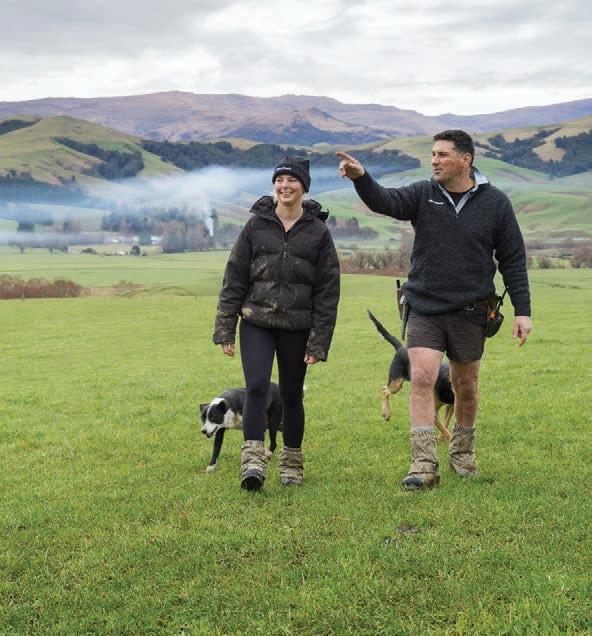
Sweeping across 70,000 hectares of highcountry Southland, Glenaray Station is one of our country’s most significant sheep and cattle farms.
It’s a vast landscape and no coincidence that farm manager Simon Lee chose premium dog food brand Black Hawk to fuel the 82 working dogs on the farm.
They’re also keen supporters of Growing Future Farmers (GFF), an immersive NZQA-accredited two-year programme for school leavers to kickstart their farming careers.
Through the programme young farmers are placed with a knowledgeable and passionate farmer where they learn first-hand what it takes to run a working farm. They also participate in regular, hands-on group training sessions to learn key skills such as shearing and pup training. Here’s how Black Hawk, Glenaray Station and Growing Future Farmers (GFF) are working together to empower the next generation of farmers - and their dogs.
The great value of raising and training multiple dogs early in a farmer’s career is why GFF students are allocated a pup at the beginning of the programme.
“Pup training days are great to attend. It’s the foundational work that forms one of the most important working relationships on a farm,” says Black Hawk Southern Farm Manager Andrew Harman.
GFF student Philippa (Phil) is settling into her placement at Glenaray Station. She says it was hard to “know where to start” with training her pup and still has lots of work to go.
As well as pup training, Philippa has also participated in hands-on farm learning including chain sawing, first aid, butchery, cooking, and shearing.
Simon says Phil is doing well and taking farming in her stride.
“GFF is a fantastic programme that’s giving Phil a solid foundation of skill and knowledge to get her farming career going. We’re proud to be sharing what we know and do here at Glenaray to support her and the future of farming in New Zealand.”
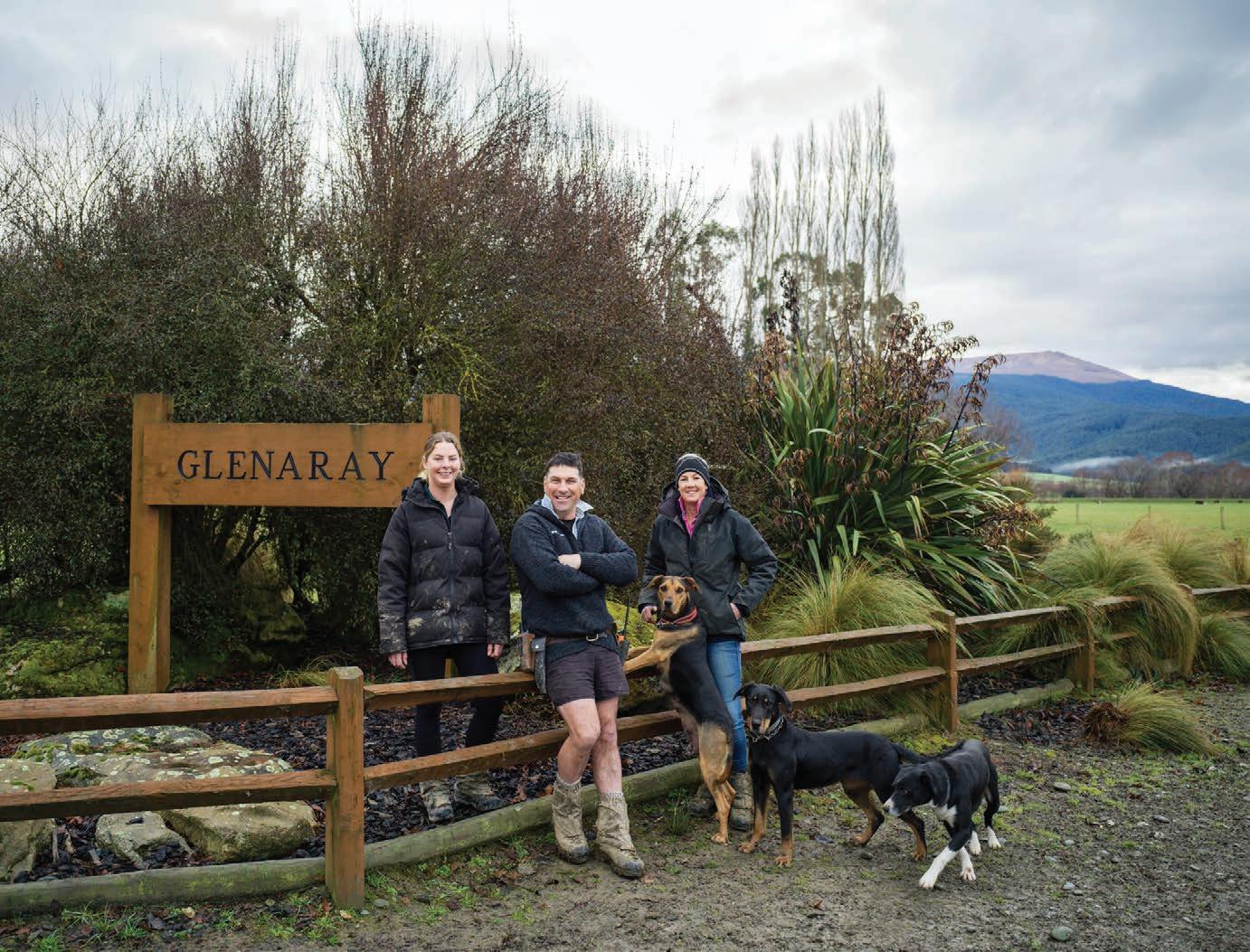
“At Black Hawk, we believe in giving working dogs the best possible nutrition. By supporting Growing Future Farmers we hope our contribution helps farming students choose the dog food that gives their pups the best start,” says Andrew. As part of their dedication to supporting the farmers of the future and fostering a thriving rural community, Black Hawk also visits regularly to discuss feeding guidelines and monitors the pups’ progress through regular weigh-ins and their transition to adult food.
Given that many of the students are experiencing farm-dog ownership for the first time, Black Hawk also passes on fundamental advice on responsible dog ownership such as worming, flea control and appropriate bedding.
Fuel your dog’s performance with Black Hawk Working dogs are the elite athletes of the canine world and require exceptional nutrition to fuel their performance.

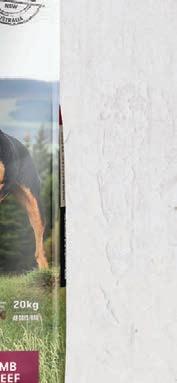

Black Hawk is a staunch supporter of the GFF programme and is proud to play a crucial role in fueling every pup’s growth and development. Every student receives a bag of Black Hawk food and other essential items to get them started, plus additional food during their programme.
Black Hawk’s Working Dog formula provides an optimal blend of protein, fats and carbohydrates to promote sustained energy release, strong lean muscles as well as healthy joints and coats. The protein is derived from high-quality lamb and beef, rich in zinc and vitamin B12 which may help dog’s heart health and boost vitality. Black Hawk Working Dog also contains supplementary L-Carnitine to maintain lean muscles. Choose Black Hawk and know you’re supporting future farmers. Black Hawk Working Dog is available at your local vet.



Our high endurance formula is rich in protein and fat to promote sustained energy release, strong lean muscles and healthy joints.
Black Hawk Working Dog is available at your local vet.



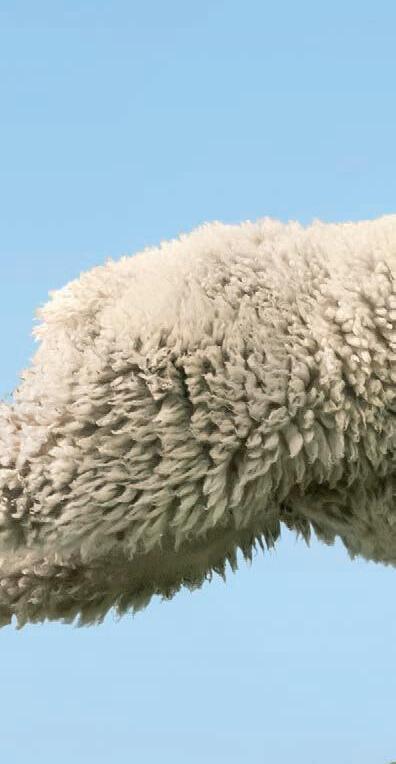


















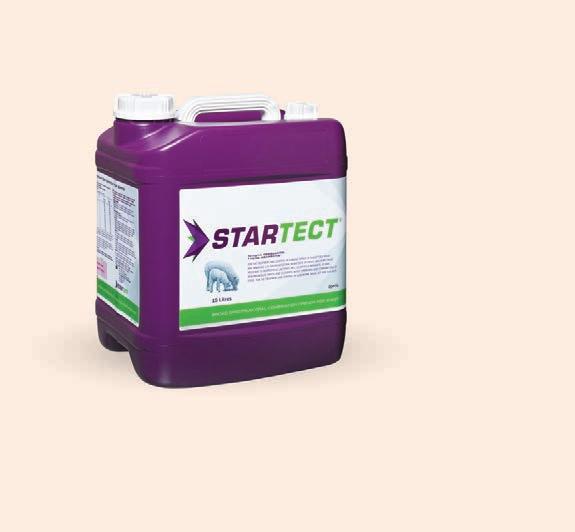








AgriZeroNZ has invested
$4.1 million in Hoofprint Biome, a United States startup that has developed a probiotic and natural enzyme that shows an 80% reduction in methane in laboratory testing.
The funding will allow the company to shift to the next stage of development, which is proof-ofconcept animal trials.
Good Growth Capital and Ponderosa Ventures, a member of Galvanize Climate Solutions, have also invested.
AgriZeroNZ executive director Wayne McNee said the probiotic is still in the early stages of development, but has enormous potential for New Zealand’s pastoral-based farming systems.

Intended to be ingested as a supplement in a small dose, the Hoofprint probiotic aims to reduce enteric methane emissions by over 80% while simultaneously increasing milk and meat yield by over 5%.
It could be possibly fed to sheep or cattle once a day or once or twice a week.
On a dairy farm, it could be added to an in-shed feeding system or potentially even be administered as a drench.
“It looks as if it could have quite a long method of action,” McNee said.

“They have done a lot of research at the moment in artificial rumen trials and the next phase, which we are helping to
fund, is to have small-scale animal trials.”
“We met their team in the States in May and we spent quite a bit of time talking to them since then about the technology and have done an independent science review. We’re very optimistic about it.”
McNee said the trials will begin immediately and will take place in the US. These will take time as scientists test the probiotic at different rates while assessing other aspects, such as animal welfare.
“This funding should enable them to do all of the next phase of work that they need to do.”
McNee said they are developing a range of different probiotics, some of which are gene-edited; these would require legislative changes in NZ if they are to be used here.
Hoofprint Biome, a spin-out of North Carolina State University, was founded by Dr Kathryn Polkoff and Dr Scott Collins in Raleigh, North Carolina.
The startup was established in February to accelerate the
development of tools and technology to help farmers rapidly reduce their emissions, while maintaining farm productivity and profitability.
The pair saw the unique potential for microbiome engineering to benefit ruminant agriculture and tackle the climate crisis.

They had discovered enzymes that naturally reduce rumen methane emissions. Delivery of these patent-pending enzymes with probiotics will result in longlasting efficacy.
Polkoff said they are excited to develop a solution for Kiwi farmers.
“We’re bringing next-gen probiotics to ruminant agriculture in our mission to cut methane emissions while improving animal health and profitability.
There’s a lot of negativity around climate taxes but there’s a lot of investment going on, not just by us but by other funders around the world looking for solutions for farmers.
Wayne McNee AgriZeroNZ“This investment offers a unique opportunity for Hoofprint to partner with New Zealand farmers, who have been leaders in sustainable agriculture, and to tackle the climate crisis together.”
McNee said farmers need to know there are options being worked on to help them lower their emissions.
“There’s a lot of negativity around climate taxes but there’s a lot of investment going on, not just by us but by other funders around the world looking for solutions for farmers.”
The end goal is that by the time farmers have to pay these taxes, there should be tools farmers can use to mitigate or remove these taxes altogether, he said.
This is AgriZeroNZ’s fourth investment since being established in February.
the project well beyond what early investors anticipated. King said he expects the near-$200m figure to be the final one.
it will depend upon how much rainfall we have between now and then.
GROWERS and farmers in the Tasman district will be eyeing water levels in the region’s new dam as it fills over the coming months.
The completion of the controversial Waimea Community Dam has been welcomed by longtime supporter Murray King, who has been involved in the project since conception 20 years ago.
Last year he expressed his frustration to Farmers Weekly at budget blowouts that had become regular multimillion-dollar affairs. Waimea Irrigators, which King chairs, are 49% partners in the project with Tasman District Council holding the majority share.
The last reported cost blowout was for an additional $20m in March 2022.
That cost increase was attributed to some unforgiving geology around the dam.
King is one of only three dairy farmers remaining in the dam catchment area, where horticulture dominates.
“But I will not say it is finished until it starts to supply water.”
Waimea Water’s CEO, Mike Scott, said the dam is performing as expected, with teething issues being addressed.
In response to claims that the
dam is leaking, Scott said the speculation is unfounded and he is comfortable with how the dam is performing.

“What we most need now is average rainfalls in the dam’s catchment area. It has been very dry recently, but based on advice we are optimistic about the spring weather.
“With sufficient rainfall we expect to provide water to shareholders and the community this summer,” he said.
“By having the reservoir full and dam commissioned by December, we can provide our shareholders and community with confidence ahead of the forecast windy and dry El Niño summer.”
In that time, he has seen the cost of the dam – which is intended to cover 5000ha for irrigation – surge from $75 million to just on $200m.
At present about 3000ha has already been subscribed for irrigation shares.
Significant increases in raw material costs, covid delays, and difficult geology have all pushed
He said those using existing groundwater sources for irrigation will remain on that, with the dam supplementing dry-year supply and only a small number of irrigators relying solely upon the dam for water source.
“They are in the process of filling it now in a managed way with levels raised, tested, and then raised further,” King said.
“They are a little behind from where they planned to be, and
But I will not say it is finished until it starts to supply water.Murray King Waimea Irrigators
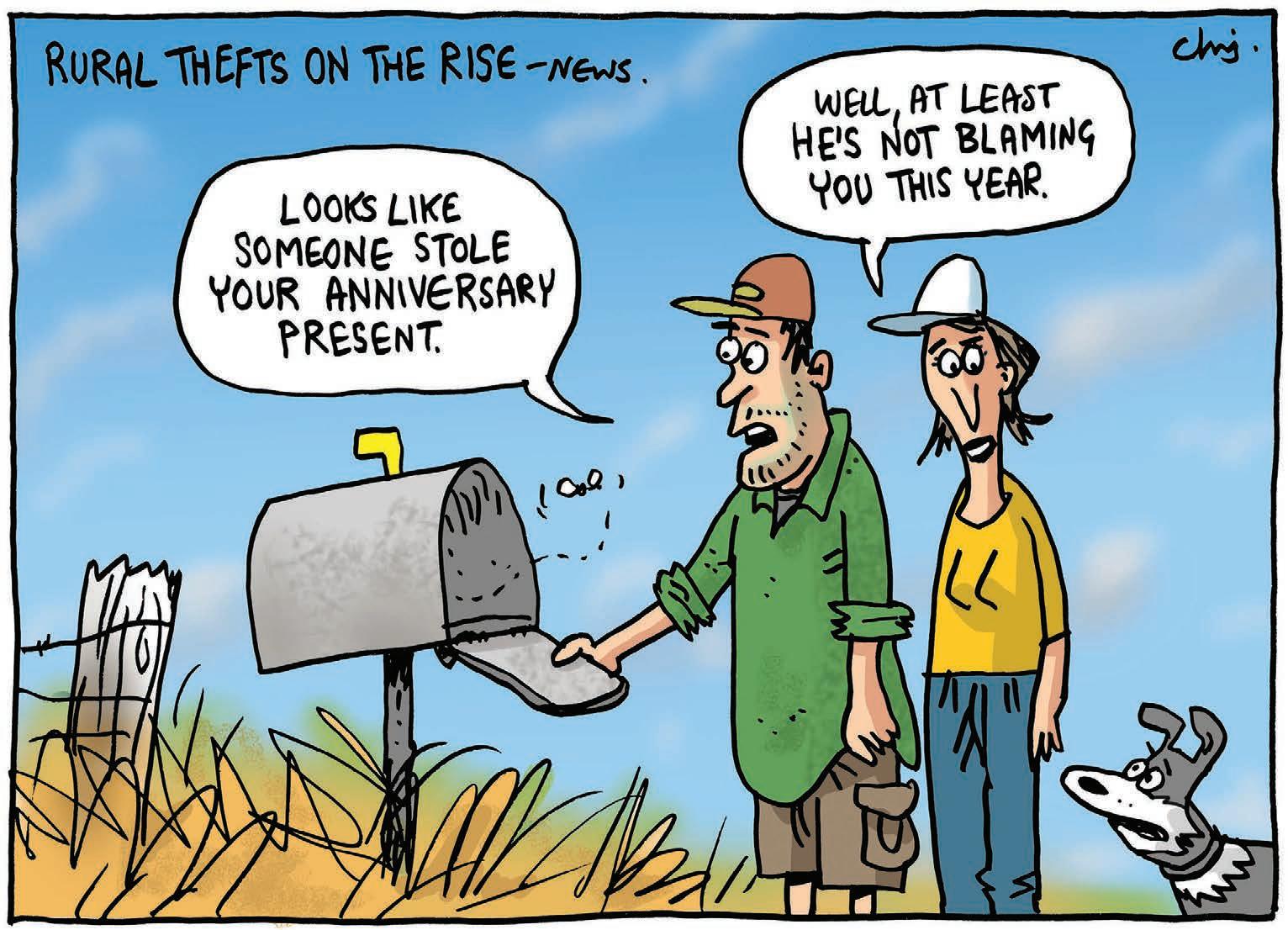
I THOUGHT the comments of Geoff Crawford, “Fonterra heads should roll” (Letters of the week, September 4), were unfortunate and made dairy farmers look like some of our own cows leaning over the gate, crying to be let into the next paddock.
Surely if he is a long-term shareholder he knows about the volatility of dairy prices?
He has just had a period of really golden weather and is crying out at the first shower of rain.
Yes, it is tough for some, particularly those with high debt and high production costs, but it was obvious if you chose to take any notice that there were impending clouds on the horizon.
What did he do to protect his interests? Did he, for example, put in for some of Fonterra’s fixed-price options?
What did he do with the 50c tax-free capital just received?
My banker tells me about customers who have not done anything as interest rates rise and just say to the bank “How are you going to solve my problem?”
other farming groups began airing their frustration at what they deemed to be inadequate government concessions and an unfair pricing burden on sheep and beef farmers.
Their language became even more aggressive last month when reacting to Agriculture Minister Damien O’Connor’s emissions reduction policy.
being asked to do more than their fair share.
The Climate Change Commission will review those targets in 2024, and the groups want this research included in those deliberations.
If it is, it will fundamentally change the way methane is managed.
Fonterra does its best to get the right returns, to maximise profits.
This particular board and management seem to have stabilised the ship and sought to prepare it for stormy economic weather.
Just venting against them in print doesn’t help, and looking for scapegoats gets us nowhere.
ADVERTISING
THE primary sector’s attempt to reach an industry-wide agreement with the government on reducing agricultural greenhouse gas emissions appears unlikely to be repeated, and not just because it has failed.
Wallace 03 474 9240 neal.wallace@globalhq.co.nz Williscroft 027 298 6127 colin.williscroft@globalhq.co.nz
Although the policy offered concessions to what had been presented by HWEN, such as delays to measuring and pricing emissions, DairyNZ labelled the policy “thoughtless” and Federated Farmers called it “tone deaf”.
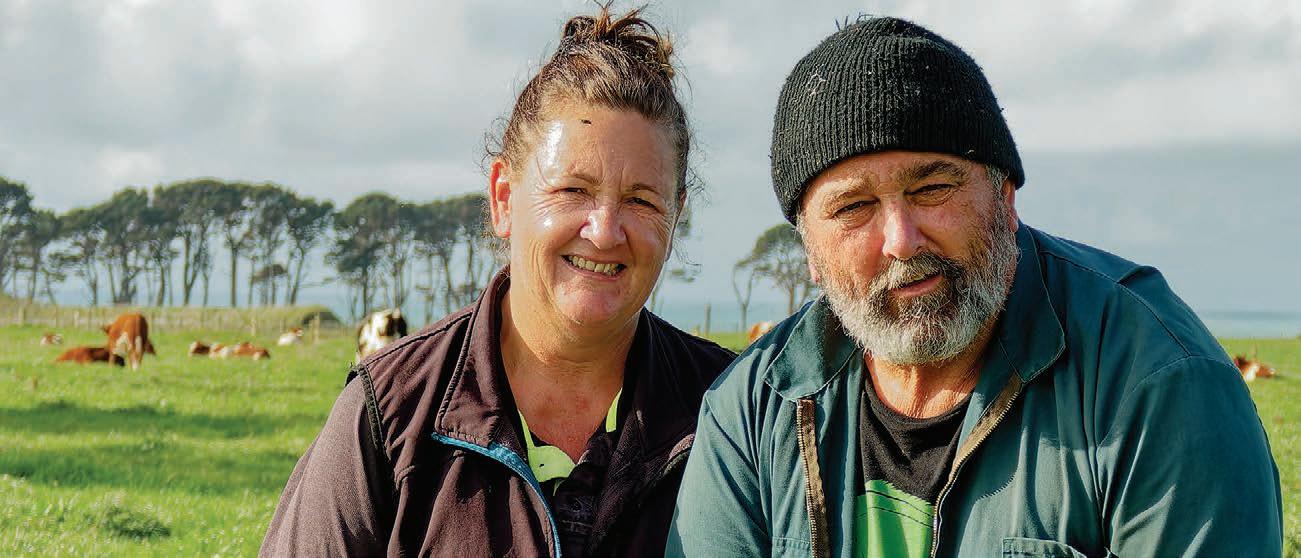
Andy Whitson 027 626 2269 New Media & Business Development Lead andy.whitson@globalhq.co.nz

The tone and approach of livestock groups towards managing and pricing emissions has become much more individualistic and assertive since June’s impasse between the government and the He Waka Eke Noa (HWEN) partnership.
Scott 021 908 400 annette.scott@globalhq.co.nz
Stringleman 09 432 8594 hugh.stringleman@globalhq.co.nz

Piddock 027 486 8346 gerald.piddock@globalhq.co.nz
Rennie 07 552 6176 richard.rennie@globalhq.co.nz
Steve McLaren 027 205 1456 Auckland/Northland Partnership Manager steve.mclaren@globalhq.co.nz
The report says that current methane reduction targets are large enough to offset the expected additional warming from carbon dioxide and nitrous oxide from the entire NZ economy.
ISSN 2463-6002 (Print) ISSN 2463-6010 (Online)
The tone of this response was due in part to the groups being given only 24 hours’ notice of the policy announcement, as well as a lack of detail, prioritising emissions pricing instead of systems to measure and report emissions, and its release coinciding with plummeting product prices.
Jody Anderson 027 474 6094 Waikato/Bay of Plenty Partnership Manager jody.anderson@globalhq.co.nz
The release last week of a scientific study of methane targets indicates farming groups are returning to more of an independent approach to managing agricultural greenhouse gas emissions.
Donna Hirst 027 474 6095 Lower North Island/international Partnership Manager donna.hirst@globalhq.co.nz
Debbie Brown 06 323 0765 Noticeboard/Word Only/Primary Pathways classifieds@globalhq.co.nz
They also found that if other countries meet their existing emissions reduction commitments, a 15% reduction in NZ methane emissions would mean NZ would have contributed no additional warming from 2020 levels.
Grant Marshall 027 887 5568 Real Estate Partnership Manager realestate@globalhq.co.nz
Andrea Mansfield 027 446 6002 Salesforce director andrea.mansfield@globalhq.co.nz
The increasingly assertive and confronting tone in dealings with the government leads to the obvious conclusion that industry-wide conciliation is effectively dead.
PRODUCTION
If countries significantly increase their reduction of methane, on the other hand, NZ would have to increase its reduction levels by up 27% – still lower than the current methane reduction target range of 24-47% –by 2050.
Stirling 021 136 5570 nigel.g.stirling@gmail.com
PUBLISHER Williamson 027 323 9407 dean.williamson@globalhq.co.nz
Until National Fieldays, the tone and approach of Beef + Lamb NZ, DairyNZ, the Meat Industry Association and Federated Farmers was conciliatory and collective as the 11 HWEN partners negotiated with the government.
Grant Marshall 027 887 5568 South Island and AgriHQ Partnership Manager grant.marshall@globalhq.co.nz
As Farmers Weekly reveals this week, farming groups are now doubling down on the science of methane, with the release of an international study commissioned by Federated Farmers, BLNZ, and DairyNZ from the universities of Oxford and Cranfield.
Javier Roca 06 323 0761 Livestock Partnership Manager 027 602 4925 livestock@globalhq.co.nz

But Federated Farmers, at first, and then
Lana Kieselbach 027 739 4295 production@globalhq.co.nz Advertising material adcopy@globalhq.co.nz
The stakes have fundamentally shifted and the approach of farming groups has significantly changed in four short months.
It could be said that this is in part a reflection of the hostility of many farmers towards the original HWEN proposal.
SUBSCRIPTIONS 0800 85 25 80 subs@globalhq.co.nz
The report includes the latest understanding of climate change, and raises the question whether New Zealand’s methane reduction targets mean farmers are
But equally it is an acknowledgment that science is continuously being added to and that new knowledge should be considered by decision makers – especially when dealing with NZ’s most important foreign exchange earner.
price”. Following the transition to the Flexible Shareholding structure, Fonterra implemented market maker arrangements to support liquidity in the Fonterra Shareholders’ Market.
We also have the ability to buy back shares as part of our ongoing capital management programme, where we see it as the best use of capital.
In my view
Peter McBride McBride is chair of FonterraDAIRY farmers are doing it tough right now as we face into a declining milk price environment that is below break-even for many. Spurious suggestions that their co-op might fall victim to a corporate takeover creates extra anxiety that farmers just don’t need right now.
Fonterra’s constitution provides several safeguards that ensure farmer ownership and control of our co-op. Protecting this fundamental principle was central to our conversations when designing the Flexible Shareholding capital structure.
To acquire shares in the co-op you need to be a landowner/supplier or an associated shareholder. There are safeguards and limitations
in place constitutionally around consolidation risk, notwithstanding the significant capital required.
Voting rights for farmers are limited to their milk supply, and individual shareholdings are capped at 5% of total shares on issue. Changing this would need the support of the board, the Fonterra Co-operative Council and 75% of shareholders.
In addition, it’s no longer possible to convert co-op shares into units.
The aggregate threshold and cap for the Fonterra Shareholders’ Fund were reduced as part of the Flexible Shareholding capital structure.

The cap is now 10% and it is currently sitting at 6.7% of total shares on issue.
As well as the constitutional change, the implications under New Zealand’s regulatory framework – including the Dairy Industry Restructuring Act –would also need to be considered.
Aside from the constitutional and regulatory framework, the co-op’s current strong financial
position and performance is also a significant barrier for any corporate to overcome. The improvements to our key balance sheet metrics have continued this year.
Our Flexible Shareholding capital structure has only been in place since March. It’s working broadly as expected and we are comfortable with the liquidity in the market – which we continue to support.
There is a misconception that Fonterra is active in the market to “prop up the share
Our share price has come down. This was a well-signalled consequence of moving to a restricted market and communicated clearly before shareholders voted to support the changes. There has also been a share price impact as a result of the recent capital return. Over time we expect that the price will reflect the co-op’s financial performance, and the value farmers see in that. Ultimately farmers will determine the value of the shares, given farmers can only buy and sell to each other. I hope that clears things up for farmers, and the many other Kiwis who take a keen interest in our co-op.
Despite the very real challenges the industry faces this season, the longer term outlook for NZ dairy remains positive. The world wants sustainable NZ milk. Fonterra is in a strong position to meet this demand and our current balance sheet gives us a lot of options to create more value – which is exciting for our future.
Remove tax on food at the production end
... In my view
Stuart Chambers KarakaTHE food growers of New Zealand, whether of fruit, vegetables, dairy, meat or grain, should all be exempt income tax on the profits from their produce.
Food, as everyone knows, is a basic human necessity. It comes before clothing or shelter, or anything else as the essential item of survival, and cheap food has always been considered a basic human right.
But food today has become costly. This has denied people the cheap rights of old, causing political parties to place an emphasis on the cost of food cost and a desire to make it more affordable.
Recent discussion seems to suggest that the way to do this is via the taxation system, so overall tax cuts, or the removal of GST from food, have been at the forefront of this concern.
Many agree with these suggestions and take comfort in the political concern, but are simple tax cuts or GST removal the best way to get long-lasting results?
I suggest that bringing down the initial cost of production of food, with the removal of income tax from its profits, would be a better long-term solution and give a return to consumers of a plentiful supply of food, and cheap too.
Whether the current
suggestions of politicians will result in cheap food remains to be seen but history shows that the way to cheapness starts with the growers – by bringing down their costs of production. Food will always be cheap if it is cheap to produce in the first place.
We only have to look at some Pacific or African countries to know that cheap food is possible. Many such countries grow what they can in their private gardens and sell the surplus for whatever they can get in the local market or at the gate. This is known as the “vegetable garden” concept of food production.
What is earned at the market or the gate simply goes into the grower’s pocket to be used to
pay for such things as children’s education, or maybe even to put a corrugated iron roof on a currently thatched house. No portion of this profit goes back to the government.
This simple and ancient system could quite easily be introduced into New Zealand by allowing all profit from food production to be tax-free to the grower. If such a system was introduced the food market would quite quickly become heavily supplied and food prices would drop, so answering the politician’s prayer for cheaper food. Further, there would be more food for export with consequential increases in overseas exchange earnings.
If you look at NZ’s agricultural
history, you will read that the country was built by food growers working under a taxation-free exemption.
Taxation for landowners was not introduced until 1891, and then it came in the form of a land tax based on the market value of the land. This tax was aimed mainly at breaking up the very large land holdings and aimed at the wealthy.
As a means of breaking up large landholdings it was not very successful and so in 1917, to remedy this, a progressive tax of up to seven pence in the pound was introduced, based on the land’s unimproved value. Absentee owners paid an additional 50%.
In 1930, only land with unimproved values of over £7000 was taxed, but income tax was levied on everyone. Land tax was later removed and income tax increased, but by this time NZ was a greatly developed agricultural nation, its agricultural development having been largely due to the incentives from its many tax-free years.
If political parties want cheaper food, they should look at this agricultural history and realise that NZ as we know it today was built largely on a tax-free profits policy for food growers to the eventual benefit of all.
operating outside of the business cost/plus situation.
A system of income tax-free profits would help to achieve this with benefits to all. It would also make the ownership of land more rewarding and secure due to the higher income returns experienced by the grower.

To uphold the rights of consumers to cheap food, the cost of growing food has to be minimal. This allows it to take into account problems such as inclement weather and the inflationary pressures it encounters for largely
This would slow land sales as a way to greater riches so the spread of pine trees on good farmland, or town subdivisions into the countryside, would ease.
be older males with, preferably, a pedigree. Everyone took themselves extremely seriously.
My biggest issue with the current industry good bodies has been their insulated culture and approach.
The prime reason for their existence seems to have been to protect their bailiwick.
That hasn’t served farmers well over the years, with wasteful duplication being the norm.
It only makes it easier for the powers that be to divide and conquer. It is easy to achieve policy objectives if you are dealing with a variety of groups, especially when they don’t co-operate – as has been the case.
That changed with the formation of Groundswell. It was grassrootsfarmer-led and totally focused. It picked its key issues and went for them.
Groundswell’s major achievement has been to motivate farmers to make themselves heard. That resulted in changes being made.
In BLNZ’s case there was a change of chair and a new board member. We now have a young woman who is a successful farmer and businessperson running BLNZ. That would have been unheard of 20 years ago.
contribution to DairyNZ.
THE upcoming DairyNZ election for directors will be interesting. There are 13 candidates for just two seats at the board table, which is highly unusual but positive in my view.
The chair, Jim van der Poel, is standing again, along with 12 other hopefuls. He’s been on the board for three terms.
This year has seen a change in the approach of farmers to their industry good organisations, and the recent Beef + Lamb New Zealand (BLNZ) director election was testament to that. It will be interesting to see what happens with DairyNZ.
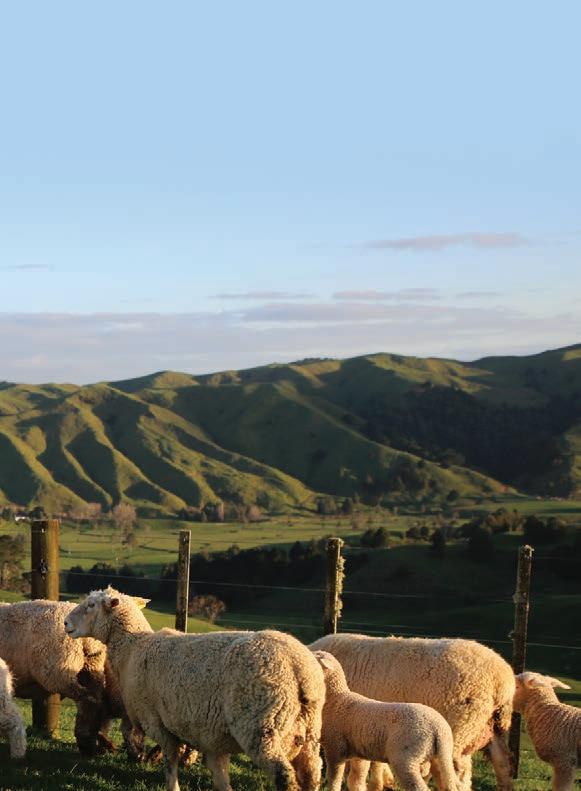
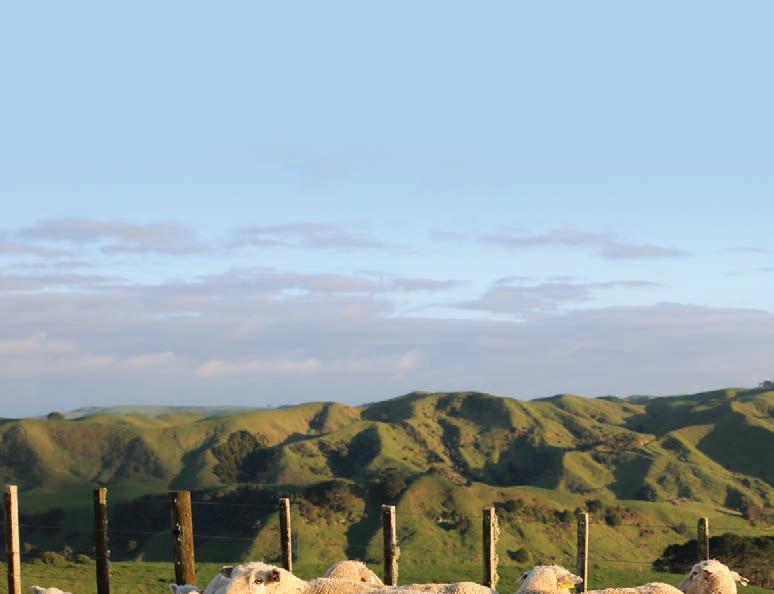
I’ve always had questions about our producer boards and the industry good organisations as I’ve seen some incredible stupidity over the decades.
Going back to the old Meat Board, Wool Board and Dairy Board, I’d question what those boards actually achieved.
The exception would be the Dairy Board, which was lean and focused. It achieved a lot for dairy farmers. The Meat Board tended to come and go and the Wool Board was an utter and complete waste of rations.
Directors back then tended to
A simple example of that siloed approach would be lobbying, which Federated Farmers does, or advocacy, which is effectively lobbying from the levy groups. They are highly specialised disciplines.
He Waka Eke Noa showed just how out of touch the levy organisations are, with the resultant farmer revolt.
It also has a new board member, Geoffrey Young from Southland, who has been involved with Feds so is tuned into what farmers are thinking.
The organisation will be the better for it, and from my observation the changes already made have been considerable. The question now is whether it is DairyNZ’s turn to go through the same reform process. It does have Professor Jacqueline Rowarth and Chris Lewis on the board, both of whom I rate. Colin Glass is standing down and Van der Poel is up for re-election.

Selecting two out of the 13 contenders will be difficult as there is a variety of talent stepping forward.
The dairy industry has some massive challenges on the horizon. It needs the right people in the right roles to handle those challenges and ensure a profitable and sustainable industry going forward.
So from here on it is up to the dairy farmers to choose two out of 13. Voting opens in just a few days and it is really important you have your say. It would be incredibly disappointing to have a low turnout for such an important vote.
Federated Farmers knows what its membership thinks. It has to if it wants to stay in business; it is easy for a farmer to leave Feds. Alas, that’s not the case with the levy organisations. There is a vote taken every six years and only a few farmers bother to turn up.

Farmers are effectively locked into a tax on production for six years and the beneficiary can almost do what it likes over that time. The levy has been voted in –there is no need for accountability and in many cases there hasn’t been.
With the number of candidates it is inevitable that the vote will be split, which would give the chair an advantage as I see it. Time will tell.
Shane Ardern has put his name forward, which surprised me a little. He bruised his knuckles, certainly with the free marketers in his National Caucus, over the formation of Fonterra, which cost him the chance of a cabinet role in the Key/English government.
I was impressed with the way he stuck to his principles against considerable odds. Without him we wouldn’t have Fonterra.
He would have made a good minister. He is certainly a good farmer and would make a valuable
Thursday 12 October, 10am – 4pm

Waimai rams are bred to give you a low input flock, with selection for facial eczema tolerance, worm resistance, low methane, low dags and large breech. At the same time, their production traits make you money: strong growth, high fertility and good survival. Join us on our journey toward creating a more profitable low input sheep.

John King
King is the author of Curiosity –Farmers discovering what works
THE Brougham lecture last month by Dr David Chapman highlighted what the dairy industry has suspected but has not been able to prove – that almost all increases in pasture productivity over the past 30 years are due to the addition of nitrogen and supplements, not skill of grazing management.
According to Chapman, New Zealand dairy can potentially achieve 15,000kgDM/ha on
dryland and 20,000kgDM/ha with irrigation. The majority of farms are not achieving this. In fact, pasture productivity over the past decade has stagnated or declined. While nitrogen use is wobbling, the increasing use of supplementation to replace pasture is generating around 20% of milk production.
When I ask dairy farmers about this trend, they say recent Forage Value Index studies illustrate the sobering issue of fertiliser effectiveness.
Higher index ryegrasses, the desirable productive species, grew only as much biomass as lower index plants. Dry summers
Continued next page
841 Waimai Valley Rd. Thursday 2 November, 1pm. We will also be using online auction platform bidr.co.nz. 150 Romney rams and 40 CharaBlack terminal rams available.
Private treaty rams enquiries from 4 November.
ALASTAIR REEVES
07 825 4925 or 027 457 3615
waimairomney@gmail.com
waimairomney.co.nz
Farmers are effectively locked into a tax on production for six years and the beneficiary can almost do what it likes over that time.Alan Emerson Semi-retired Wairarapa farmer and businessman: dath.emerson@gmail.com
It can be hard to see from our little island in the South Pacific. Harder still when we’re focused on the day-to-day needs of work, family and community. But the guardrails that enabled and protected decades of global prosperity are starting to fail.
Our climate is becoming more extreme. The United Statesled order of free trade and peace is fracturing. Potentially destabilising technologies like Artificial Intelligence are advancing exponentially. Disinformation and alternative truth are dividing us. Cheap energy is ending.
Daniel Eb
Daniel Eb helps Kiwis connect with farming through his agency Dirt Road Comms and Open Farms. His family farms in Kaipara. eating.the.elephant.nz@gmail.com
In this series, the lads each write to the next prime minister
THERE’S an expression I like: “Hard times create strong leaders, strong leaders create good times, good times create weak leaders, weak leaders create hard times.”
It’s about the rise-and-fall cycle of societies – a rhythm that has defined human history. The optimist in me looks at the unprecedented growth and peace of the past 70 years and thinks that maybe we’ve broken the cycle. That the stability and progress I, my parents and grandparents have enjoyed might be the norm now.
As a father to a two-year old, I desperately want to believe that. But that’s a fantasy. The truth is that we are heading for hard times.
Continued from previous page
and cloudy, wet springs didn’t help but it brings into question the intentions of plant breeders in only generating cultivars reliant on near-monocultures, agrichemicals and synthetic fertiliser.
Exposure to inflating production costs is never a priority.
Another serious limitation Chapman raises is how grazing at sub-optimal leaf stage is reducing productivity and costing farmers.
Considering the close relationship between forage consumed and profits, has this alarm bell arrived in time?
Farmers willingly over-use fertiliser, which drives overgrazing and reduces pasture longevity.
This behaviour is a result of professionals exploiting fear to lift fertiliser sales because farmers would rather spend a sum of money to prevent a loss (of pasture production) than invest that same money, or less, for a gain of similar dimensions. Ask any economist.
Labelling these excess inputs as the industry minimum for national production is how professionals skilfully lobby the government to maintain current input levels while successfully increasing farm costs and environmental pollution.
Prior to the 1980s professionals like dairy consulting officers did
You don’t need to be an economist or climate scientist to feel these threats. The signals are all there. There are the daily news articles we usually ignore – like the population crash of Antarctic penguins due to ice loss or the breaking of yet another global heat record.
Closer to home we feel it in the ever-rising cost of food, petrol, building materials or farm inputs. It’s in the unprecedented storms of this winter and the occupation of Parliament.
This is not a popular perspective. But honestly, Chris, I’m done pretending that everything is okay. And I think more and more New Zealanders are starting to feel the same way.
We’re not extremists or preppers, and we’re not looking for people to blame.
We just see the stability and opportunities that were afforded to us being lost for our kids.
We want a leader – you – to talk openly and honestly about the hard times ahead and call for the
just that. They spoke with farmers (as opposed to them) about issues. They had practical backgrounds, knew the local area and properties, and they prided themselves on being observant and independent thinkers. These people could not exist in today’s homogenised, computerised corporate culture where only figures matter.
Do professionals actually talk with farmers today or is consultation now a strategy
transformative changes we need to safeguard our future.
But all I’m seeing from you and the other Chris are marginal policies that tutu at the edges of our core systems. The environmental and economic foundations our lives are built on are starting to falter, and all you guys are talking about are tax tweaks and GST-free veges!

That’s why the minor parties are performing so well this year. They are calling for system change at a time when many are losing faith in the business-as-usual model you two represent.
Let’s look at one acute example. Eighteen months ago a ship wedged itself in the Suez canal and the global economy ground to a halt. A few degrees astern and the global system we depend on for healthcare, transport, food production and everything in between, stopped. To meet this existential risk (made worse by the invasion of Ukraine), we have the newly signed, bipartisan
groomed in communication techniques for funnelling farmers’ focus on modelled predictions? Graduates emerge bursting with intimate knowledge of software programming. They’re taught that technology trumps all and use it to wrestle farmers into submission. Being unable to comprehend the limitations of their own education, they never question the hand that feeds once employed.
Improving Fuel Resilience Bill –mandating just 28-days’ worth of fuel reserves.
The harder times ahead will demand a different type of leadership.
In good times, it’s fine not to rock the boat and ignore calls for deep reform. But that’s not where we find ourselves – at least not for much longer.
Harder times need leaders who are prepared to stake their political careers on doing the impossible. They shepherd people through the uncertainty and pain that genuinely transformative effort inevitably creates. They tell us why our sacrifices will be worth it – that one day our kids will thank us for it.
History is littered with examples of strong leaders who were offered an easy path, but chose a great struggle instead. Kate Sheppard, Sir Āpirana Ngata, Nelson Mandela and FW de Klerk to name a few. Despite the reality that hard times lie ahead, I remain
Yet calculations often suffer from the bias of averaging. Science loves averaged data because it fits neatly into the equations and models scientists design. Outliers, on the other hand, do not. They avoid these because outcomes can’t be explained by models. Averaging data creates errors because it can’t accommodate the variation found on real farms.
Such averaged data was why a Crown judge questioned policy, consulting and scientific communities on how they could impose penalties on farmers based on software that was out by up to 50%. It’s this injustice created from biased modelling that spawned blowback like Groundswell.
Using modelled figures to change communication with farmers was completely intoxicating corporate professionals with superiority by the mid-2000s.
Attending a Lincoln University dairy farm field day at this time, I was conversing with staff overseeing pasture management, people I respected. They were celebrating how well the season was going based on their computed predictions.
Having hit their KPIs perfectly, they commented that herd manager skills barely mattered; they could hire someone off the street.
convinced that human beings, and Kiwis in particular, are awesome. Once we stop ignoring our problems and get stuck in, there’s few things we can’t do. In the spirit of solutions, here’s a few system-change policies that would win my vote:

A genuine food security strategy that addresses access (25% of Kiwis sometimes go hungry) and health (we’re the third most obese country on the planet), onshores input production and drives local food & farming economies. A government-guaranteed job in nature-based climate adaptation projects. An energy security strategy that insulates us from global shocks through renewable electrification, rail and public transit investments. A coastal shipping network. Re-localisation of manufacturing for critical goods. A national citizen service programme to train our young people for the hard times ahead. Good luck, Chris. I hope you can be the leader we need.
Why pay for a whole person when it takes only a finger to push a button?
Allan Nation, the late editor of Stockman Grass Farmer, made the following observation: technology increases risk because those addicted to it forget basic production principles resulting in the opposite of its original intent.

Graduates emerge bursting with intimate knowledge of software programming. They’re taught that technology trumps all and use it to wrestle farmers into submission.
Are Chapman’s findings a hangover from professionals failing to question the foundations of their own culture? Is overreliance on computer-generated advice pushing farmers to overrun their own headlights?
Goodness knows whether Chapman’s findings will shake the foundations of dairy pasture management. What’s certain is that tech companies will climb over each other claiming their artificial intelligence can autocorrect this crisis ... with farmers willingly paying for it.
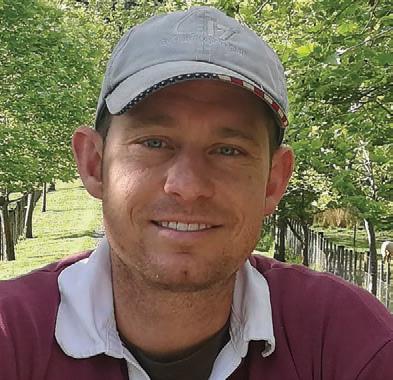

At the age of just 14, North Canterbury’s Pieta Sidey has her own sheep stud. She talked with Annette Scott about being a young farming female.



PIETA Sidey’s love of farming started when she was just a toddler, but it wasn’t until she got older that she discovered a need to prove that a girl can become a farmer.
Hailing from the sheep-farming district of Hawarden in North Canterbury, 14-year-old Pieta is the daughter of Andy Sidey and artist Anna Buist-Sidey, and is a boarder at Rangi Ruru.
She heads into Christchurch on a Monday for school and is home on Friday to tend to her farming business.
“I leave Dad in charge of my sheep during the week. He keeps me updated, lots of messages back and forward and photos, especially now with lambing,” Pieta says.
“I have loved farming my whole life, but I always thought that only boys could farm, so instead I got into horses.”
It was helping to show the family’s stud stock at A&P shows that got her thinking.
“I had struggles with people saying girls can’t be farmers and that it should be my brother holding the sheep at the shows. When people asked me what I wanted to do when I was older, I would say I wanted to be a farmer and they would laugh at me.
“It used to frustrate me quite a lot, sometimes I would get upset and angry. I never quite understood.



“When I was younger, I was always out on the farm with Dad, on the motorbike round the sheep and feeding out.
“Dad has always been extremely supportive. I thought it would be normal to farm with him.”

Younger brother Harry was about to lose his place in the show ring – but that’s okay, he’s
more interested in tractors and machinery than stock these days.
After a few too many injuries riding horses Pieta decided to stop jumping and just go for quiet farm rides.
“I had more free time and I always ended up helping Dad shift sheep and cattle and helping with drafting, lambing, crutching, drenching – everything I could really.”
With dyslexia and anxiety, she has found school something of a challenge.
“I have always struggled at school, and I still do, but farming is my passion and the only thing that doesn’t bother me
“I don’t have to worry and it feels very normal for me home on the farm.
“I fell in love with farming and have found I am always my happiest doing that.”
At the age of 12, during the covid lockdown, Pieta happily bottle-fed 10 or so lambs and had the bright idea that she could breed from the ewe lambs.
A call to her grandfather Doc Sidey sparked the beginning of her Corriedale stud.
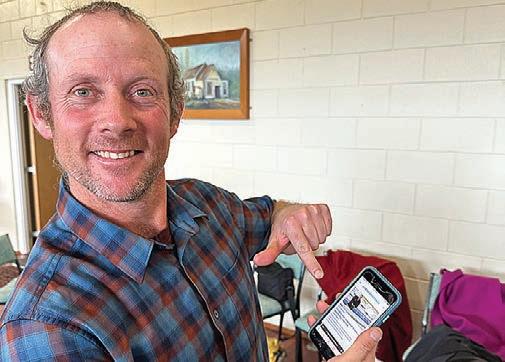
“I rang up my grandfather and asked to have a meeting with him. He’s 78, has been farming his whole life and still is at the moment.”
There was a condition to the meeting.
“He said he’d be there for a meeting only if there were scones, so I agreed of course.”
Pieta proposed her plan.
“He thought it was great, but he had an even better idea.
“His idea was to sell all my bottle-fed lambs to my dad and with that money purchase four Corriedale two-tooths off him. They will be purebred Corriedales

and will be able to have lambs that year.
“As I am a bit of an impatient person, I thought it was the best plan.”
Pieta is now the proud owner of Mallochvale Stud, boasting eight Corriedale ewes and four ram lambs.
She has the upcoming Canterbury A&P show in her
sights to show her best ewe.
Her longer term goals are to increase the stud flock by four or five ewes each year and to “sell a ram of my own.”
Pieta says when she first started “I felt there was no female to talk to or look up to”.
“All I want to do is show young girls that they can do this no matter what.
“I would say to them just do it, be determined, make it happen.
“I am determined, I made it happen and I just want to share these little bits of my life so if my ideas or my plans help anyone that’s all I want to do.
“People say to me that I am so lucky and yes, I am. I was blessed with a loving, crazy, caring, fun family.
“I wasn’t lucky to have my own business. I am intelligent in my




own way, I worked really hard for it and that’s not what I call luck; that’s what I call a lot of hard work and determination.
“I put blood, sweat and tears into my stud and I still do, but I am extremely grateful for my family supporting me unconditionally.”
Pieta is the fifth generation on the Sidey land and her biggest goal is to one day take over the family farm.
“I would be very proud to carry that on and share the same experience I have had with my own kids in the future.”
Currently the 730ha farming operation takes in a 60-40 mix of cultivated land and hill country running 80% sheep, including 300 Corriedale Stud ewes and 130 Poll Dorset stud ewes, with 20% cattle including the Jandoc Stud Herefords.
I put blood, sweat and tears into my stud and I still do, but I am extremely grateful for my family supporting me unconditionally.Pieta Sidey Mallochvale Stud LEARNING: Owning and managing a business has been a journey of determination and hard work for Pieta Sidey.
Federated Farmers are proud supporters of MENTAL


18th - 24th September 2023
We know it can be really tough to reach out when you’re struggling but we need to break the stigma and make sure nobody in our rural community gets left behind.

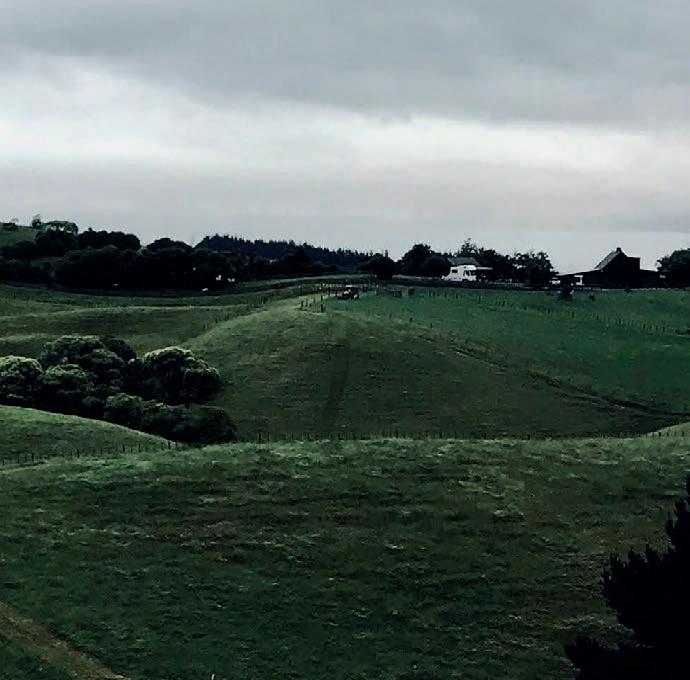
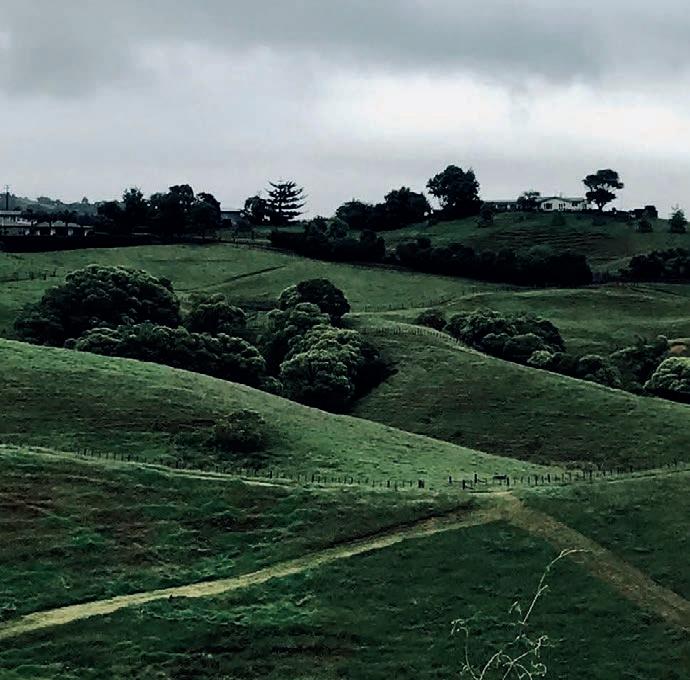

If you’re:
• Still recovering from Cyclone Gabrielle

• Worried about money
• Going through a relationship break up
• Just not feeling like yourself
Make sure you reach out to your family, your mates, or whoever you feel comfortable talking to.
You can also speak to your local Rural Support Trust
0800 787 254

They offer great support for our farming community.
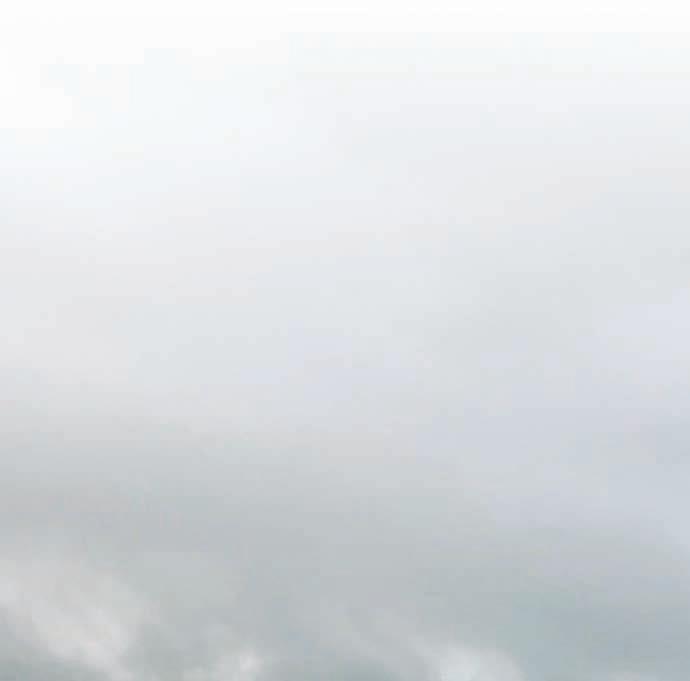








Vol 1 No 3, September 18, 2023 fedfarm.org.nz

Take incredible pride in being a farmer, putting nutritious food on others’ tables. But beware of letting your farmer role become your entire sense of identity.
“The thing with farming is that you could be doing a great job but outside factors, or decisions you’ve made based on expectations of the weather that didn’t pan out, trip you up and make you feel like you’ve failed,” Richard McIntyre says.
“Our sector is always going to have peaks and troughs. If you’ve let farming de ne too much of who you are, then when those troughs are really serious and you feel like you’ve failed, the risk is you start asking yourself ‘well, if I’m not making the grade as a farmer, then I’m not making the grade as a person either’.”
It’s Mental Health Awareness Week from September 18-24, and the Federated Farmers Dairy Chair says during long hours in the milking shed and on the calving run, he’s had







My kids knew nothing about all the stu happening on farm and didn’t really care. They just wanted to see their Dad.
plenty of time to ponder the farmer psyche.
“Farming is a lifestyle more than a career in so many ways. You live where you work and the pressures and obligations are 24/7.”
“I think farmers, more than any other group, get wrapped up in that identity of what they do. It’s why when someone attacks farming, the impact on the environment, what happens to the animals or whatever, they can feel personally attacked.”
Richard says he’s proud to introduce himself as a dairy farmer when he meets new people. But his Twitter feed notes he’s a husband and father rst “because it’s easy to forget that.
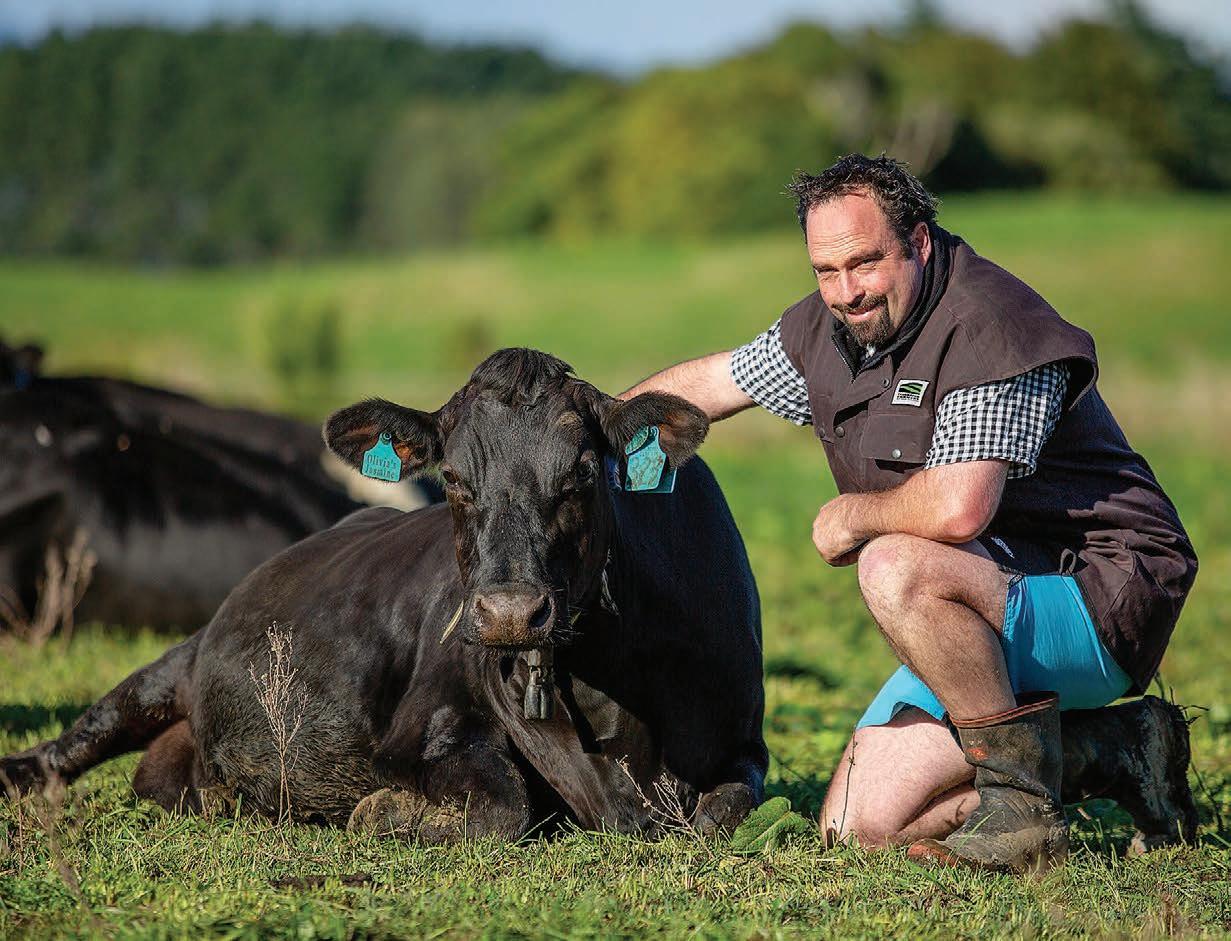
“I could stop being a dairy farmer and still be me.”
Like the vast majority of farmers, Richard says he’s experienced highly stressful times, such as when they rst bought their herd, the milk price dropped signi cantly and there was absolutely no money to spare. He’d come home after a tough day, feeling weighed down with the workload, the responsibility of those who are relying on him and knowing they were going backwards nancially. His children were his antidote, his reminder of what really mattered.
“My kids knew nothing about all the stu happening on farm and didn’t really care. They just wanted to see their Dad.”
Richard believes it’s really important for mental wellbeing
to have things going on outside farming to give you perspective.
“One of the things I love about Feds is that it lifts my mind up above my own farm. I get to see how it is for other farmers in the district, and right around the country.”
There’s truth in the saying ‘a problem shared is a problem solved’.
“Everyone goes through the ups and downs, just by virtue of being a farmer. It’s about how you manage it.”
It tends to be the farmers who try to tough it out on their own, maybe not even talking to their partners about what they’re going through, that get out of their depth.
“If you’re not meeting up with your mates like you used to, or you’re no longer doing those things outside farming you enjoyed – they’re warning signs.”
Richard says he was reading about an elite athlete who said ‘you know you’re over-doing it when you meet more than two bastards in a day’.

“He was saying that level of grumpiness, where little things wind you up, is a signal you’re not in a good space.”

Thankfully, there’s good evidence now that farmers are more willing to reach out when they’re struggling.
“The more that we can get it out there that it’s smart to talk about these things early with family, with mates, with experts…to work out a plan, the better.”
Taking time out is not as easy an option for farmers as it is for other occupations/vocations. In many jobs, when the workload is overwhelming there are others who can take over, or the tasks can be
left until next week without it all crashing down. In busy parts of the season, some farmers can go for months without a day o .
As the Federated Farmers 2023 Employer Report underlined, di culty of recruiting in rural areas, and farm cost increases running at double or more than in ation limiting the nancial ability to take on extra sta , take a toll. Findings from more than 450 farmers surveyed included:
Just 15% of employers reported paying themselves well, 17% only paying themselves well because they have less sta than they need; half paid themselves less than sta , 11% do not pay themselves at all.
Most of those who reported not paying themselves well or were only doing so because they employed fewer sta than required also reported an impact to their mental health (72% to 89% respectively).
The impact on mental and physical health was the most severe in those who were able to pay themselves a good wage but only because they forged on with fewer sta than needed.
This group reported their mental and physical health impacted at 89% and 80%, respectively. This emphasises while there is a nancial bene t, it is a sure- re way to be burnt out/increase your risk of an accident.
Richard said it’s often hardest on the person at the top – the owner/operator, the employer, the sharefarmer who ultimately carries the can. They have duty of care to make ends meet, duty of care to other sta , duty of care not to breach



any regulations, and duty of care to the animals.
That last one can weigh very heavily, Richard says.
“I think some people might regard farmers as, I guess, a little bit cold-hearted at times about their livestock but it’s not the case. Farmers are there because they love looking after animals and feel an immense duty of care.
“In dairy, for example, you know your cows. You milk them every day.
Often you’ve raised that cow from when it was a calf. You know their mum and you actually chose their sire.
“I know most of my cows from sight, before I even look at their number. They’ve got their own personalities, or you’ll remember them because of some event – this one calved in the middle of a stormy night, that one who had triplets.
“There’s this real connection. So when there’s not enough cover because of a wet winter or a drought, or because there’s no money to buy more feed, it is incredibly stressful.”
Those duties of care never let up. It’s often not possible to escape the stresses for a weekend because the animals still need to be cared for, and often no-one else knows the farm well enough to step in.
Fortunately, says Richard, the Rural Support Trusts have people – retired farmers often – who can take over to give an owner/operator at the end of his/her tether a break.
“That’s my main message, I guess. You’re not alone. Others have gone through these things, and still are. The real failure can be not sharing your worries, or asking for help.”
Farming, like professional rugby, is a job with a lot of challenges, says Farmstrong Ambassador Sam Whitelock. That’s why it’s important to look after yourself by investing regularly in your wellbeing.
International research has found that people who thrive have five habits in common:
Staying connected with mates
• Keeping active
• Taking notice and enjoy the simple things in life
• Learning new things to keep fresh
• Giving back to friends and community.
“These five habits help keep life in perspective when the going gets tough,” Whitelock says.




“That’s why I’ve made them part of my life, because whether you’re a rugby player or a farmer there are always going to be things that you can’t control. In rugby it might be the ref, in farming it’s the weather
and prices.”
The Five Ways to Wellbeing make a big difference. They have a positive, cumulative effect over time and make you much more resilient, the All Black lock said. This gives you something to draw on when you are under pressure. It also makes you healthier and more productive on the farm.
Paul Walker, who runs a 300-cow, 90ha dairy farm in Pongakawa in Bay of Plenty, is a big fan of the Five Ways.
“I like the Take Notice one. I make sure I enjoy the little moments in farming. Snapshots, I call them. The things you get to see in farming that other people never see. You’re waiting for a cow to calve at midnight, and you’ve got a sky full of stars. I take that all in and it gives me a lot of satisfaction.”
It’s the same approach that Federated Farmers President Wayne Langford used to lift himself out of depression six years ago. His YOLO (‘you only live once’) approach – stopping to savour the good moments in daily life, big and small – gained a huge following on social media.
Sam Whitelock Farmstrong ambassador“In farming you could just keep going 24/7 if you wanted to. There’s always something else you can do. But no one can go hammer and tongs the whole time. You’ve got to look after yourself or you’re not going to last,” Walker said.
“The Farmstrong website has so many resources that can help. It’s really simple stuff – eat well, sleep well, lock in the Five Ways and then you can function properly and everyone around you benefits –farm, family, staff.”
Whitelock reckons you’re noticing

good moments, making daily connections, pulling on the running shoes, learning something new or volunteering your time, the Five Ways to Wellbeing can really help you live well and farm well.
“Different things work for different people, so my message is – find

out what works for you and lock it in.”
Farmstrong is an award-winning rural wellbeing programme that helps farmers and farming families live well to farm well. There’s a heap of farmer-to-farmer videos, stories and tips on the Farmstrong website.

Milk payouts look dismal this season and early action is the best course. But keep the long term in mind and don’t let it all fall on your sharefarmer.
Leedom Gibbs, Federated Farmers
Taranaki Vice-President and Farm Owner Chair, says that was the key takeaway from an excellent Rural Professionals webinar featuring Brendan Attrill, a veteran Feds leader in Taranaki and now the province’s DairyNZ lead.

“With the labour market very tight, looking after good people as much as you can is very important,” Leedom said.
Here’s her summary of key points Brendan made to farm owners in the webinar:
• Focus on stability for your people on farm – this will build better, long lasting relationships with your sharefarmers.
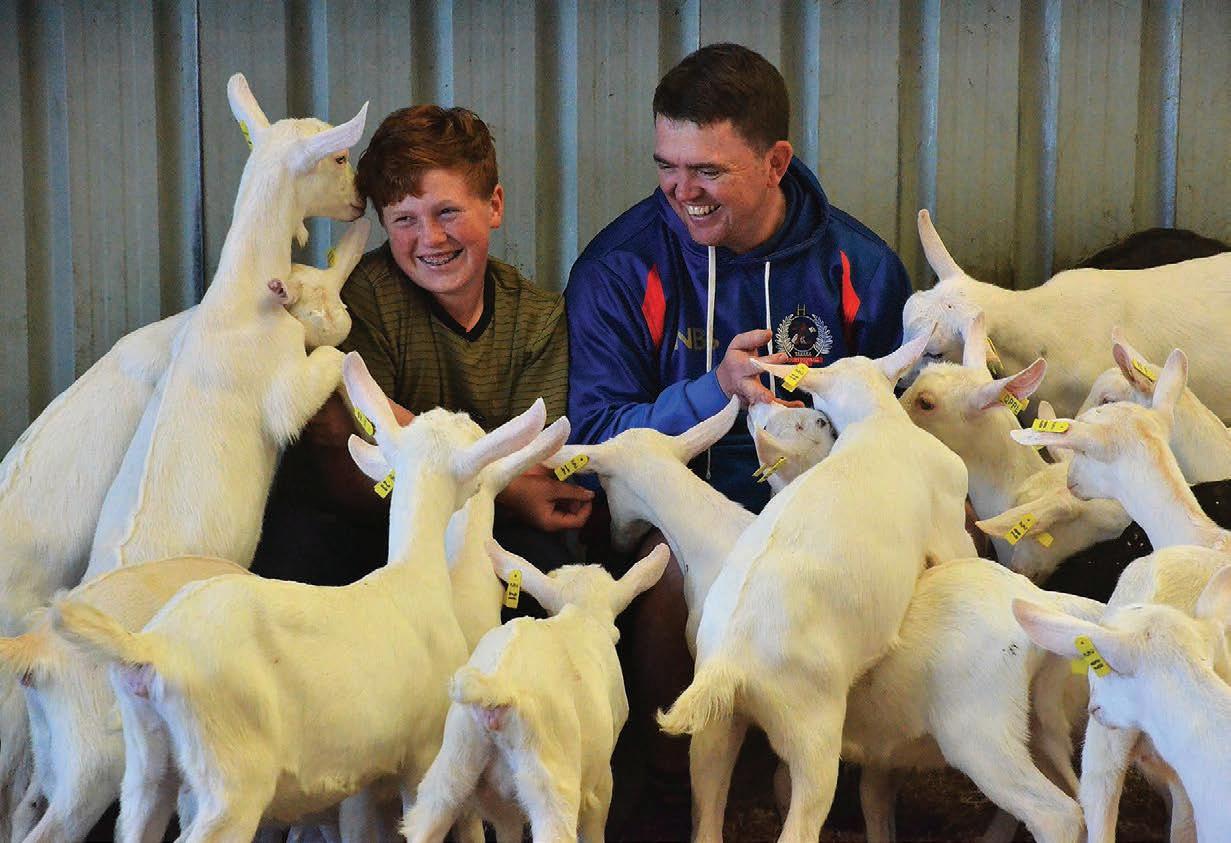
• Open the books as much as you feel comfortable with to be
transparent with the position you are in, especially where you are asking your sharefarmers to make cuts to production (and their income) to manage on farm spend.
When looking for savings, cut your own spending first, then R&M and then finally if you need to, have the conversation with the sharefarmer on where spend for production may need to be cut. A sharefarmer will not stick around
if they have had their income cut drastically but don’t see you making any changes to your lifestyle.
• If you need to reduce spending that will impact production, this needs to be a conversation with the sharefarmer, not a surprise. They need to be able to adjust their business to accommodate this which may include laying off staff, taking a job off farm, and/or seeking an
extension to their overdraft (which may not be granted by their bank). It is important you accommodate their changes if you expect them to accommodate your changes.
• Seek advice if you intend making any changes that may impact your sharefarming agreement (or if you aren’t sure) – Federated Farmers members can use the 0800 Farming line to speak to the legal team and policy advisor.
Whether you’re a rugby player or a farmer there are always going to be things that you can’t control. In rugby it might be the ref, in farming it’s the weather and prices.
If calls to the Rural Support Trust are a barometer of farmer stress levels, the dial is most certainly on ‘high’.
Neil Bateup, the farmer who founded the Waikato-HaurakiCoromandel Rural Support Trust in 2004 and chairs the national umbrella body for the 13 other RSTs now operating, says the call rate has certainly lifted in the last few months.
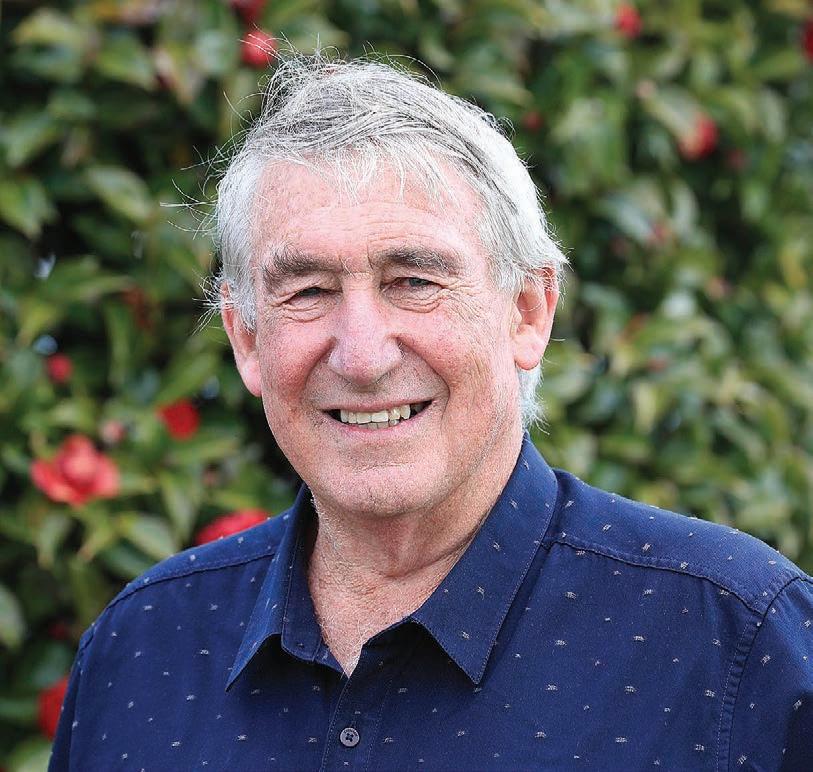
August figures for his local trust are up 50% on normal, he says, “and our normal was probably higher than the previous year’s normal as well.
“We’re also seeing more calls from other sectors too, including fruit and vegetable growers, thoroughbred breeders and apiarists.”
The Waikato-Hauraki-Coromandel RST fielded 46 requests for help in August and would top 400 on an annual basis. “As well as that we had another 100 or so farmers and growers who were hit by the cyclone

damage and flooding and were in regular contact with us.”
It would be the same or worse for RSTs for the East Coast and Northland.
It isn’t just the cyclones. A wet autumn, a very wet winter and a “cold, cold August” means feed supplies are not in a great space.
The financial pressures of rising costs and interest rates, and the depressing milk price forecast, can be devastating enough – particularly for those farmers carrying high debt.
“But for farmers it’s about their animals and crops.
“If they can’t feed their animals well, and every time you step out the door you’re pulling on your gumboots and raincoat because it’s wet yet again – well, it’s incredibly demoralising.”
Neil, who was made an Officer of the New Zealand Order of Merit for all the volunteer hours he has put into RSTs, says he’s noticed the
complexity of calls coming in of late is on the rise too.
“You get a call come in and it might be about financial issues or a relationship breakdown, or it could be an employment dispute. It might have culminated in a mental health impact.
“When you actually meet with the individual or family and start to dig in, there’s often two or three underlying factors driving it.”
For some people, a call for help can be sorted relatively quickly. Some just want to unburden, to share their story with someone who can give an outside perspective. Just talking through the issues, and beginning to put a plan around what actions might be needed – perhaps even before you line up people who can get alongside them with expert advice – “often helps an awful lot,” Neil says.
For others it can take many hours, even days, over an extended period to unwind all that’s going on.
The RST’s Farm Business Advice Fund is a useful tool for those who are financially stretched. With the agreement of the farmer or grower and their bank/lender, an independent advisor can be brought in to take a look at the business. With government funding, the RST can put up to $3000 towards the advisor’s costs, if the bank matches it.
“The independent advisor can assess the options, see if there’s scope for restructuring the way things are done and so on.
“In many cases, a way can be found to carry on the business and keep the bank happy but in some situations, it’s terminal. Then it’s a case of looking at the best way to exit the business to the best advantage of all parties. So it’s a pretty valuable service to tap into.”
The Farm Debt Mediation legislation is also proving useful for
those farm businesses in serious financial strife.
“I know it is tough to ask for help, but if you feel things are not quite right for whatever reason, reach out to the RST or your industry body or expert early; getting support helps you take back control of the situation and can be very, very helpful. The earlier you reach out the quicker you can get a plan and get back on track,” Neil says.
Neil Bateup Rural Support Trust“Otherwise it can get to the stage where the finances, or the relationship breakdown or employment argument is so dire, it’s hard to come back from.”
Succession planning – or rather the lack of it – can be another tinder box. If it’s left too long, emotions run high and the positions of those involved can be entrenched.

“We’re not experts and will
not tell you what to do. But we can listen and give options and if needed connect you with the right professionals – other farmers, farm advisors, financial advisors, counsellors.
“Then our RST team will just walk alongside and help where or when needed. Every situation is different.” Fortunately, talking about mental health is no longer the taboo it was. Farmers and growers are better at reaching out, Neil reckons.
“There’s still a long way to go but it’s certainly getting better.”
Back when Neil started the first RST nearly 20 years ago it was most often the farmer’s wife ringing up out of concern for her husband – and that still happens – “but we often now get guys who will call and say they are not tracking too well”. Referrals can also come from rural professionals and friends who notice someone is struggling.
“I would just say, ‘if something is worrying you or you are having a tough time make the call [0800 787 254]’.

“You’ll get someone who is independent, won’t make judgements, and who will keep things as confidential as you wish.”

The earlier you reach out the quicker you can get a plan and get back on track.UNDER PRESSURE: Cyclones coupled with a very wet autumn and winter has placed added pressure on many farmers this year.
When farming livelihoods disappeared under a mountain of silt, bridges were washed away and communities cut off following
Cyclone Gabrielle in February, it was not surprising that the mental wellbeing of farmers and their communities was also impacted.
While public attention has shifted away from Cyclone Gabrielle, farmers have been supported in the cleanup and rebuild by the Federated Farmers Farmy Army volunteers and contractors in Hawke’s Bay and Central Hawke’s Bay.
An important part of the work is supporting farmers through conversations.
“In those conversations, we hear the good, the bad and the ugly and of course the reality of the situation when they have lost their homes, property, stock and livelihoods. You can often hear in their voices or read on their faces when things are not OK,” said Farmy Army co-ordinator Catherine van der Meulen.
Fencing work undertaken in Hawkes Bay and Central Hawkes Bay as part of the ‘Commence the Re fence’ campaign has been a huge boost to morale.

“The feedback we’ve had from farmers is ‘what an incredible morale booster it is just to have skilled people working on the farm and making a huge difference with the work they are contributing’.
“There is years’ worth of work to be done and we need to make sure people aren’t forgotten.”
While farmers are traditionally
known for carrying on and not wishing to be a burden on others, the Farmy Army has continued to support these farms beyond the farm gate to valuable resources like the Rural Support Trust (RST), who offer a range of financial planning and mental wellness support.


During July, the Farmy Army logged 476 hours over 68 on farm days on 17 farms in Hawke’s Bay and Central Hawke’s Bay. With ground conditions in Gisborne drying out, a donated tractor and rammer from Stephenson and Taylor moves out of the Hawke’s Bay to Gisborne on Friday, September 15 to start work on Monday, September 18.
“When we launched the Farmy Army in March we had over 200 volunteers working across Hawke’s Bay, Central Hawke’s Bay and Gisborne supporting farmers through various stages of recovery with general farm clean up, temporary and permanent fencing and tree planting,” said van der Meulen.

The ‘Commence the Re fence’ campaign launched in Hawke’s Bay during July where the Farmy Army have been able to support farmers with two donated tractors and rammers. The Farmy Army were able to average three days of permanent fencing per farm for 20 farms and 5500 metres of fencing each month.
In addition, the Farmy Army recently received 6000 fence posts donated by the Lions Club Cambridge. These fence posts had been re-purposed by Repost in Marlborough and distributed out to Hawke’s Bay, Central Hawke’s Bay and Tutira farmers.
Guthrie
Smith Arboretum inTutira opened their doors to the Farmy Army where volunteers were based for three weeks, with groups of volunteers staying on site and being deployed to eight farms in the region.
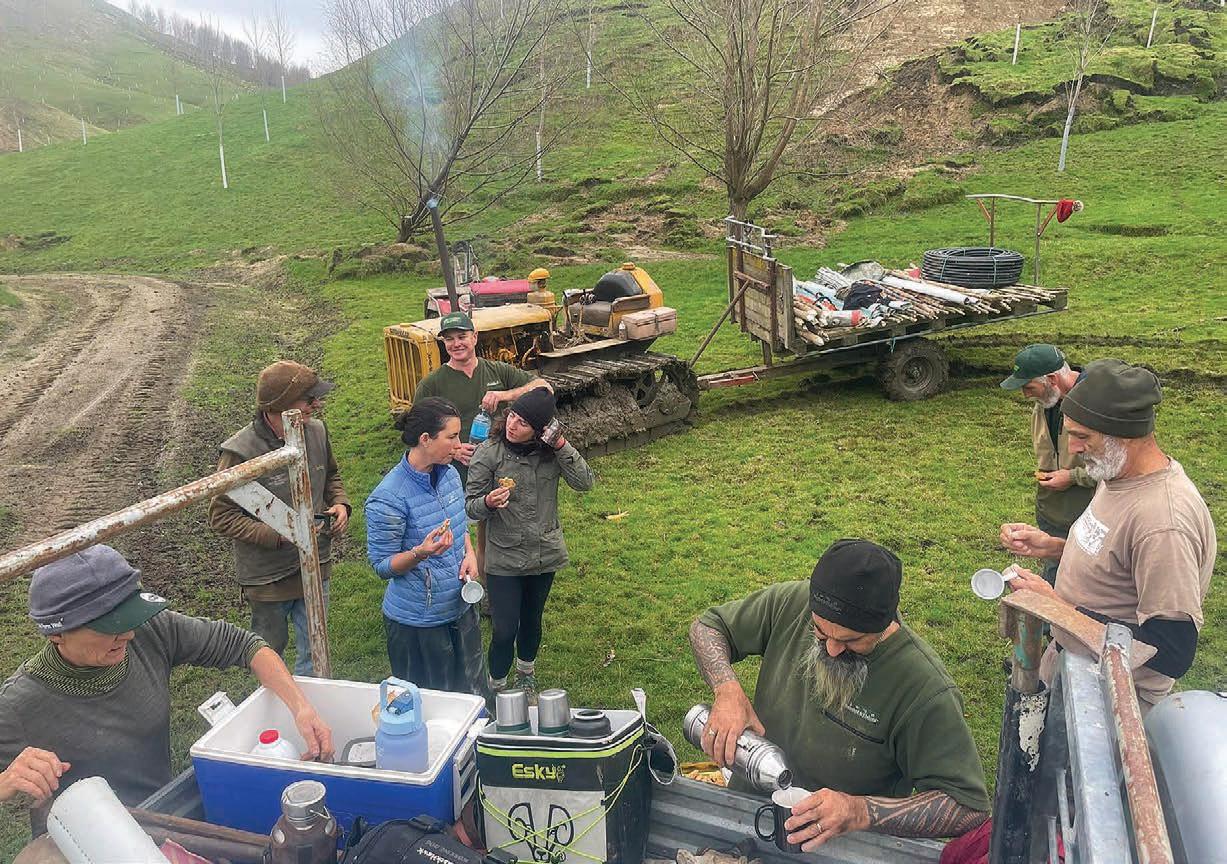
This deployment will be repeated from September 23 to October 8, when the Farmy Army will be back in Tutira and continuing to recruit volunteers. The Farmy Army will provide accommodation and food for people whilst they are volunteering.
The Farmy Army will also be in
Gisborne from September 23 to October 23. To bolster volunteer numbers, van der Meulen plans to get corporate organisations from outside the region who want to do team volunteer days involved.

“We’ve had quite a few groups from Fonterra come over from Palmerston North to Hawkes Bay, but we would really love to engage more corporate organisations into getting their teams on the ground to support farmers,” she said.

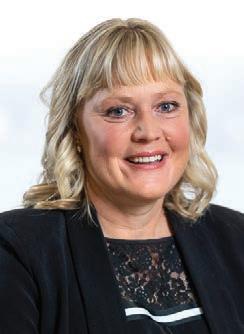
Farmy Army volunteer Tessa Whitaker has been working in the Hawke’s Bay since April 2023 and says the mental health and spirits of farmers has been lifted. Describing herself as cheerful and a hard worker, Tessa said farmers are full of “gratitude and grateful” for the support from herself and other volunteers. “They are very happy that the clean-up has taken less time than they expected.”
Tessa moved to the region from Whakatane in the Bay of Plenty and intends to stay as long as she is needed. She has enjoyed the experience working with

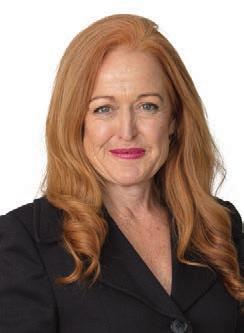


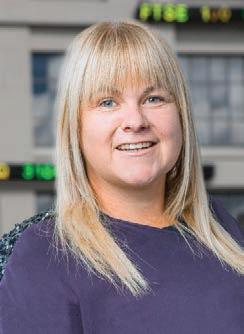

horses, seeing a different part of New Zealand and the chance to undertake volunteering similar to woofing (World Wide Opportunities on Organic Farms).
The Farmy Army experience has also been rewarding for retired farmer Alastair Macgregor who volunteered at Tutira and intends to go back there later in September. Macgregor worked in farming and leasing for 40 years.
“I’ve lived in areas where neighbours have had stock losses and I know what these guys are going through. It’s quite depressing for some of them, that’s for sure,” he said.
“One farmer said to me that the psychological help they get from Farmstrong is really good but to have people come in and work alongside them for three or four days gave them a real lift as they could see progress being made.
“As long as the need is there, I will quite happily keep going back.” He encouraged other retired farmers and contractors to volunteer their time and be involved.
The feedback we’ve had from farmers is ‘what an incredible morale booster it is just to have skilled people working on the farm and making a huge difference with the work they are contributing’.
Catherine van der Meulen Farmy Army
This 242 ha property, the likes of which, you are unlikely to find anywhere else. Bound by Lake Karapiro along its eastern boundary, with quite easy vehicle access right to the river's edge and 3 - 4 amazing sandy beaches at your disposal. The potential for recreational use of this area needs to be seen to be appreciated.


The contour is, in the main, easy to rolling with some steeper sidlings. Interested parties need to inspect this property at their earliest convenience. Lots of options with a recently decommissioned (2.2 years ago) dairy shed, three homes, long road frontage, lots of good contour and of course, direct access to the lake.
Otorohanga
Tender
Are you looking for a support block to help take the risk out of varying feed costs when buying supplements or fed up with inconsistent results coming back from grazing?
The value of good support land has never been more evident, and the value of reliable water has been made clear over the past few summers. This 145 ha approx. of land is currently used a support block for an existing dairy farm. The property consists of approximately 40 paddocks with reliable water source and troughs to every paddock. This is an excellent block on Kawhia Road which will fit into many existing farming operations. There's the added bonus of a disused 40 ASHB cowshed still in working order.
Tender closes 4.00pm, Fri 20th Oct, 2023 (unless sold prior), Property Brokers, 138 Arawata Street, Te Awamutu
View Thu 21 Sep 1.00 - 2.00pm Thu 28 Sep 1.00 - 2.00pm Web pb.co.nz/TXR168281
Steve Mathis M 027 481 9060
Auction 11.00am, Wed 11th Oct, 2023, (unless sold prior),
Property Brokers, 94 Duke Street, Cambridge
View Tue 19 Sep 12.00 - 1.00pm Tue 26 Sep 12.00 - 1.00pm
Web pb.co.nz/TWR163250
John Sisley
M 027 475 9808 E john.sisley@pb.co.nz
David McGuire
M 027 472 2572 E david.mcguire@pb.co.nz




Tender
This pristine 38 ha approx. farm is the perfect country run off block just minutes from Otorohanga and a close drive to Te Awamutu. It delivers an exceptional rural lifestyle and in two titles there are multiple options to be considered. The land is currently used for grazing dairy heifers, fattening beef stock and approx. 23 ha is used to grow maize over the summer period.
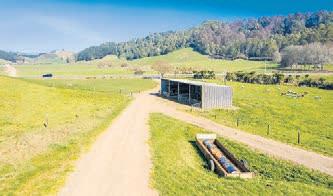
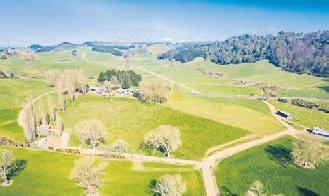
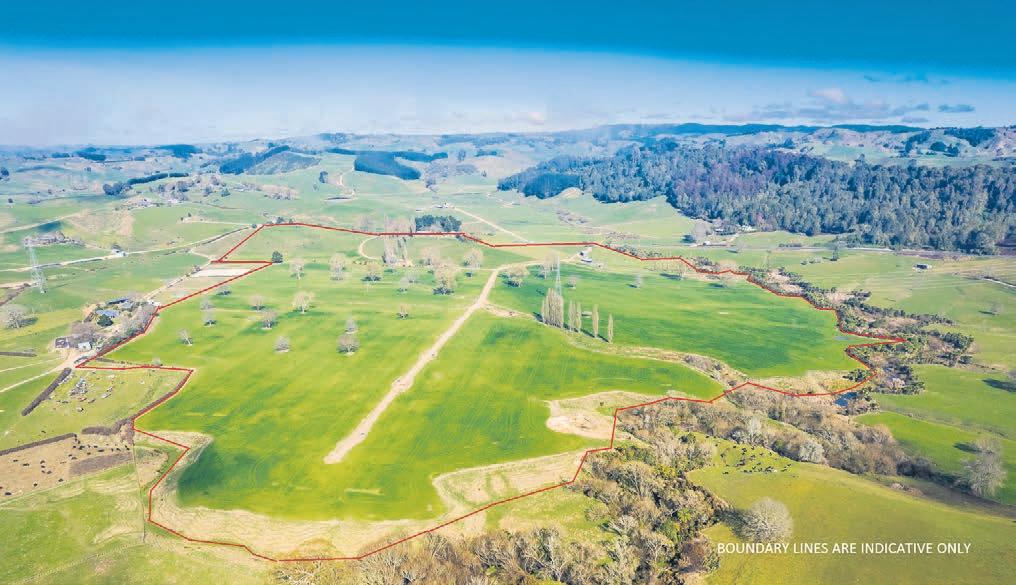


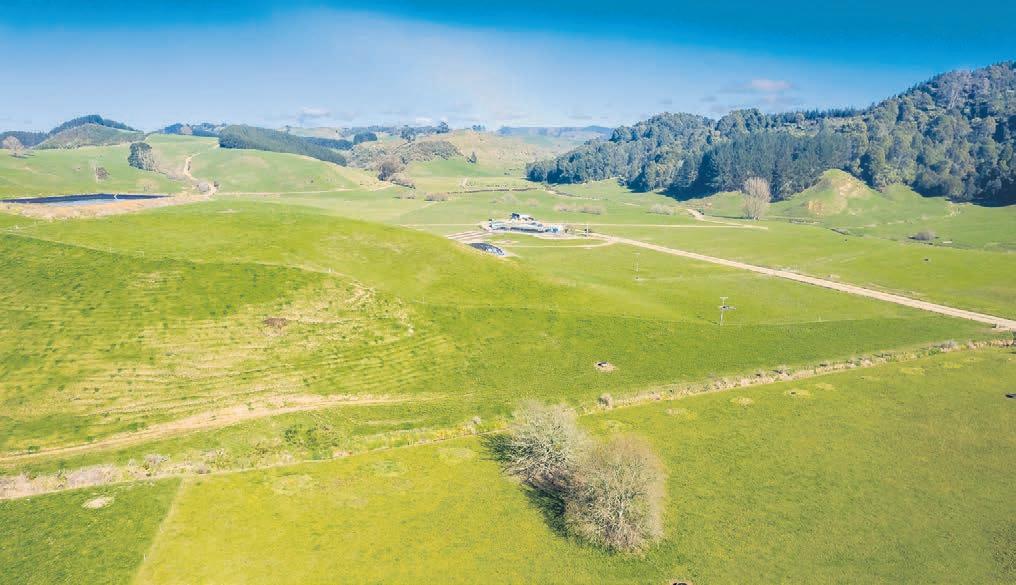
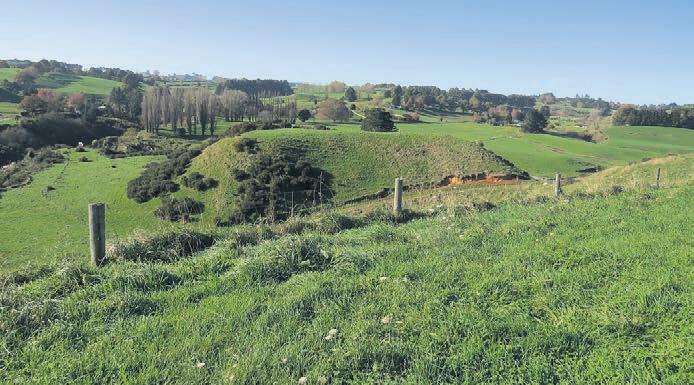
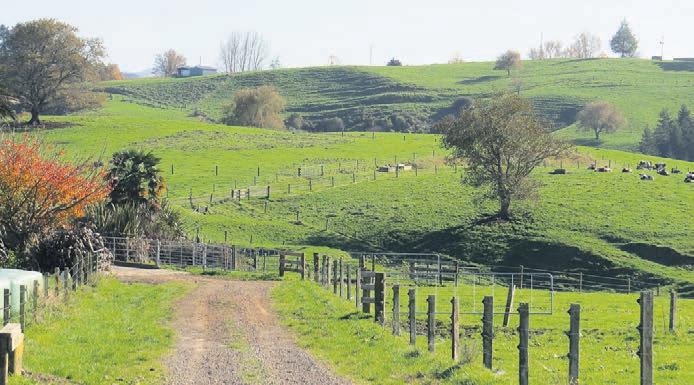
Rest easy as there is a comfortable three bedroom home with an office area on an elevated site. The board and batten construction provides a rustic element with a great deck perfectly in tune with country living capturing the rural landscape.
Tender closes 4.00pm, Fri 20th Oct, 2023 (unless sold prior), Property Brokers, 138 Arawata Street, Te Awamutu
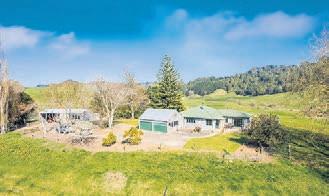
View Thu 21 Sep 1.00 - 2.00pm Thu 28 Sep 1.00 - 2.00pm Web pb.co.nz/TXR168812
Steve Mathis M 027 481 9060





870 Bond Road, Te Awamutu


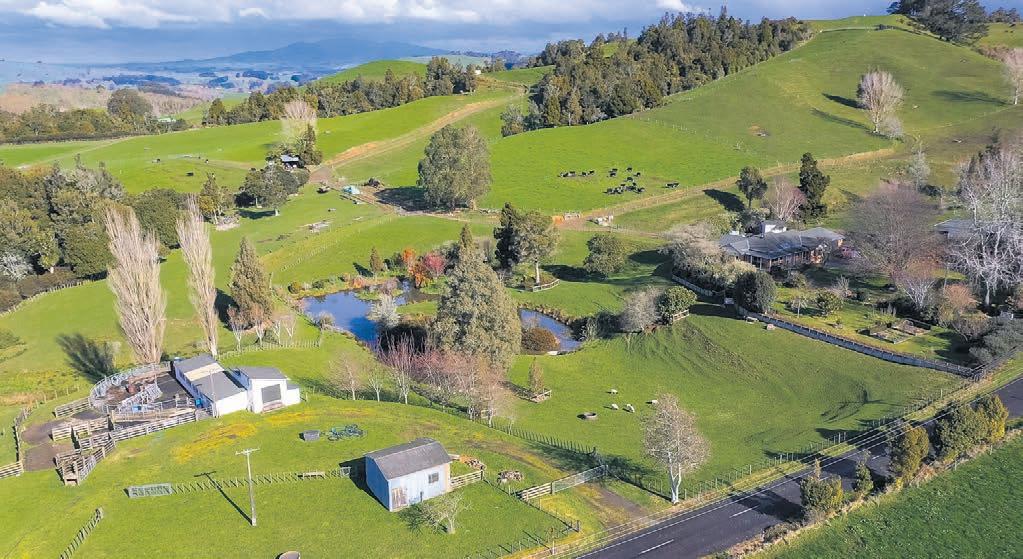
This




Cambridge Deadline Sale

36 ha plus a unique business opportunity


• New Zealand's only Medical Leech Supply business




• Proven, consistent income stream
• 36 ha of easy rolling to medium hill farmland - well farmed

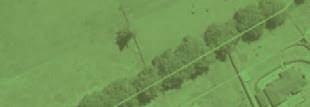












• Attractive three bedroom home with large office
• Plenty of tidy outbuildings
• 5.8 ha of QEII woodlots







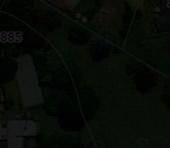





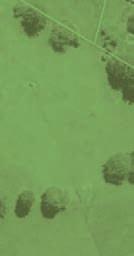
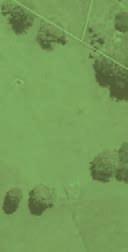





















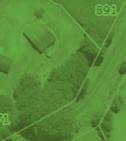

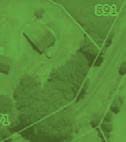






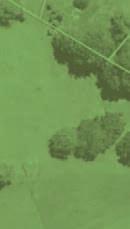




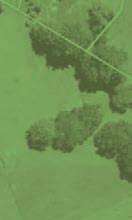
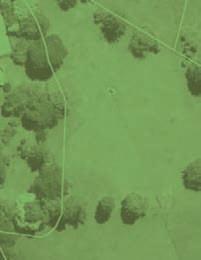




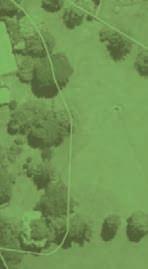



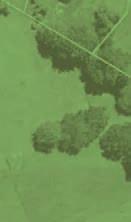
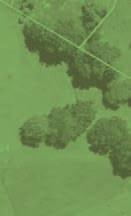
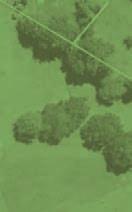


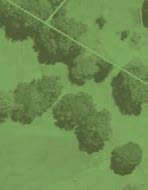








• Immaculately presented throughout
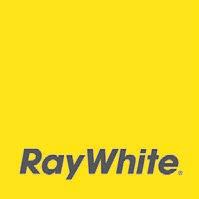
Deadline Sale closes Thursday 12th October, 2023 at 4.00pm, (unless sold prior)
By appointment Web pb.co.nz/CBR167017
311ha Beef Unit
Estimated 278ha effective, excellent contour, 80% free draining volcanic soils. Recently wintered around 600 Friesian bulls, the block is very capable of running more. Was run as an intensive technograzing system but would need to be reinstated. Good array of buildings and well maintained four bedroom home.

FLY OR LICE problem?
Electrodip – the magic eye


DAIRY OR GRAZING FARM wanted. Open to leasing, equity, share farming or developing land in partnership. Rangitīkei, Manawatū or HB areas. Phone Michael 027 223 6156.
GIBB-GRO GROWTH
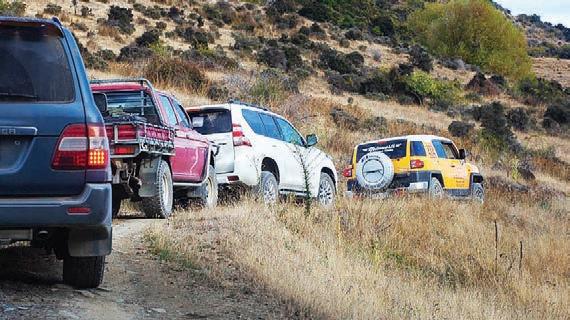


Bring
Tour 1: Molesworth



Dates: 2023 Nov 13-16 FULL, 2024, Feb 19-22 FULL, March 4-7, March 11-14, March 25-28

Tour: 2 D’Urville Island and Marlborough Farms Tour

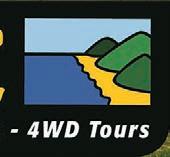
Dates: 2024 – Feb 11-15, March 12-16 FULL, April 24-28 Other

QUALITY balage. 300 x $70 a bale, including gst. Located central NI. Phone 027 367 7832.
BIRDS/POULTRY
PULLETS HY-LINE brown, great layers. 07 824 1762. Website: eurekapoultryfarm. weebly.com – Have fresh eggs each day!!!
DOGS FOR SALE
10-MONTH-OLD Beardie huntaway. Looking for work. 8-month-old heading pup, looking to start. Phone 027 243 8541.
HEADING DOG, 3-years. Fully broken in. Natural, keen and rm. Hill trialled. Phone 0274 888 227.
HOUSES AND SHEDS for shifting, relocating and removal. Phone 020 473 2394.




SAWN SHED TIMBER including Black Maire. Matai, Totara and Rimu etc. Also buying salvaged native logs. Phone Richard Uren. NZ Native Timber Supplies. Phone 027 688 2954.
PROMOTANT GIBBOOST
PROMOTES QUICK PASTURE growth. Only $6.50+gst per hectare delivered. 0508-GIBBGRO [0508 442 247] www. gibbgro.co.nz. “The Proven One.”
INCREASE PASTURE growth and dry matter. $5.50 per/ha ex store + GST. Phone 0508 733 343. www.vernado.co.nz


GOATS WANTED
GOATS WANTED. All weights. All breeds. Prompt service. Payment on pick up. My on farm prices will not be beaten. Phone David Hutchings 07 895 8845 or 0274 519 249. Feral goats mustered on a 50/50 share basis.
gst
NZ KELP. FRESH, wild ocean harvested giant kelp. The world’s richest source of natural iodine. Dried and milled for use in agriculture and horticulture. Growth promotant / stock health food. As seen on Country Calendar. Orders to: 03 322 6115 or info@nzkelp.co.nz
THE GULLIES WILTSHIRE & Low Input Rams. SIL; FE and worm tolerance. Richard Morrison Phone 021 626 513. richard@thegullies.nz www.thegullies.nz

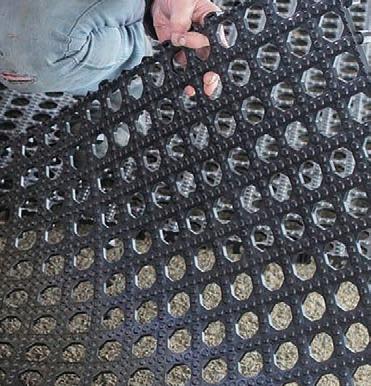
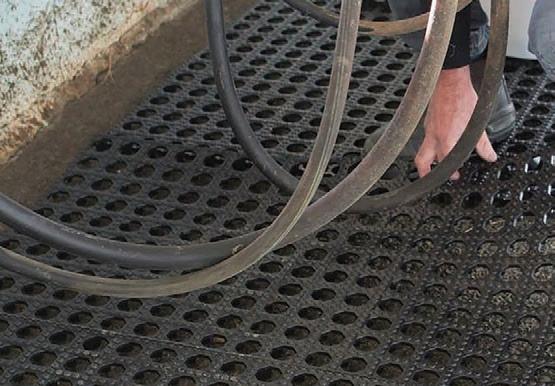

WILTSHIRES-ARVIDSON. Self shearing sheep. No1 for Facial Eczema. David 027 2771 556.


RURAL MASSAGE
RELAXING FULL BODY massage in rural Ohaupo. Unwind. De-stress. Visit ruralmassage.co.nz for details.
WHAT’S SITTING IN your barn? Don’t leave it to rust away! We pay cash for tractors, excavators, small crawler tractors and surplus farm machinery. Ford –Ferguson – Hitachi – Komatsu – John Deere and more. Tell us what you have no matter where it is in NZ. You never know.. what’s resting in your barn could be fattening up your wallet! Email admin@ loaderparts.co.nz or phone Colin on 0274 426 936 (No texts please)
SHEEP AND BEEF breeding farm. Approx 600-1000ha plus. Hunterville, Taihape, Hawke’s Bay, Dannevirke, Pahiatua, Gisborne and Wairoa areas. Experienced Leasee. Contact Pete Hammond. Phone 027 412 1466. trekh.b@xtra.co.nz
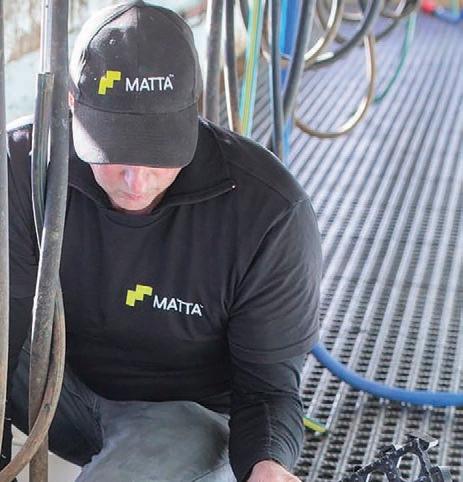


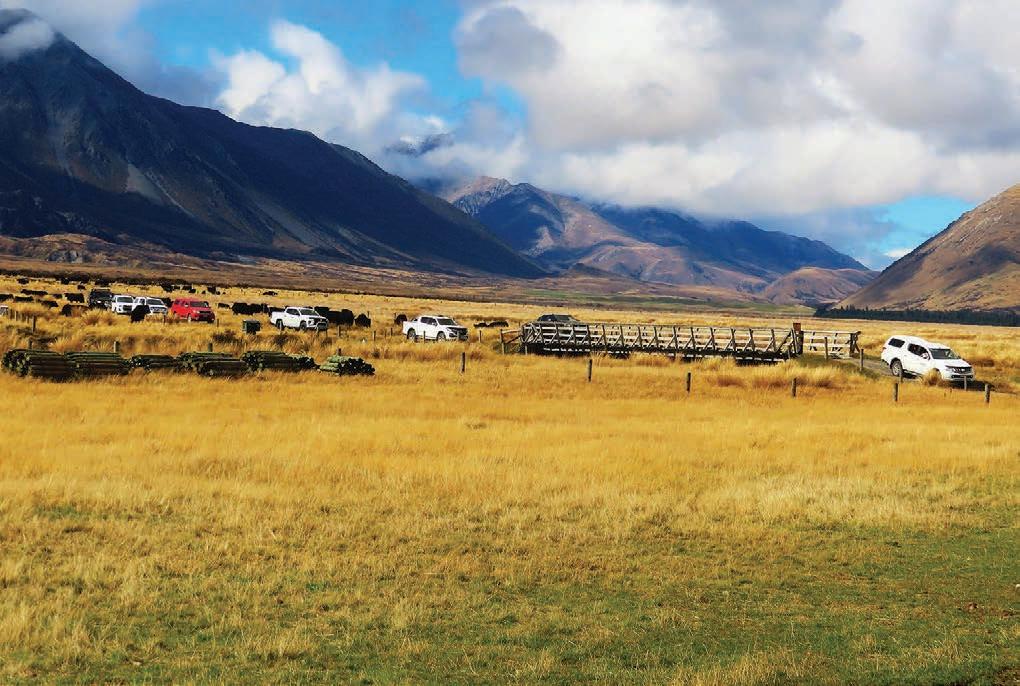


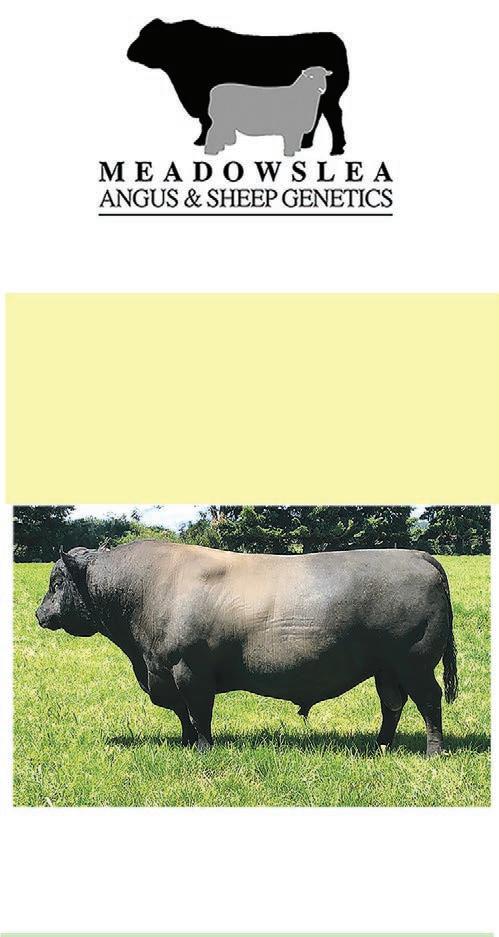

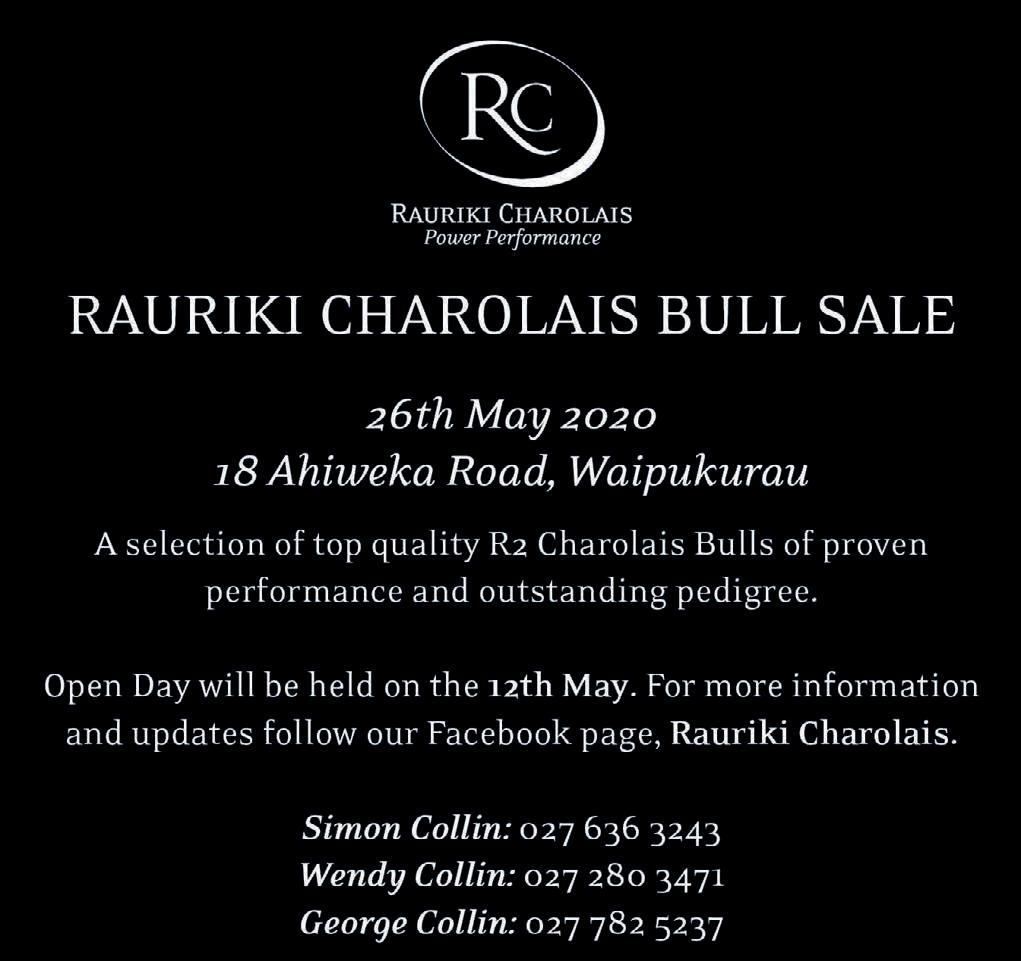
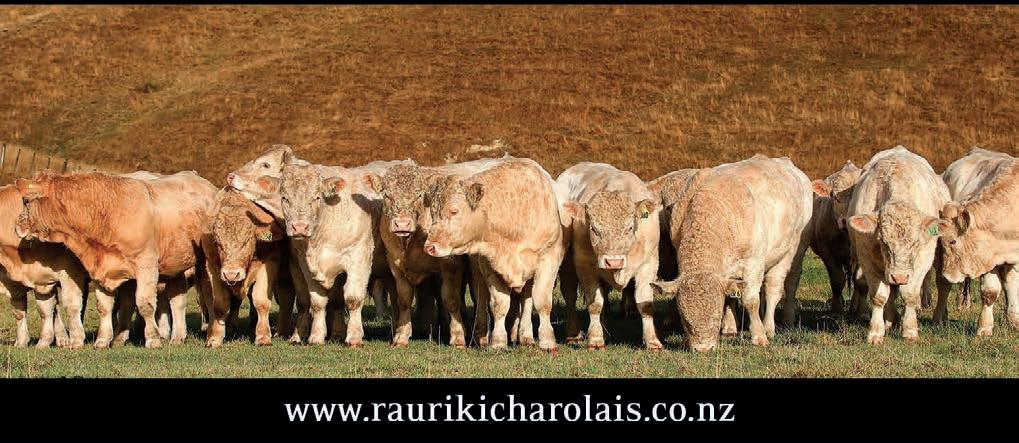
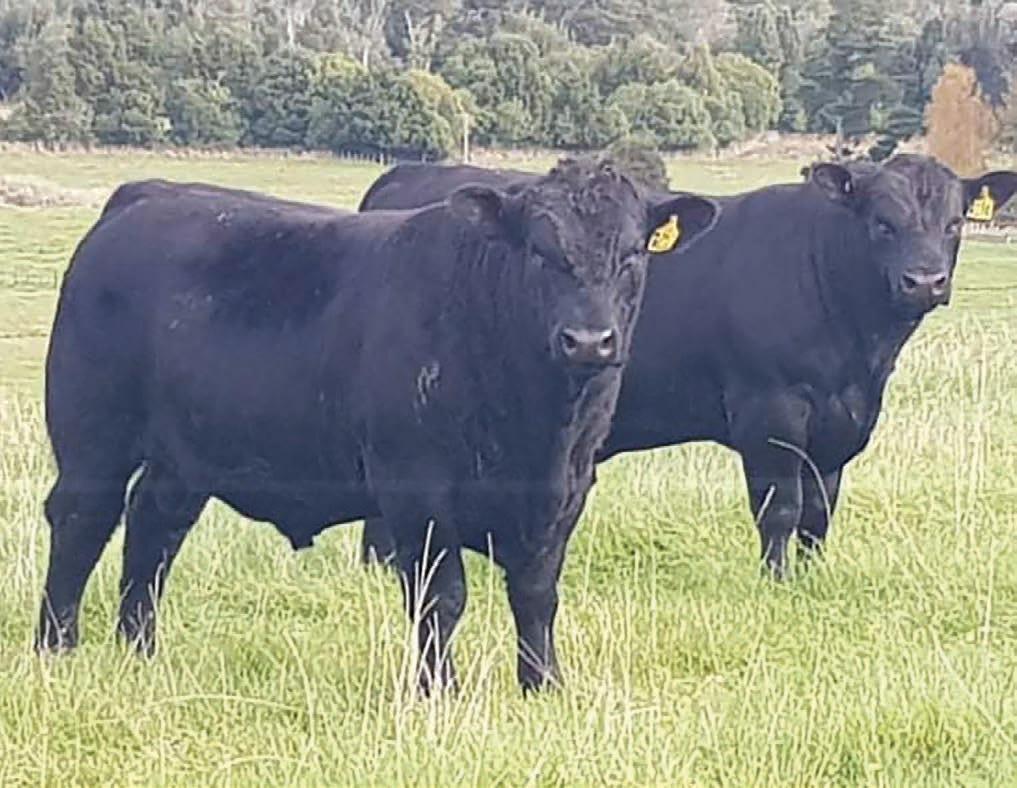

So, you’re playing for the club championship. After 17 holes, you and your opponent are dead even. You have the honors off the 18th tee, and you hit your drive right down the middle of the fairway about 250 yards; your opponent’s drive goes straight right, into the woods.
You help him look for his ball for about 10 minutes, and finally he says to you, “Why don’t you go back and hit your second shot. I’ll look for my ball for a couple more minutes. If I don’t find it, I’ll go back and tee up again.”
You go out to the fairway and hit your second shot. It’s perfect, and lands about 10 feet from the pin. Just as your ball hits the green, from out of the woods you hear, “Found it!” A ball comes flying out of the woods, and drops a few inches from the pin for a gimme.




Here’s the dilemma: Do you take the cheating so and so’s ball out of your pocket, and confront him with it, or do you just keep your mouth shut?
31 FARMERS WEEKLY – farmersweekly.co.nz – September 18, 2023 Livestock 31
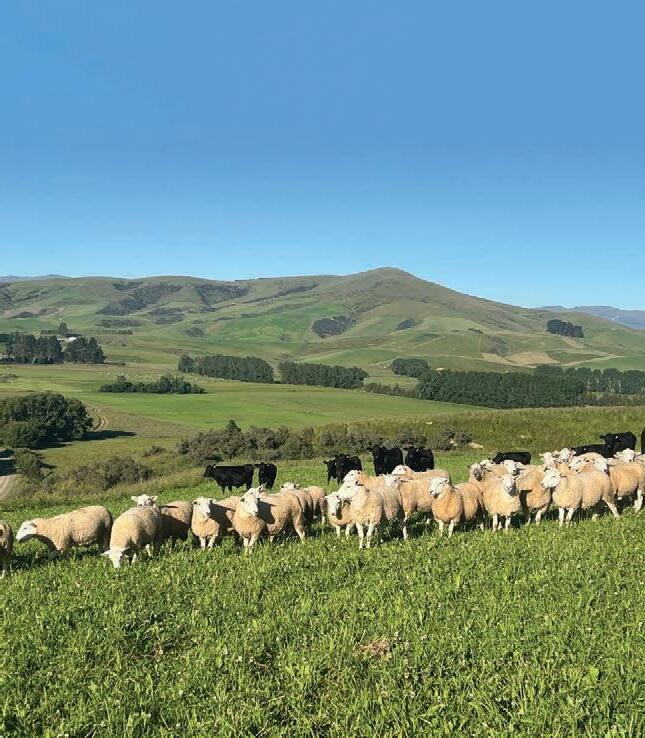
VERMONT ANGUS ALFORD FOREST CANTERBURY
Friday 29th September - 1pm start
Inspection from 11am
A top line of well-grown, low birth, calving ease and growth EBV’s. All bulls are DNA-HD50K. Genetically defect tested free.
Bidr® online bidding option available if you cannot attend the auction.

To register for Bidr® please go to www.bidr.co.nz.
If you would like assistance registering please call 0800 TO BIDR (0800 86 2437).
Further enquiries:
Callum Dunnett 027 462 0126
Geoff Wright 027 462 0131
Russell Berquist 027 478 5981
Inquiries and inspection always welcome
Colin & Catherine Hutching Phone 06 374 1802
Karl & Louise Humphreys 06 374 1786
ANNUAL BULL SALES
TWIN OAKS ANGUS, Te Akau
In conjunction with PGGW
60 Yearling Bulls
Richard Johnston 027 444 3511

> Friday 22nd September
HALLMARK ANGUS, Tutira
In conjunction with Redshaw Livestock
30 Yearling Bulls
Rowan Sandford 027 215 3215
> Friday 29th September
VERMONT ANGUS, Alford Forest
30 Yearling Bulls

Geoff Wright 027 462 0131
THE
35
26 Sept, 12 noon On-farm auction, Marton
> Tuesday 3rd October
WOODBANK ANGUS & MATARIKI HEREFORD, Clarence
In conjunction with PGGW
80 Yearling Bulls
40 Yearling Hereford Heifers

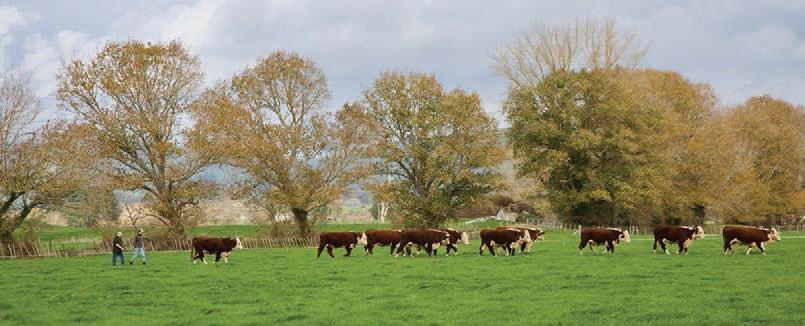
George Mannering 027 462 0182
Callum Dunnett 027 462 0126
Please visit www.hazlett.nz - “What’s On” for further information or call Callum Dunnett (Stud Stock) on 027 462 0126

When: 22 September 2023 from 10am onwards
LK0116602©
With guest speakers
Trevor Cook Robin Boom Marie Mather
Parasite Specialist Soil Scientist PGG Wrightson Wool Light lunch & beverages provided.
will be in our yards for your viewing. Full Fernleaf Ram records available. 3285 Ohura Road, R.D.1, Ohura 3980 40 minutes west of Taumarunui forlongfarming@xtra.co.nz Justin 027 656 8782 Melvin 021 027 53847 www.fernleaframs.co.nz For healthier stock, resistant to worms and facial eczema YOU’RE INVITED LK0116579©
“We have used WormFEC Gold Genetics for over 30 years and we get great performance on our hill country farm. We measure our lamb FEC levels and can often get up to 8 weeks before needing to drench our lambs. I have farmed for 45 years and we have never had such clean lambs and get almost no flystrike. Some of our lambs don’t require dagging, even before they go to the works.”
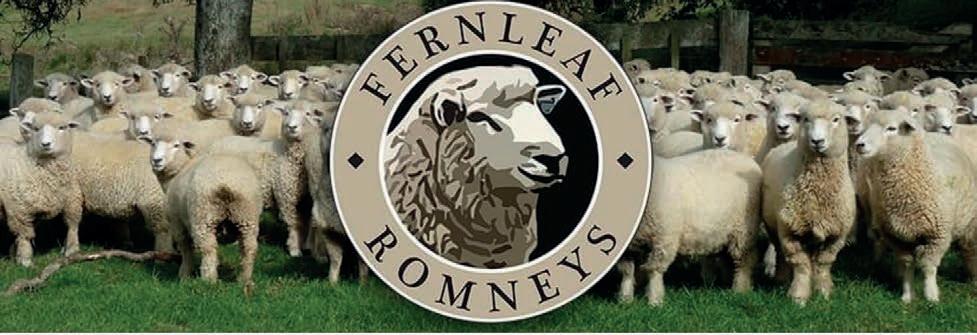
Farmers all over NZ are putting their trust in WormFEC Gold rams for parasite control.
A long term solution for parasite control starts with your first ram purchase.
WormFEC Gold Genetics
High performance and high resistance www.wormfecgold.co.nz
LK0116171©
A QUALITY SELECTION OF 30 IMPRESSIVE YEARLING BULLS WITH LOW BIRTH WEIGHT & EARLY GESTATION + HEIFERS WHICH ARE SOLD IN LOTS.
RAMGUARD TESTING SINCE
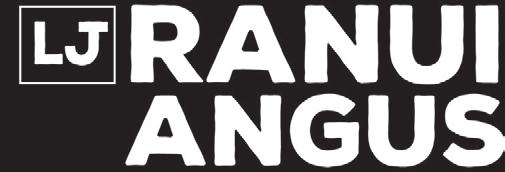
• 5 star rating



• Bred on challenging hill country
• Robust functional sheep that survive

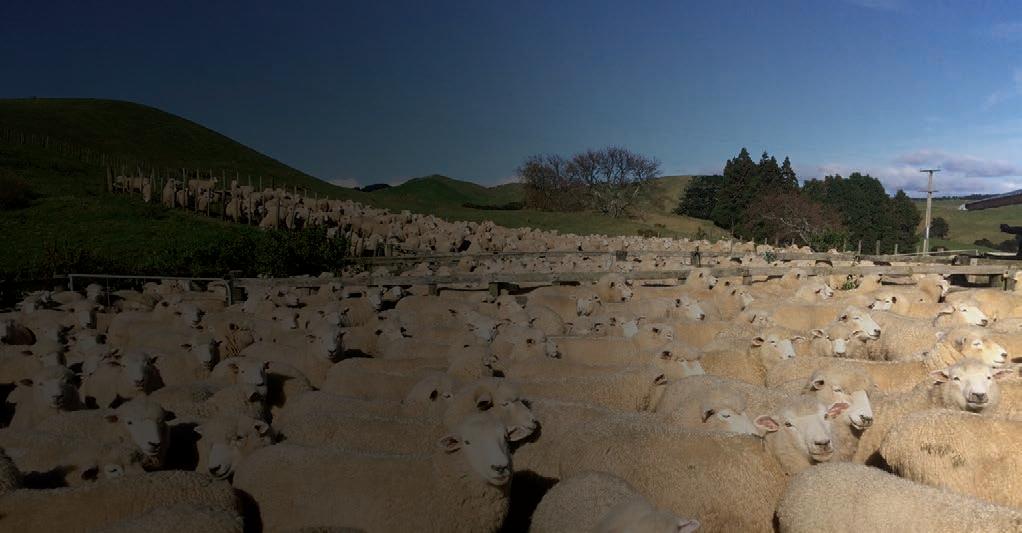


• Structurally sound
• Selecting for parasite tolerance and less dags
• No ewes worm drenched, dipped or vaccinated


KEITH ABBOTT, RAGLAN 027 463 9859 | www.waiteikaromneys.co.nz @waiteikaromneys


LONG EST 35 YRS+ OWNERSHIP ONE HERD CODE, 100% RA
IN-MILK FRIESIAN HERD
DEFERRED PAYMENT 20/12/23
A/c Killarney Pastoral Trust
Date: Monday 25th September 2023
Address: 113 Lower Katene Road, Normanby, South Taranaki DN 41801
Start Time: 11.30am (under cover lunch provided) will be available for online bidding
COMPRISING: 130 x Frsn/FrsnX I/M Cows BW181, PW217, RA100%

DETAILS:
• Herd Tested 13th September 2023, Milked twice a day Herringbone Shed.
• Current season SCC Av 85,000 up to 20th August 2023, 430 MS/Cow System 2, Calved from 12/7, C10 Closed System, Owner Operated.
AUCTIONEERS NOTE:
Due to change in farming system, Carrfields are privileged to offer this outstanding Friesian/Friesian Cross herd to the market to be sold In-Milk at Auction. Following a robust culling program this herd has excellent udder confirmation and age structure with 50% of the herd just 1st & 2nd Calvers. Exceptional fertility has seen this herd average just 7% MT over the past 3 seasons. This herd has been LIC bred for over 35 years, herd tested 4 times a season and will come forward to the market in very good condition ready for mating. These are hardworking cows that will shift and suit any system. All cows will be guaranteed sound. For purchasers outside of the region, the Vendor can retain cows in-milk for 7-10 days to meet Transport requirements.
DELIVERY/PAYMENT TERMS:
Deferred Payment due 20th December 2023
CARRFIELDS LIVESTOCK AGENTS:


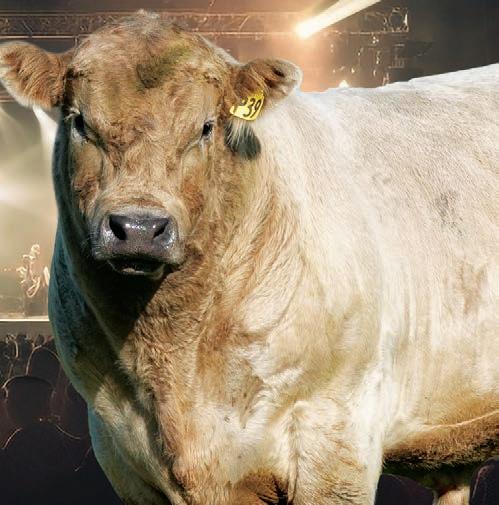

16th ANNUAL IN-MILK AUCTION HIGH INDEXED A2/A2 COWS
VERIFIED BW252, PW377, LW376

A/c Darcy & Racheal Finch
Contracting
Date: Thursday 21st September
Address: 972 Paterangi Road, Te Awamutu DN 73654

Start Time: 11.30am (under cover lunch provided) will be available for online bidding
COMPRISING:
237 x Friesian & Friesian Cross & Jersey Cross Cows
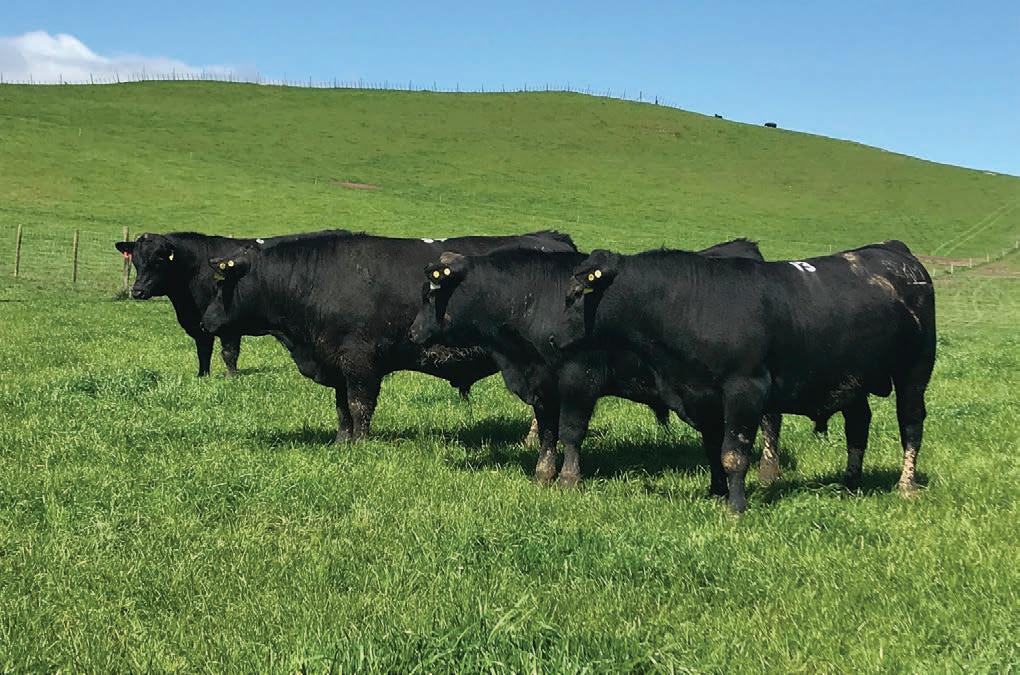
DETAILS:
• BW252, PW377, LW376 herd tested, A2/A2 tested
• 25th August herd test – 1.62kgs MS/Cow – SCC 76,000
• BWs up to 398, PWs up to 841 (14x cows with PWs above 700)
• Breed breakdown, 20% Friesian 50% Crossbreed & 30% Jersey
• TB CM – The cows are BVD BM tested and Lepto vaccinated
AUCTIONEERS NOTE:
Due to a robust selection, this will be one of the highest offerings that Darcy and Racheal Finch have presented. Selected from local established Te Awamutu herds. Cows calved from May onwards. Once cows are sold the whole farm will be planted in maize. Young, all sound, these cows will be presented in optimum condition for mating. Annual buyers have confidence in the standard of cows being offered. All breeds to suit all buyers and can select A2/A2 cows.
PAYMENT
Deferred payment is 20th October 2023
Deliveries immediate to suit trucking





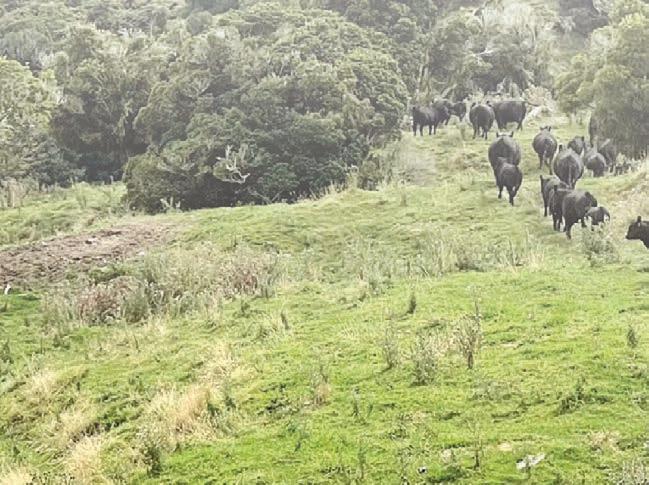










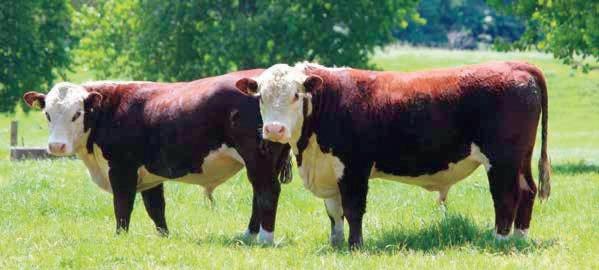





In August, Australia shipped its largest ever monthly volume of sheepmeat, having made no secret of the fact that it is chasing after New Zealand for the top export slot.
Australia hasn’t overtaken NZ yet, but it is heading in the right direction, based on recent results.
NEW Zealand’s red meat exports have faced significant competition from increased Australian exports this year.
Unfortunately, Australia’s red meat production has continued at a rapid pace through the second half of 2023 and is expected to disrupt export markets for some time.
Australia’s eastern states averaged a weekly lamb slaughter rate of 386,000 head last month, compared with 360,000 head per week last year, well exceeding the five-year average of 320,000 head for August.
This surge in throughput boosted Australia’s lamb export volume to 31,800t in August, the highest monthly volume ever recorded, surpassing New Zealand’s August exports by 12,000t.
The 2023 sheep projections of Meat and Livestock Australia (MLA) noted that Australia was hoping to become the largest sheepmeat exporter in the world, overtaking NZ to reach the top spot.

Year to date, Australia’s lamb exports total 205,111t, a 10% increase on the previous year’s historic high. NZ has shipped a total of 205,400t over the same period, which is over 3,000t less than the same period last year.
While new season lambs are now entering the market in Australia, there’s still a surplus of old season lambs to be processed. This oversupply has pressured prices.
At AU$4.56/kgCW, the National Trade Lamb Indicator (NTLI) is currently at a level not seen since January 2014. This is AU$2.89/ kgCW less than this time last year and AU$3.47/kgCW below the five-year average.
This means Australian farmers are receiving nearly NZ$2/kgCW less for their lambs than their New Zealand counterparts. The downside of this is that it allows Australian exporters to offer lamb cuts to export markets at more competitive prices.
The successful flock rebuilding efforts in Australia have enabled farmers to breed replacements and cull older ewes. As a result, mutton slaughter in Australia’s eastern states remains elevated.
In August, weekly sheep throughput ranged from 109,000 to 137,000 head, a significant increase on the less than 90,000 head per week for the past three years.
During August, Australia exported 15,900t of mutton, bringing the total for the calendar year to 132,300t, up from 88,500t during the same period last year.
Australia’s eastern states’ beef production has also surged.
Weekly cattle throughput in the




Australian farmers are receiving less for their lambs than their New Zealand counterparts, allowing Aus exporters to offer lamb cuts at more competitive prices.

eastern states reached 114,000121,000 head last month, compared to 90,000-100,000 per week in August last year.
Australia exported 102,000t of beef in August, the highest since December 2019.
The latest data from the Australian Bureau of Statistics indicates that during the second quarter of this year, Australia’s female slaughter rate (FSR) rose to 48%, up from 42% in the preceding quarter. An increased FSR suggests that few females are being retained, signalling that the Australian cattle herd is no longer in a rebuilding or growth phase.
Farmers in the eastern states are preparing for dry conditions throughout the spring, which is increasing the heightened slaughter bookings.
The increased supply of cattle has also pressured store cattle prices. The Eastern Young Cattle
Indicator has fallen by AU$1.19/ kgCW since July, reaching AU$4.40/kgCW this week. The last time it was at this level was March 2019. In stark contrast, this time last year the indicator stood at AU$10.49/kgCW amid more favourable conditions. The Australian Bureau of Meteorology continues to issue an ongoing El Niño Alert. The long-range forecast is for warm and dry conditions across most of southern and eastern Australia from October to December. As a result, slaughter throughput is expected to remain high for the remainder of the year, fuelling export volumes.
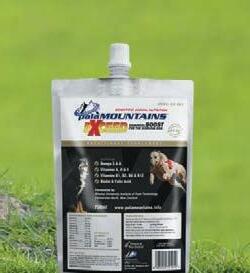
The persistent bleating of ewes with lambs in tow has made the saleyards come alive as this class increases in volume. Though it is early days yet, there do appear to be more coming to the yards and values to date are lying mid-field in AgriHQ data from 2008 to 2022. Lines with June or July-born lambs that are docked are trading at $80$86.50 all counted in the North Island and up to $90-$94.50 in the South Island. Most other lines have traded at $60-$75 all counted. More store cattle have also ventured forward as sellers target the spring market.
Frankton | September 12 | 326 cattle

Markets



































FARMERS WEEKLY – farmersweekly.co.nz


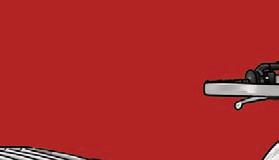
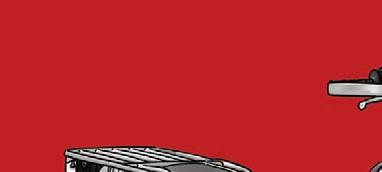






September 18,







NZ’S FAVOURITE FARM BIKE FOR 28 YEARS. KIWI PROVEN JAPANESE QUALITY, Frankton | September 12 | 358 cattle $/kg or $/hd Friesian bulls, small to good 40-200 Hereford-Friesian (black) bulls, small to good 80-220 Exotic-Friesian bulls, medium to good 100-230 Angus-Friesian bulls, small to good 20-165 Hereford-Friesian (black) heifers, small to good 20-100 Simmental-Friesian heifers, medium to good 110-140 Cambridge | September 12 | 207 cattle $/kg or $/hd Friesian bulls, good 140-170 Hereford-Friesian bulls, small to good 125-230 Other dairy-beef bulls, medium to good 65-150 Dairy-beef heifers, small to good 30-85 Te Awamutu | September 7 | 312 cattle $/kg or $/hd Friesian bulls, small to good 85-140 Hereford-Friesian (black) bulls, small to good 80-260 Angus-Friesian bulls, small to good 115-245 Exotic-Friesian bulls, medium to good 85-170 Hereford-Friesian (black) heifers, small to good 45-130 Other dairy-beef heifers, small to good 35-110 Reporoa | September 7 | 560 cattle $/kg or $/hd Friesian bulls, small to good 50-157 Hereford-Friesian (black) bulls, small to good 100-205 Other dairy-beef bulls, medium to good 80-205 Hereford-Friesian (black) heifers, small to good 30-150 Other dairy-beef heifers, medium to good 30-80 Manfeild Park | September 11 | 267 cattle $/kg or $/hd Friesian bulls, small to good 60-150 Dairy-beef bulls, good 225-290 Dairy-beef heifers, good 100-220
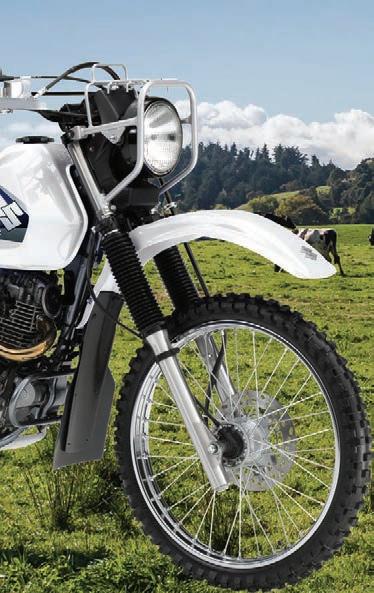

Strict quality control during manufacture is one thing. But it’s on Kiwi farms where the real testing is done. And it’s there that the Suzuki DR200SE has proven itself for almost 30 years, consistently outselling other farm bikes in its class. And with this great offer, it’s set to continue. Talk to your Suzuki dealer today.


NOTE: Slaughter values are weighted average gross operating prices including premiums but excluding breed premiums for cattle.



 Philip Duncan NEWS Weather
Philip Duncan NEWS Weather

HOT air and a lot of bluster – no, it’s not the upcoming election, it’s the outlook for late spring and summer for many (but not all) parts of New Zealand.
This week is a classic midSeptember week. As we approach the spring equinox this coming Saturday (at precisely 6:49pm) it’s normal to be getting windier westerlies, but the growing El Niño component may add a bit more oomph to that westerly flow.
This airflow means Canterbury, Marlborough, Nelson, Wellington, Wairarapa, Hawke’s Bay, Gisborne, Bay of Plenty, Waikato, Auckland and Northland are all at risk of a drier-than-usual spring and summer.

But NZ may end up being part of two extremes this summer – one a drier and hotter airflow out of Australia, the other a cooler and wetter airflow out of the Southern Ocean.
Southland’s forecast this week is very different to that for most of NZ. It’s colder, bleaker and
wetter. There may be another 40mm this week for Southland, with daytime temperatures struggling to climb much into the double digits.
Contrast that with Hastings in Hawke’s Bay which has highs in the mid-20s this week and overnight lows in double digits. That is a remarkable difference between the two islands and highlights the fact that half of our weather comes from the Southern Ocean area.
So Southland and the West Coast look to be lean wetter and cooler this spring, with Otago the buffer region between wet in the west and super dry in the east. The western North Island may also be cooler at times this spring with cloudier weather off the Tasman and the odd showery day – although rainfall totals are expected to continue to be below normal in much of the North Island even if you do have regular showers.
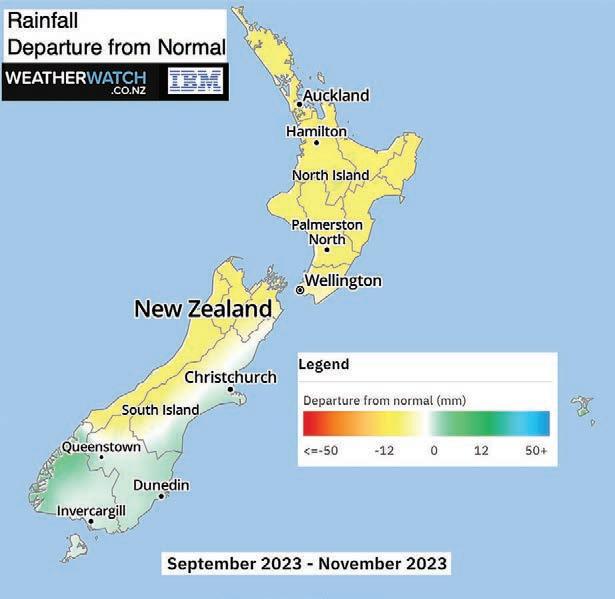
This summer is when El Niño will be peaking, and that – along with the peak heat of summer – could mean NZ has a record that may be broken: Our hottest ever day.
Rangiora in Canterbury holds the record maximum of
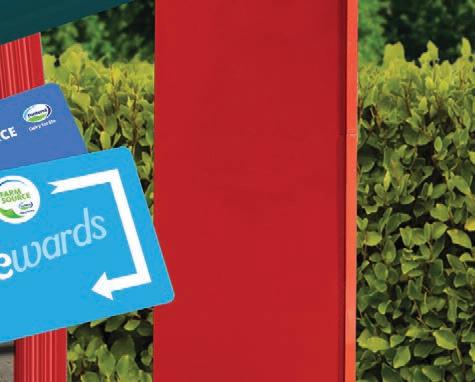


RAINFALL: Departure from Normal Rainfall for Spring and Summer shows spring starting to dry out, but summer looking even drier for the north. However, it also shows rain for the West Coast and Southland.
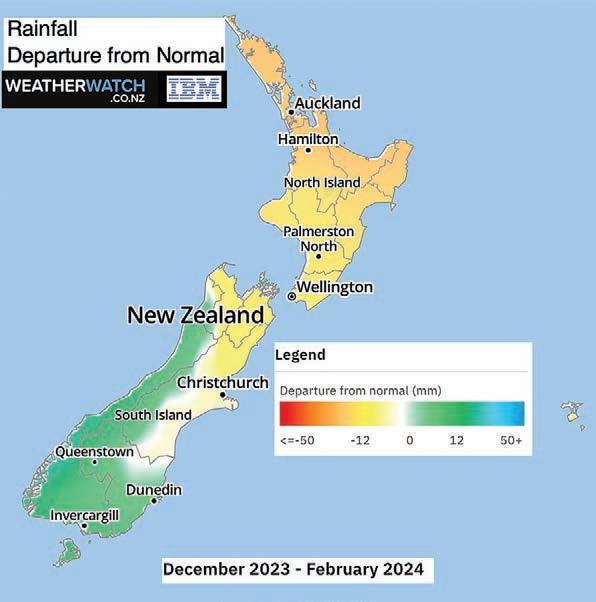
42.4degC recorded in 1973, with Christchurch recording 41.6degC in that same year. More recently, Timaru reached 41.3degC on Waitangi Day in 2011.
It takes a very particular set-up to break 40degC in New Zealand: we need high pressure but we also need a nor’west airflow out of central Australia; hot air that may
start off in the mid to late 40s or even 50degC.
A nor’wester over the Tasman Sea loses about 10degC due to the cooler waters then, as that nor’wester blows over mountains and ranges, it heats up even more in the east (friction makes heat –the same way you get carpet burn if you jump onto the floor too

Credit: WeatherWatch.co.nz
fast on your hands and knees!).
So eastern areas do have some chances this summer of record hot days. But remember, the Southern Ocean weather pattern is like the cold tap to El Niño’s tap of hot air. We just need Mother Nature to be the hand in the bath to mix those airflows up and make them milder.